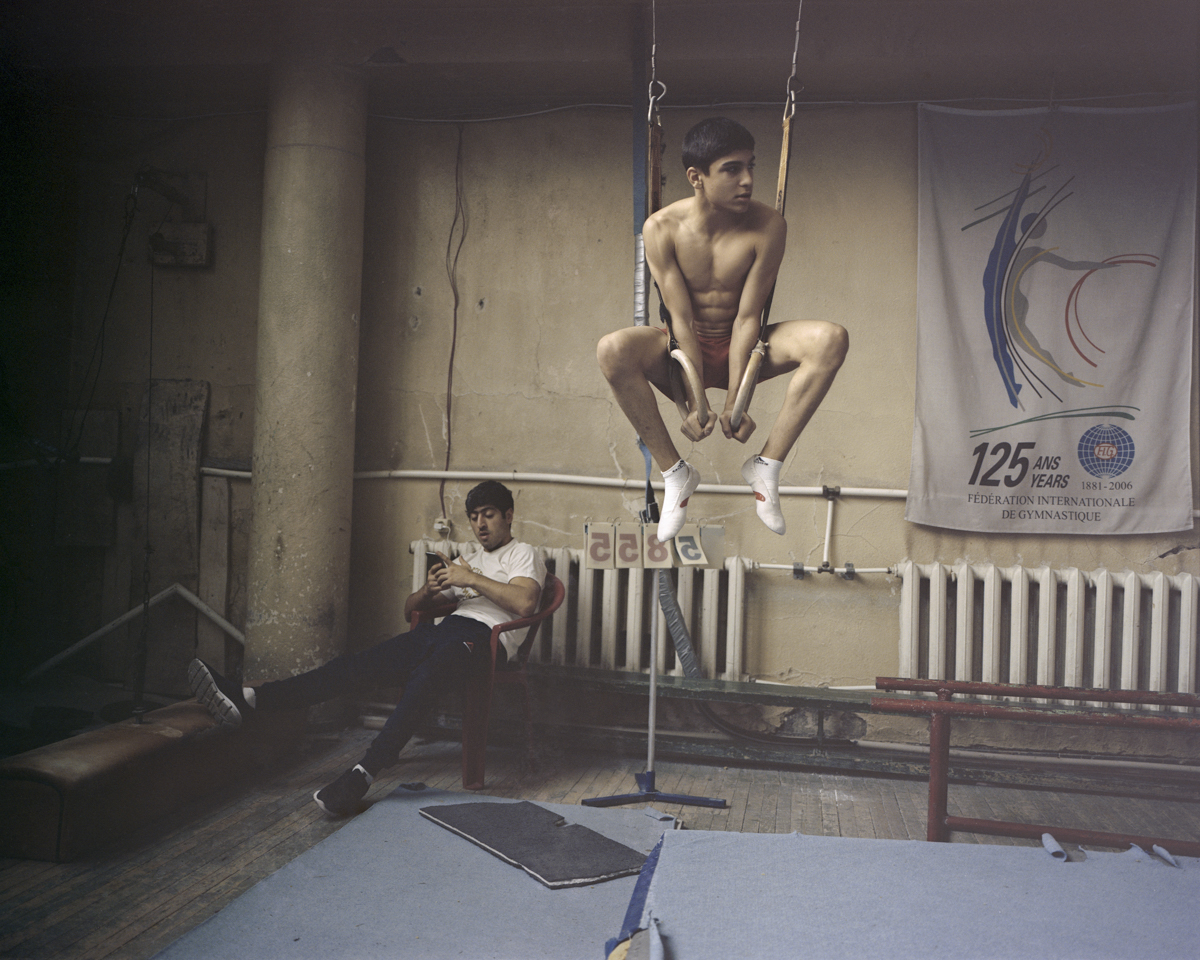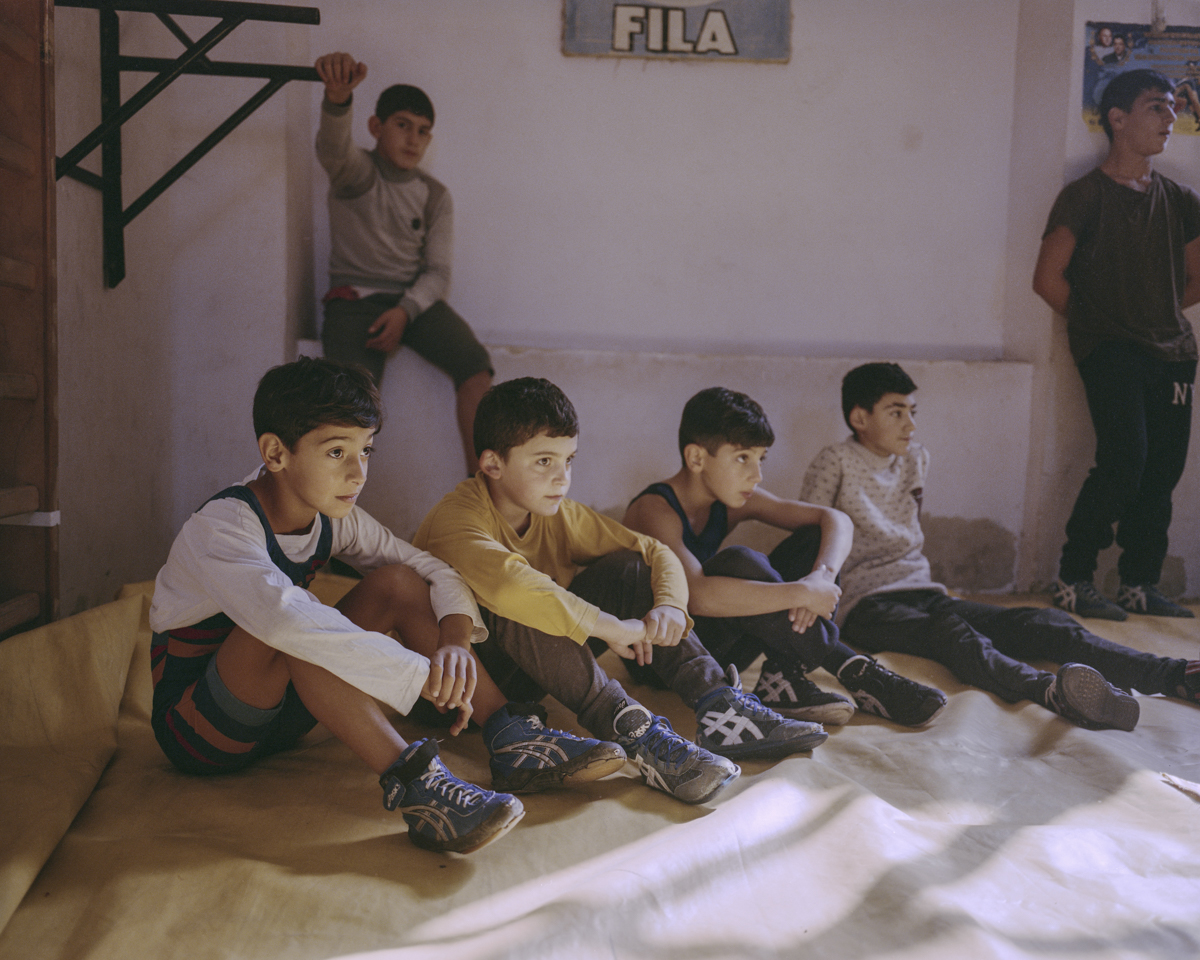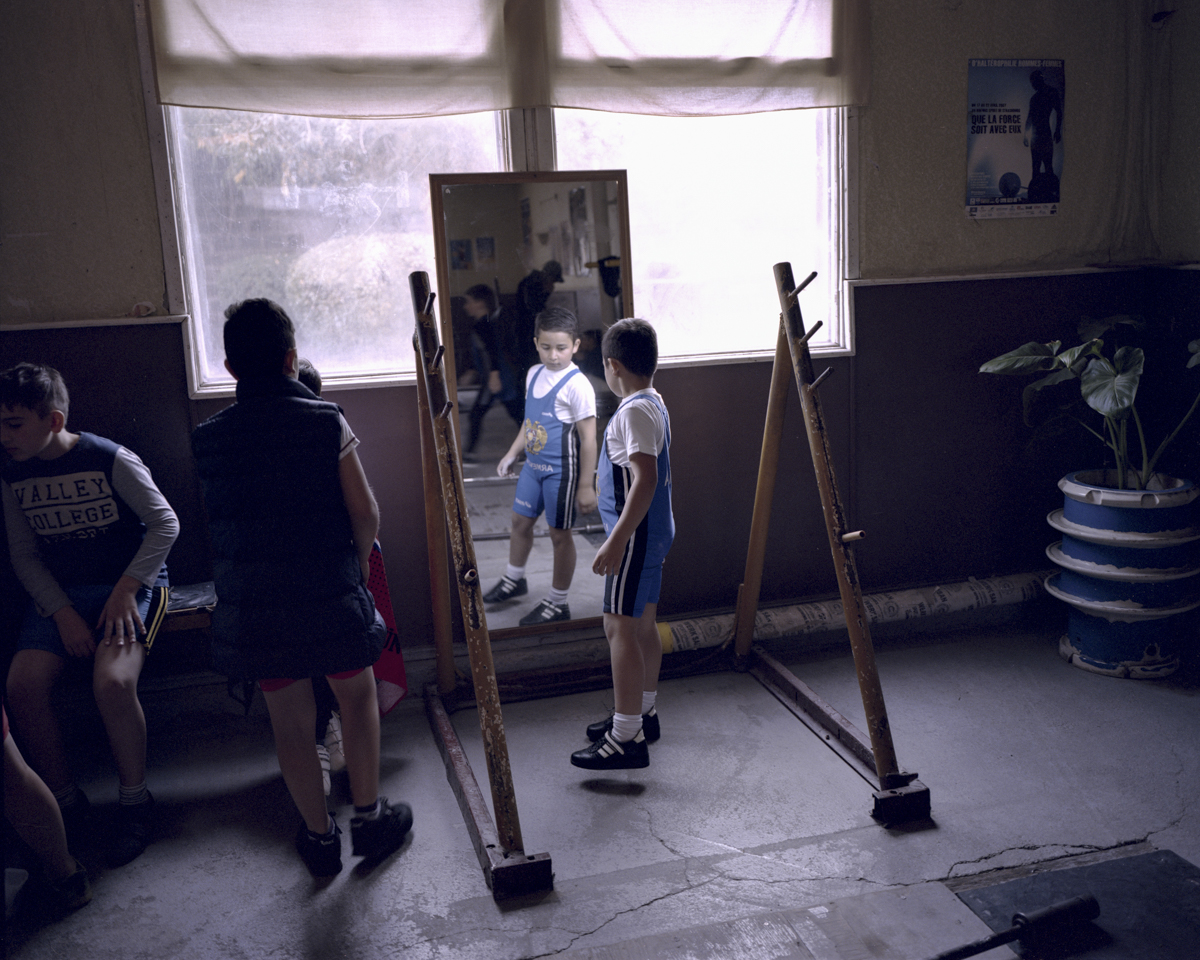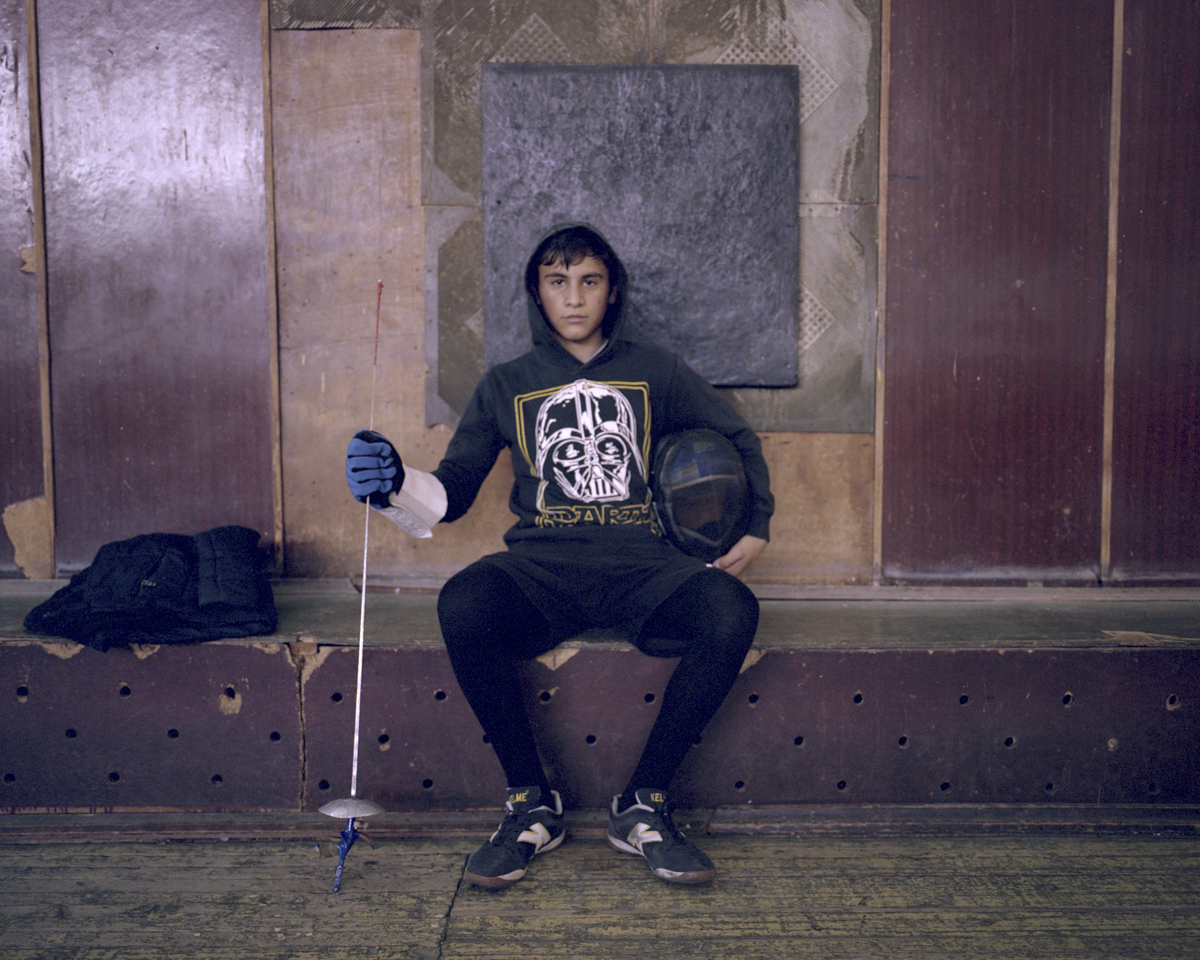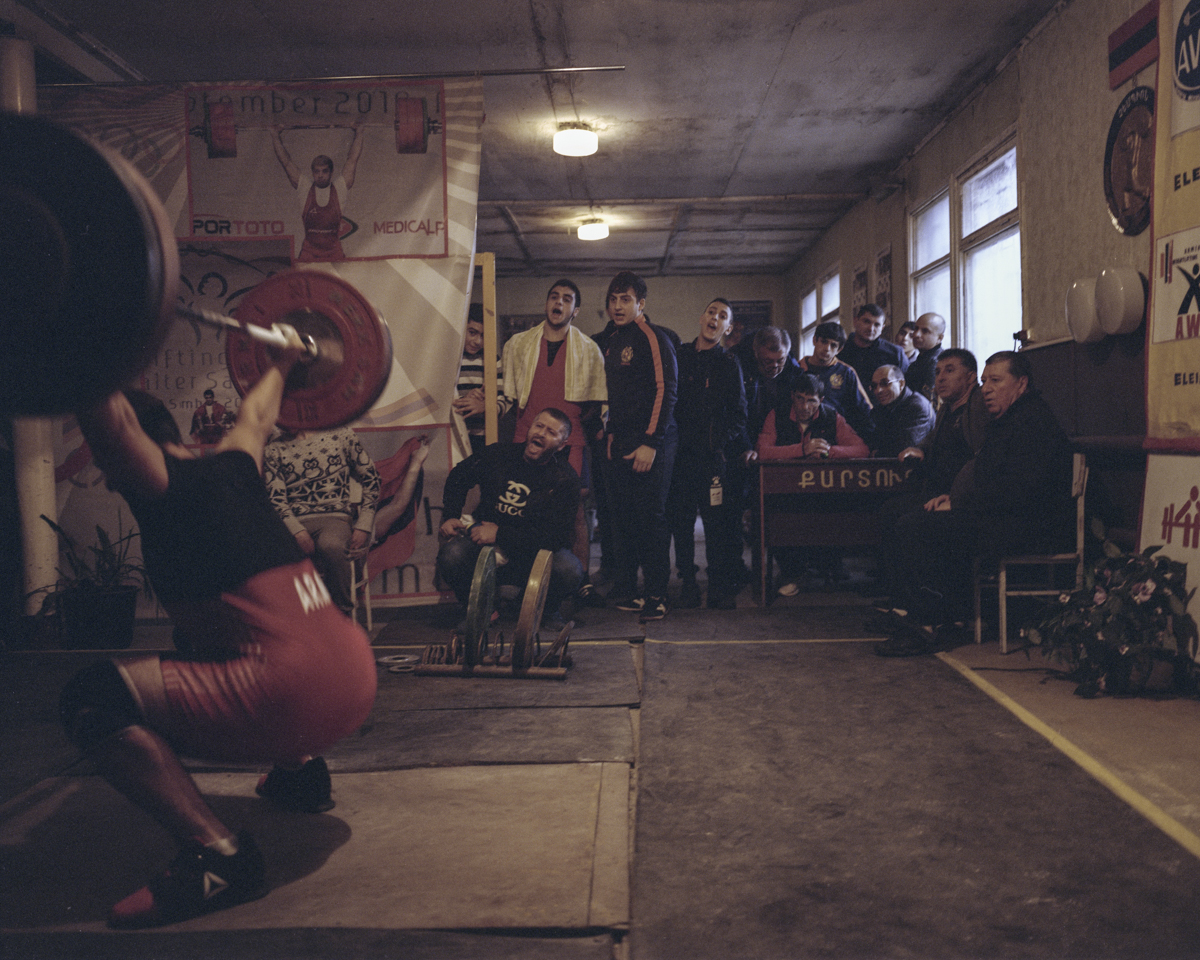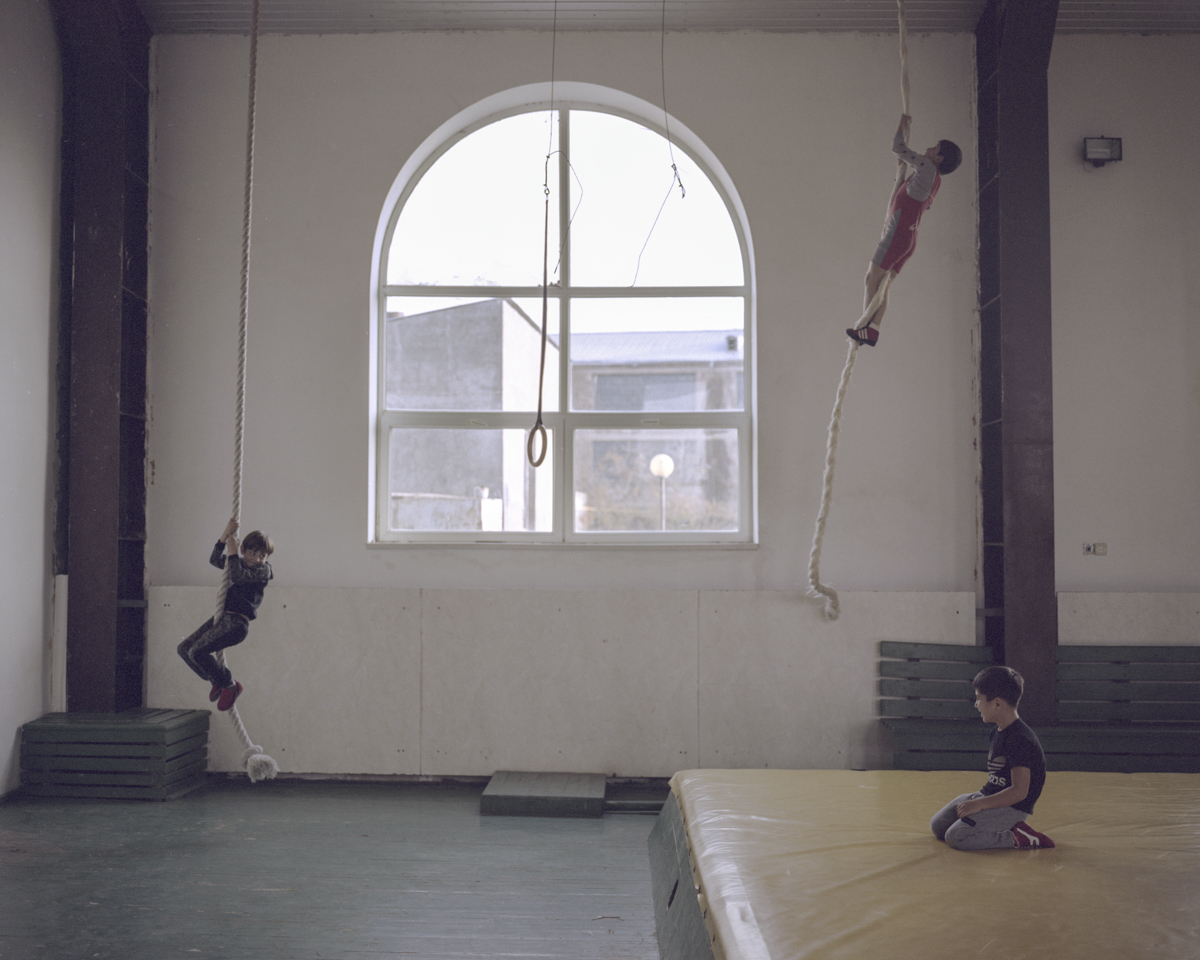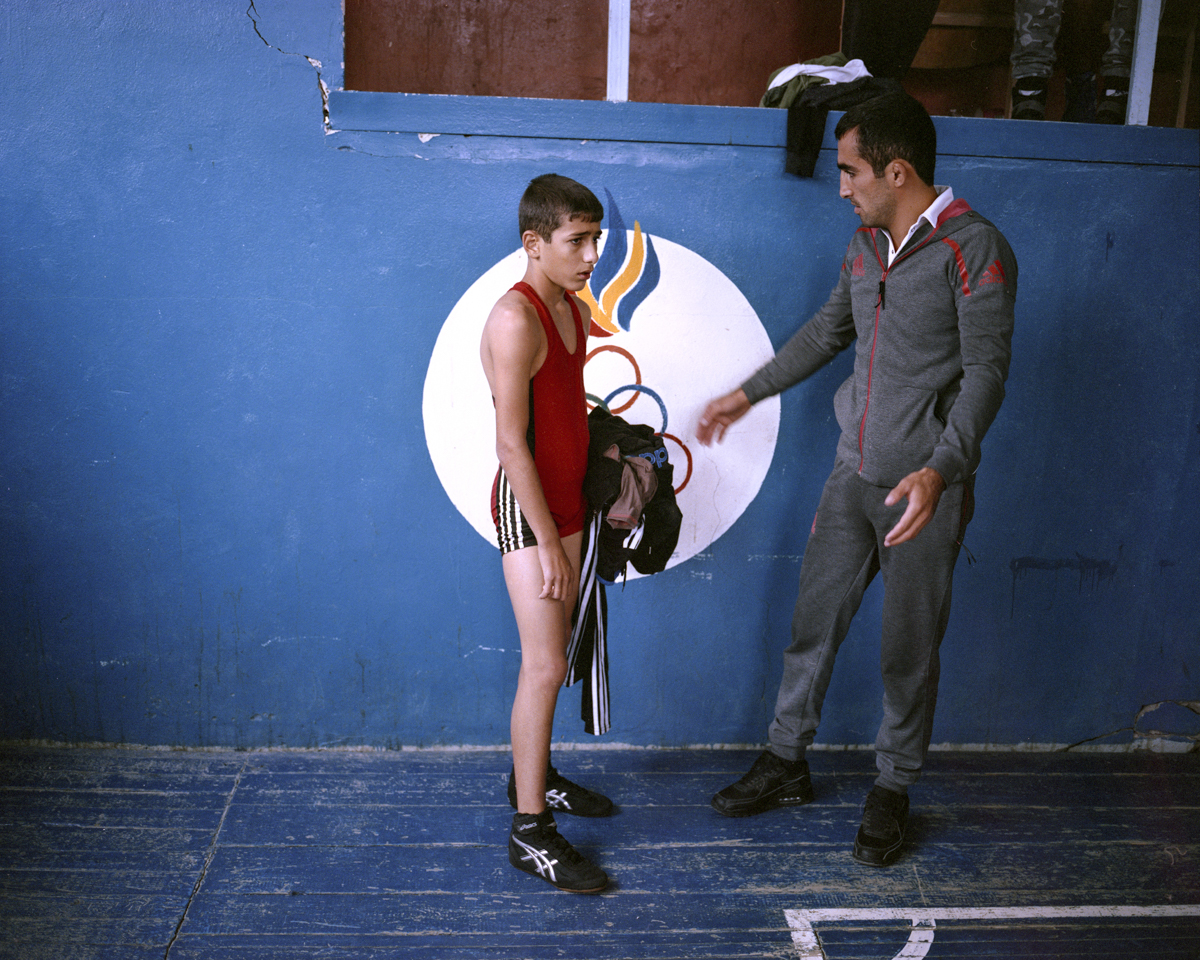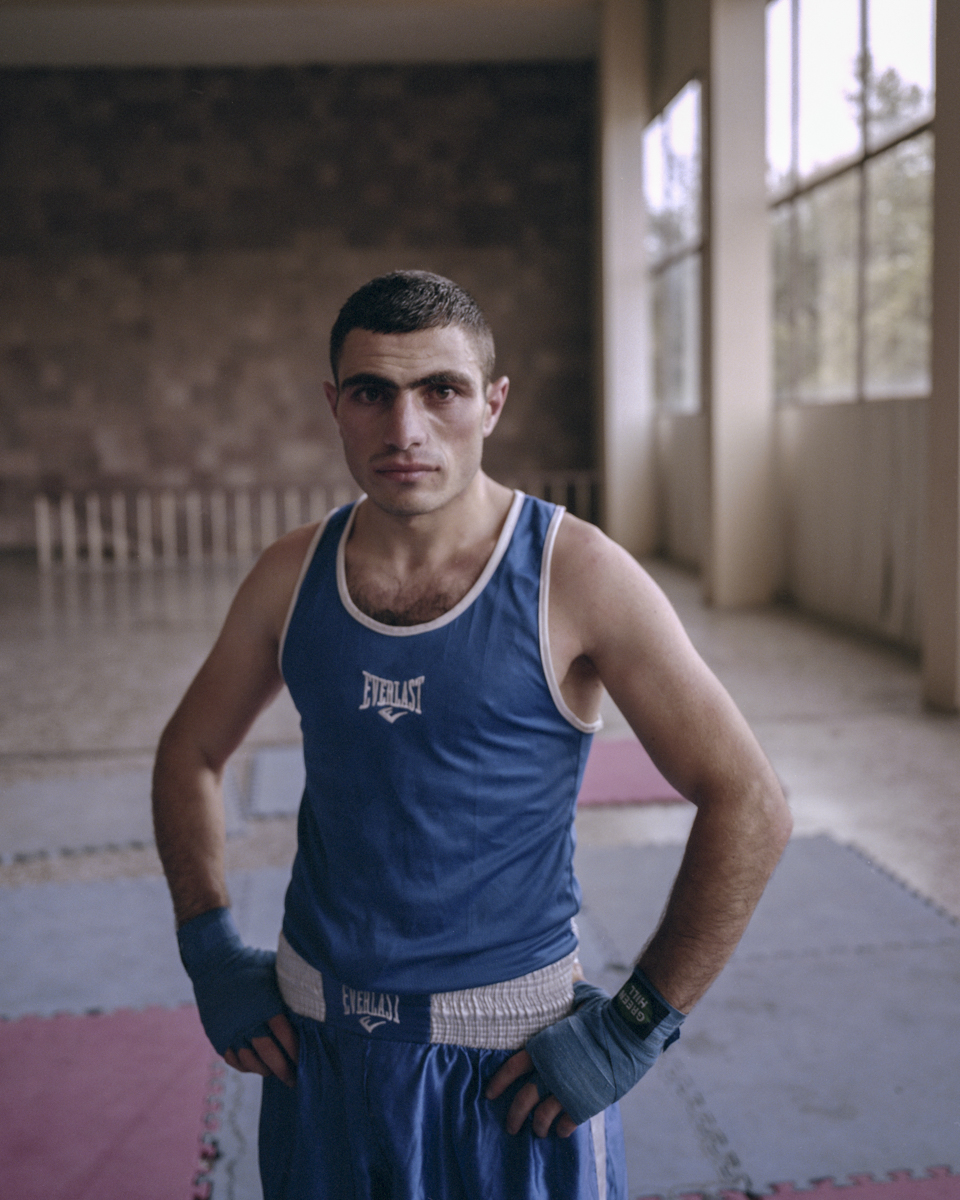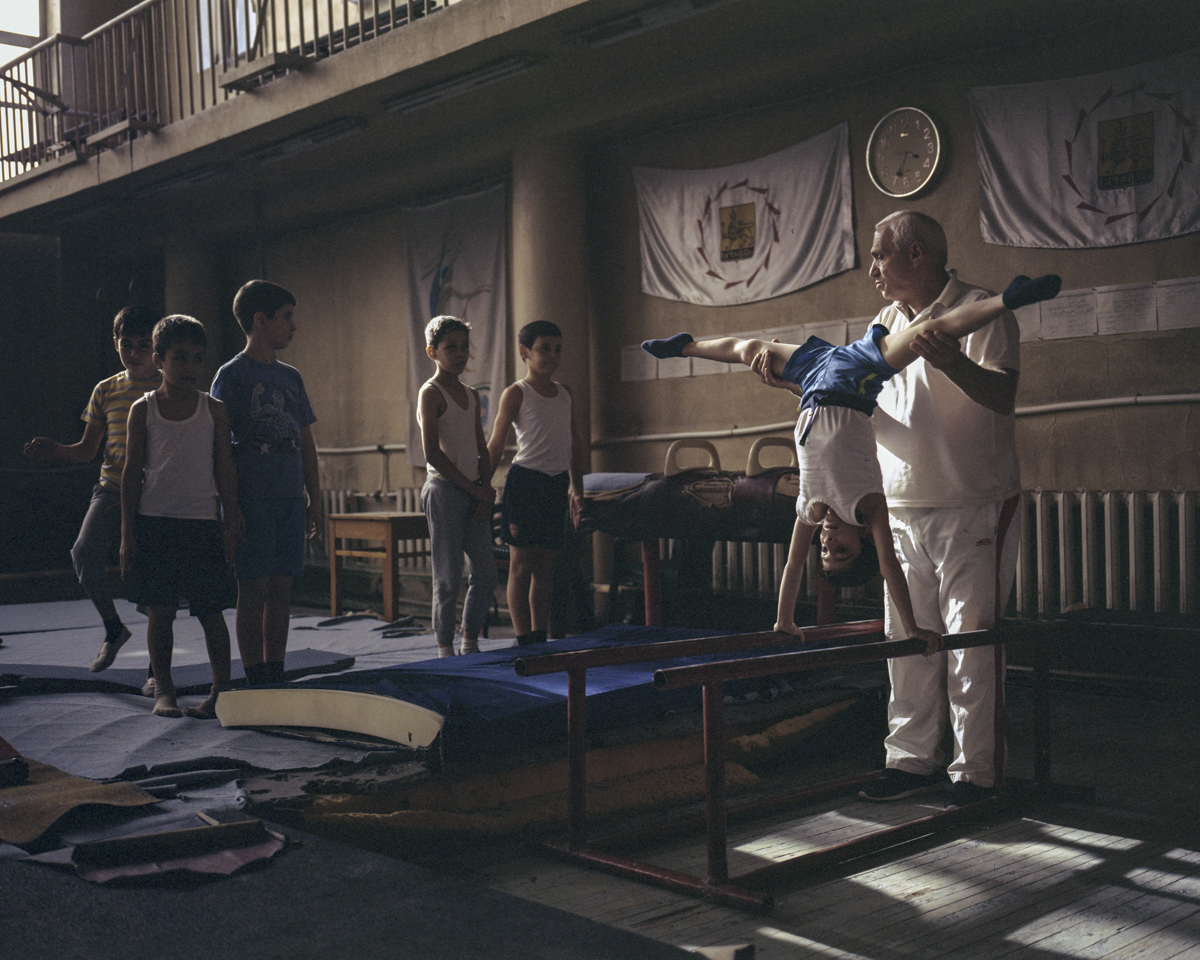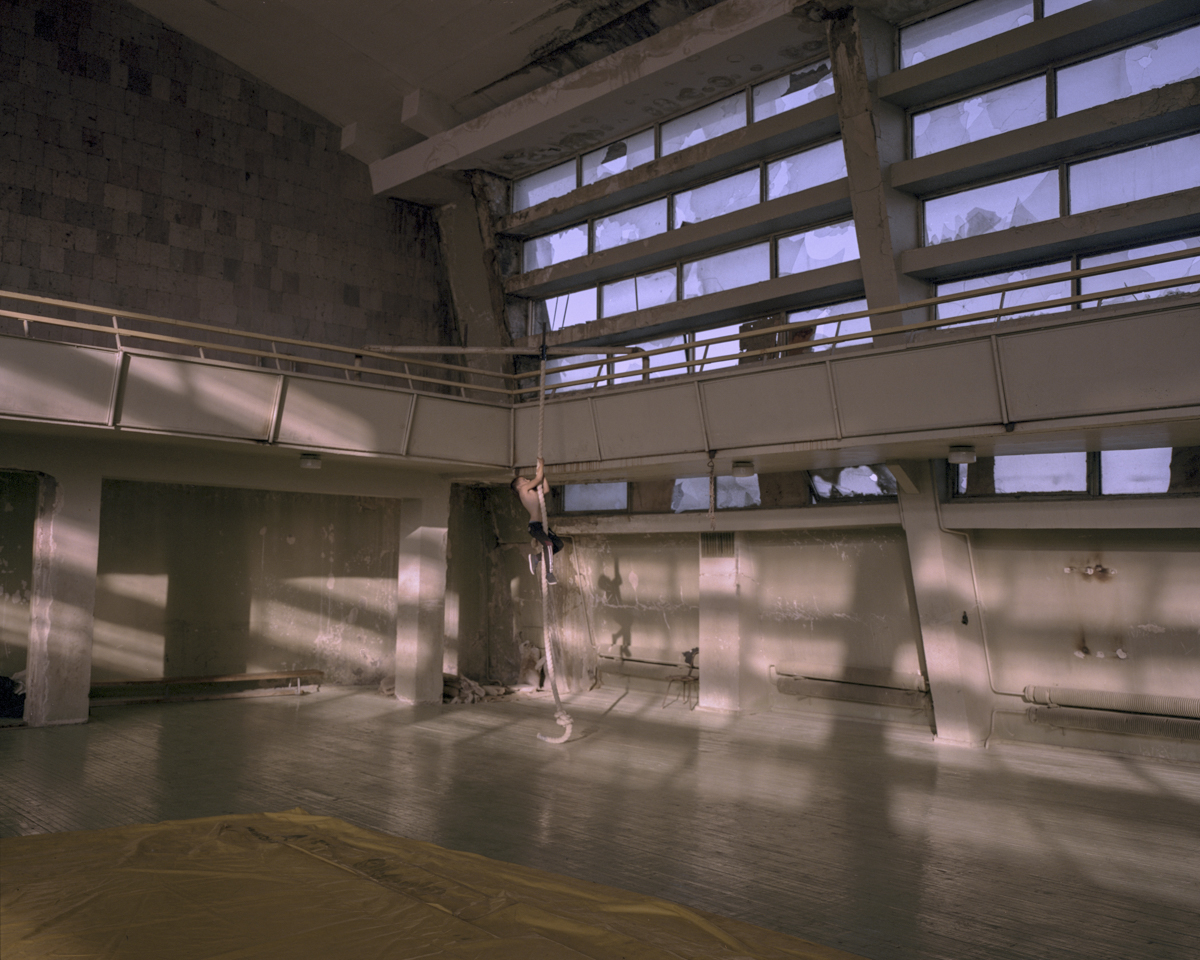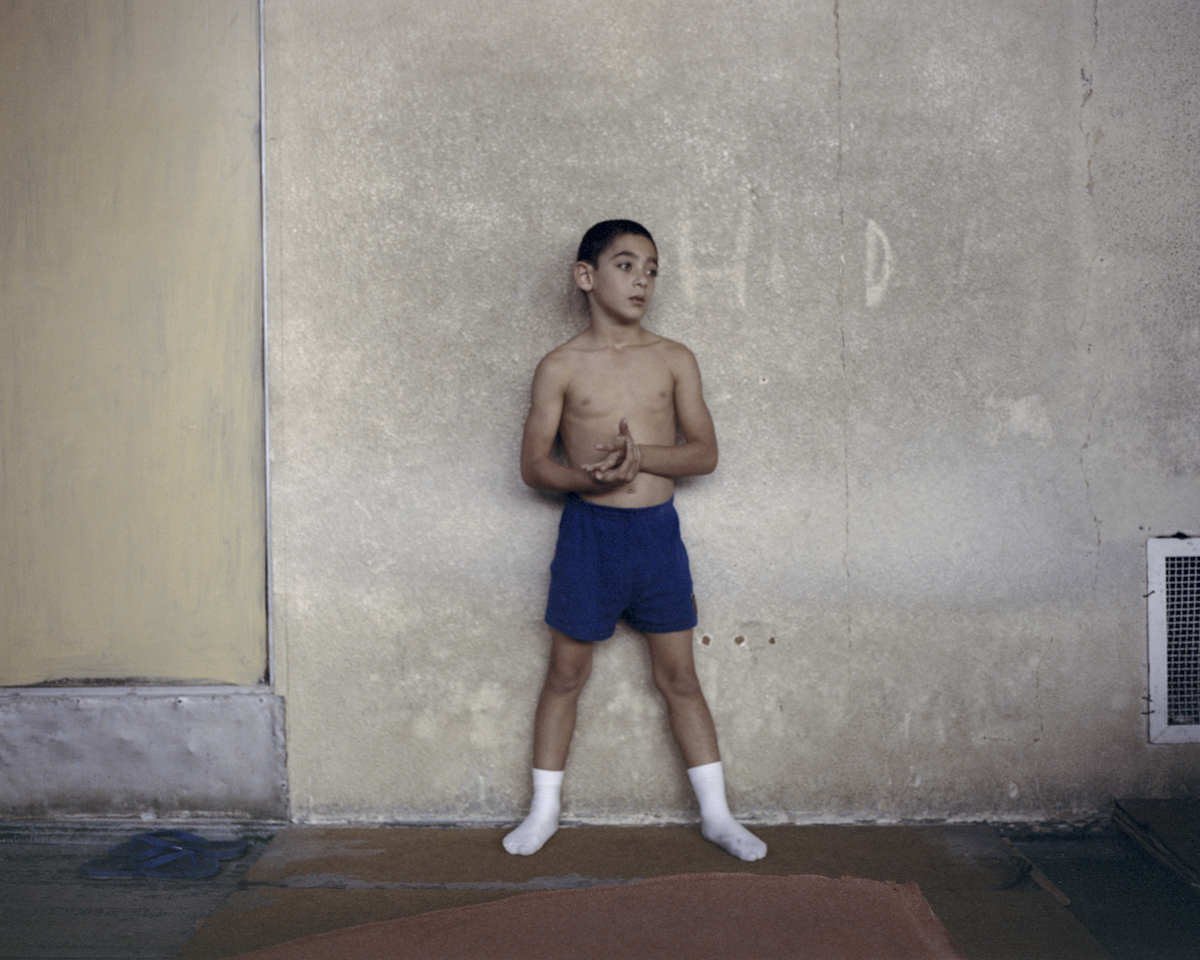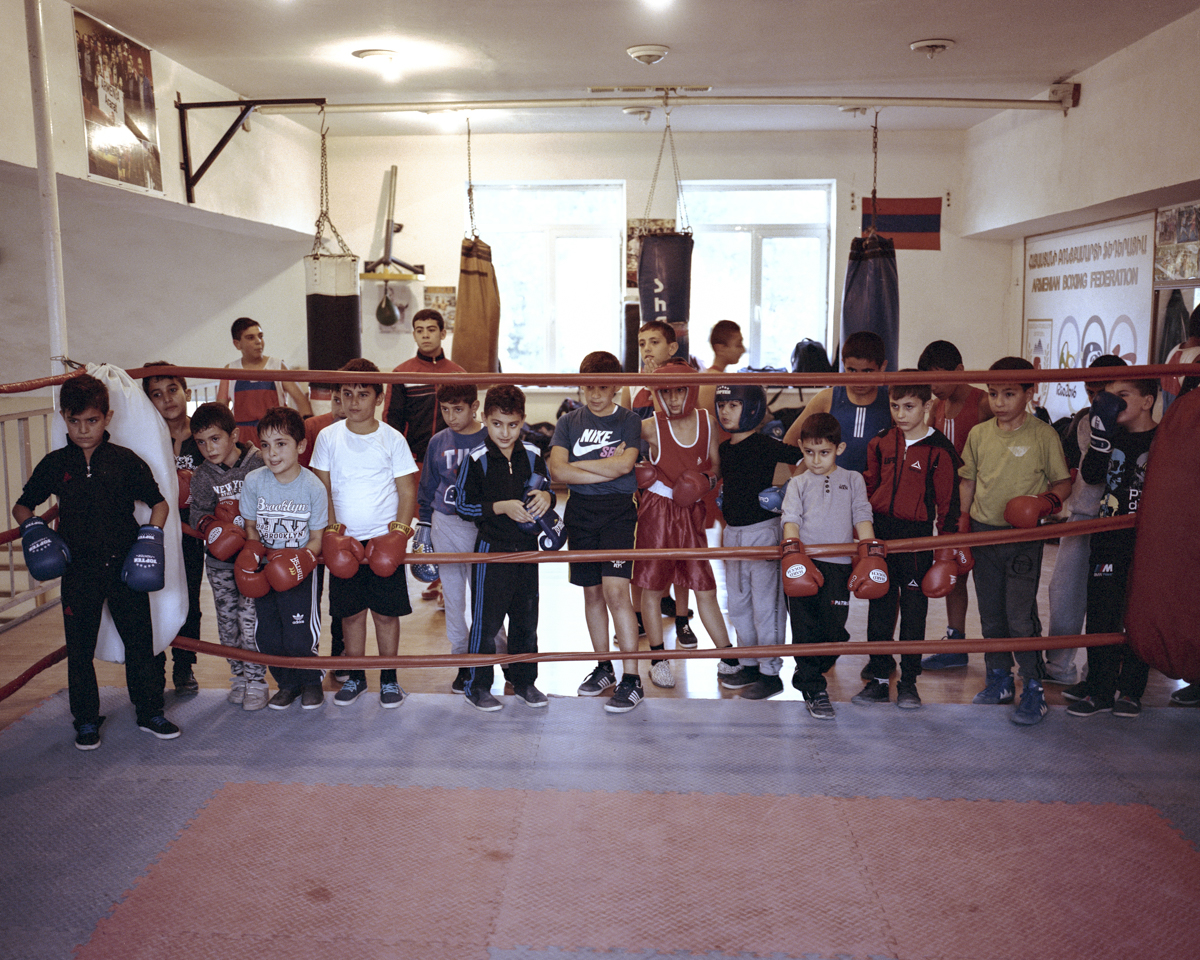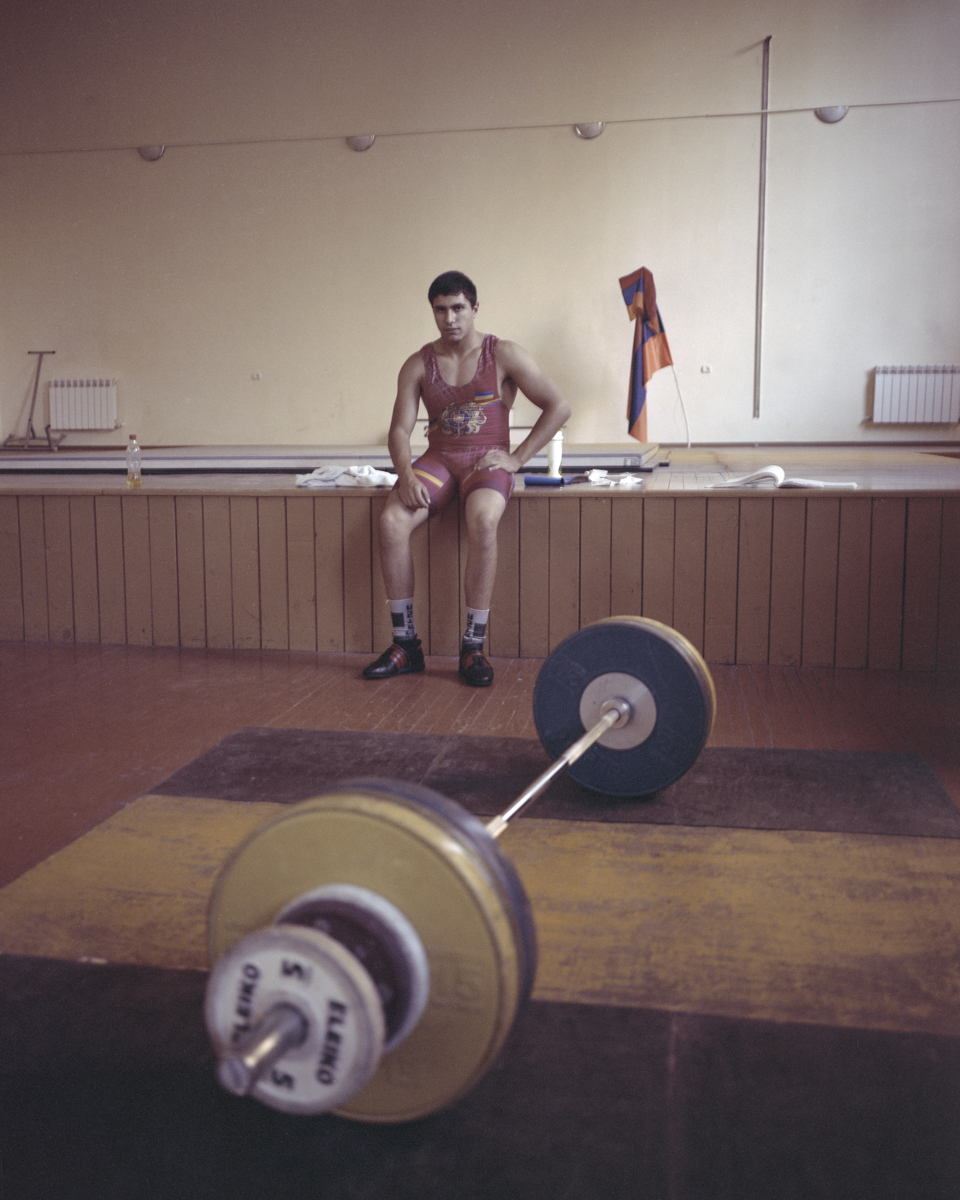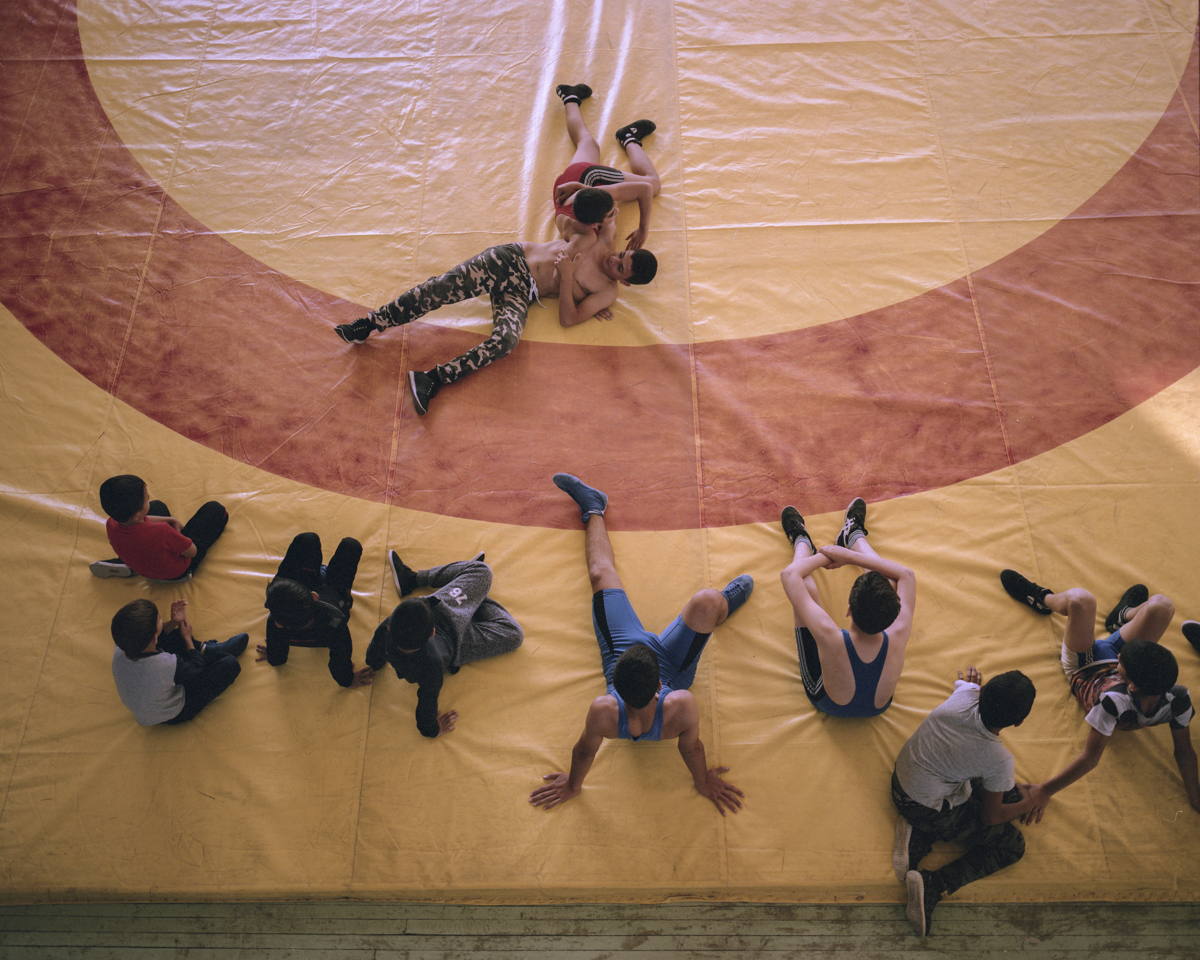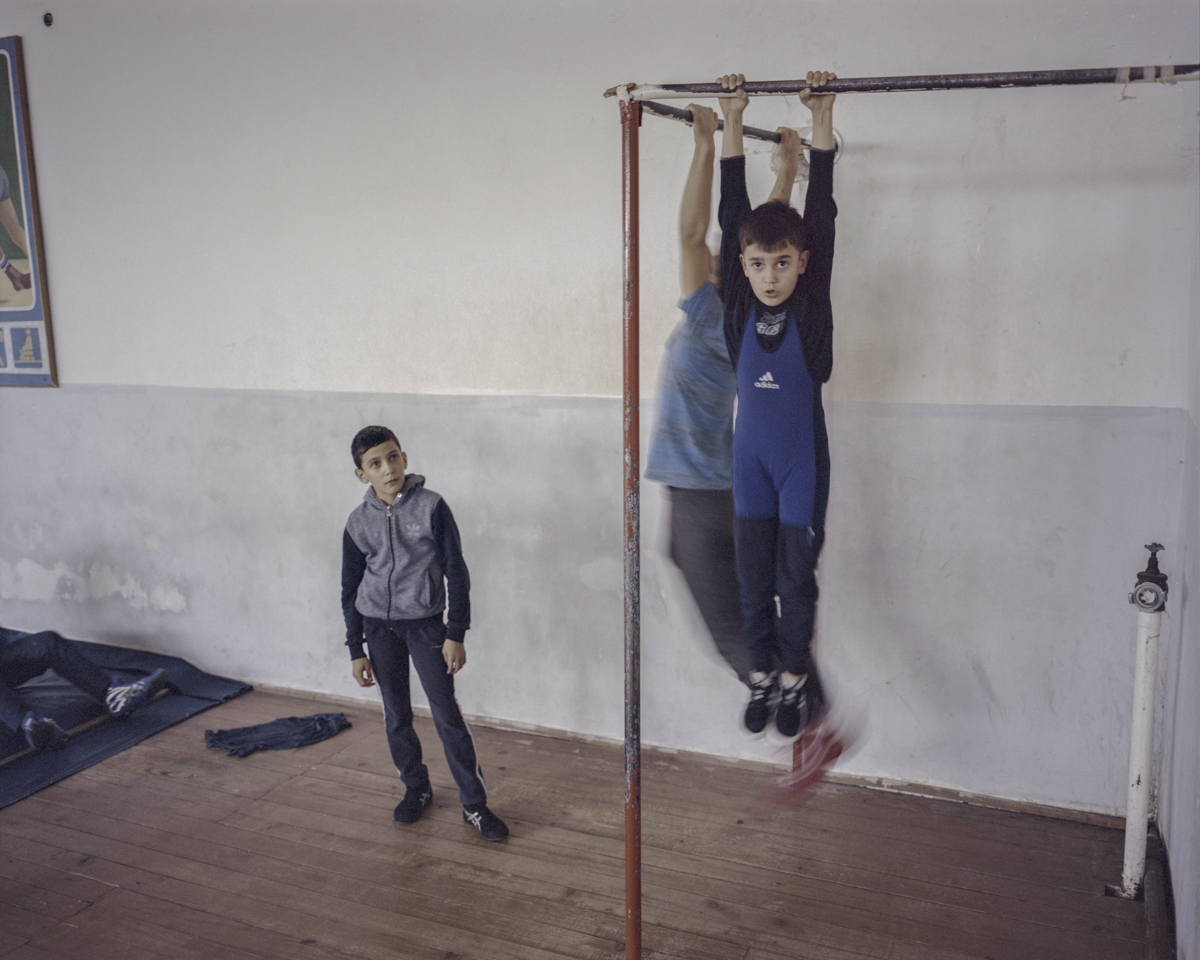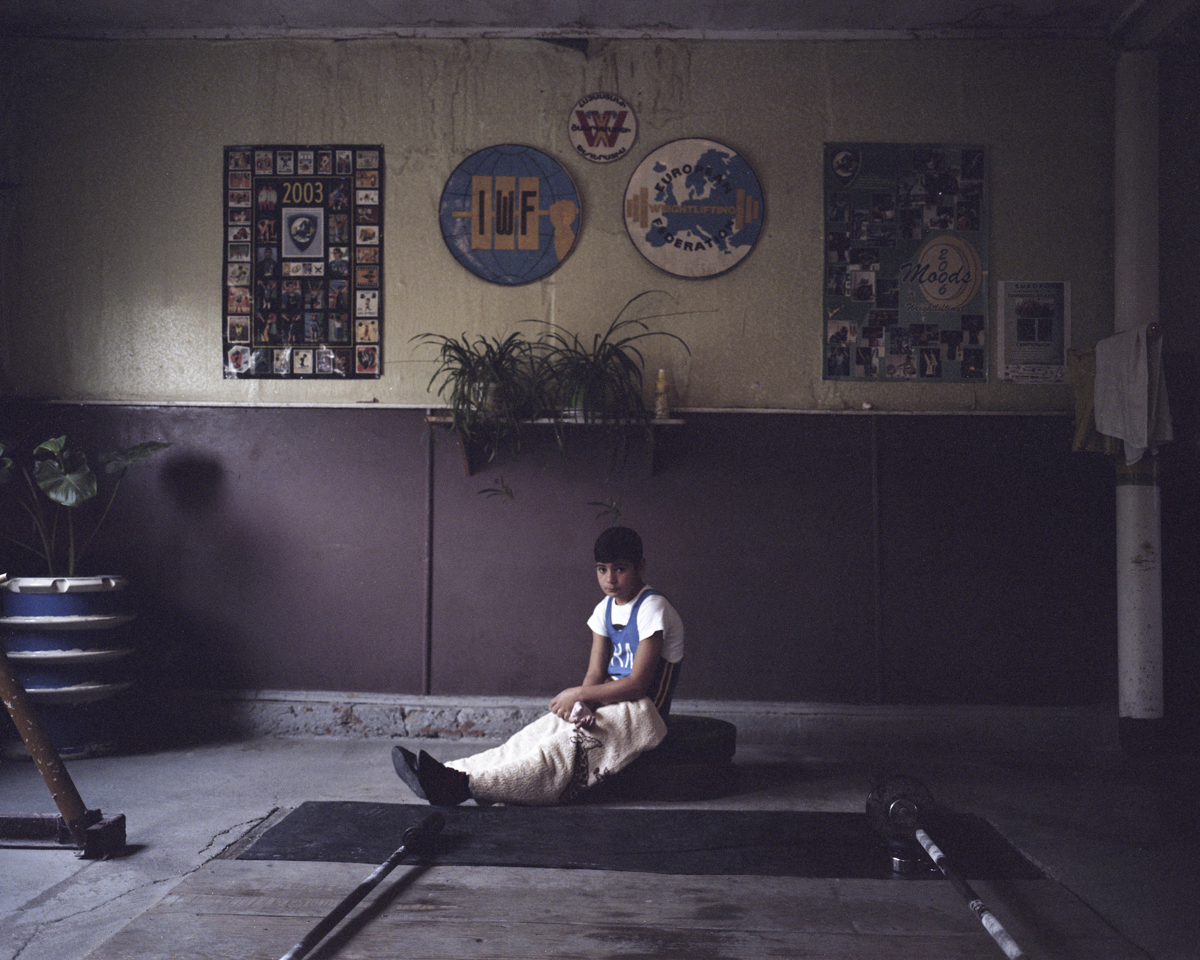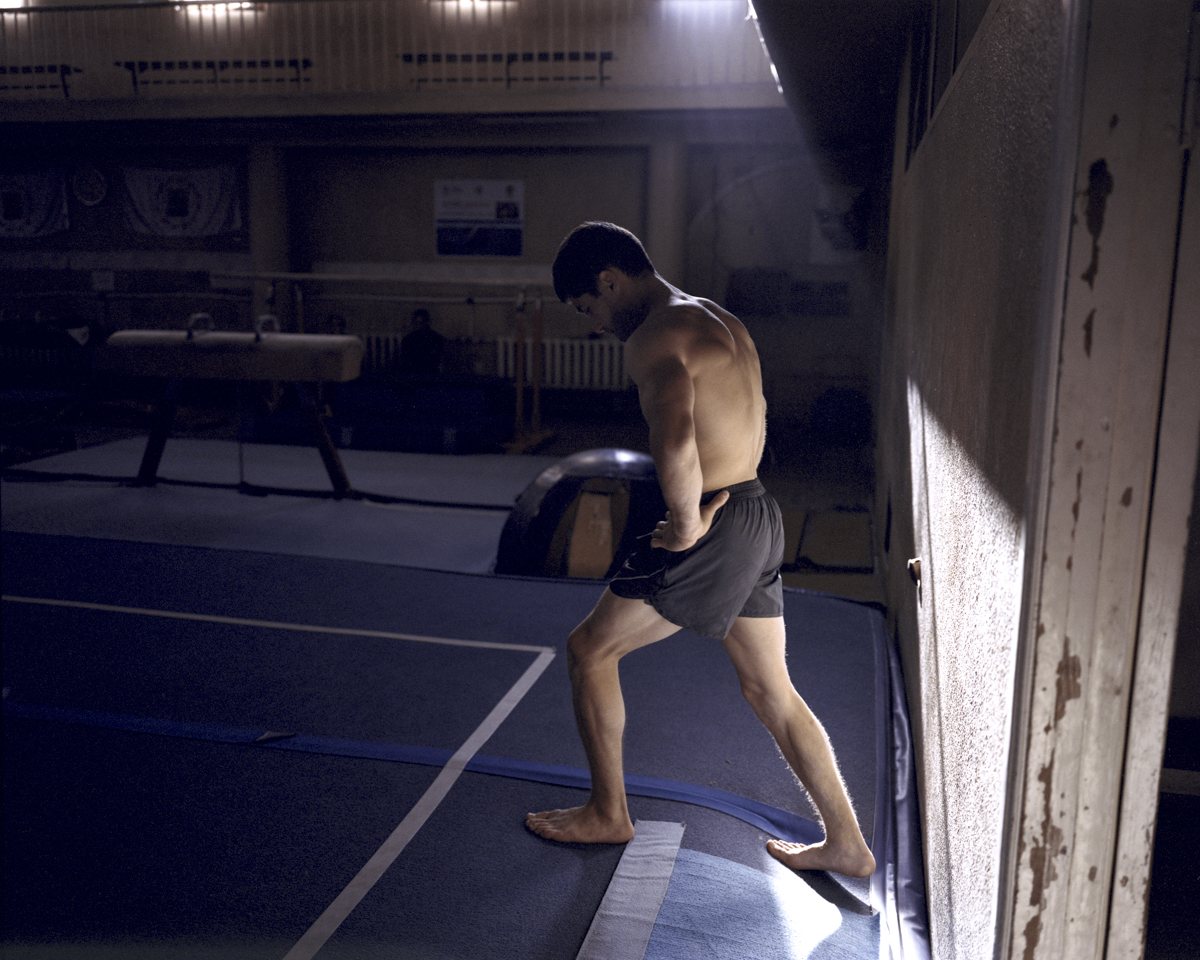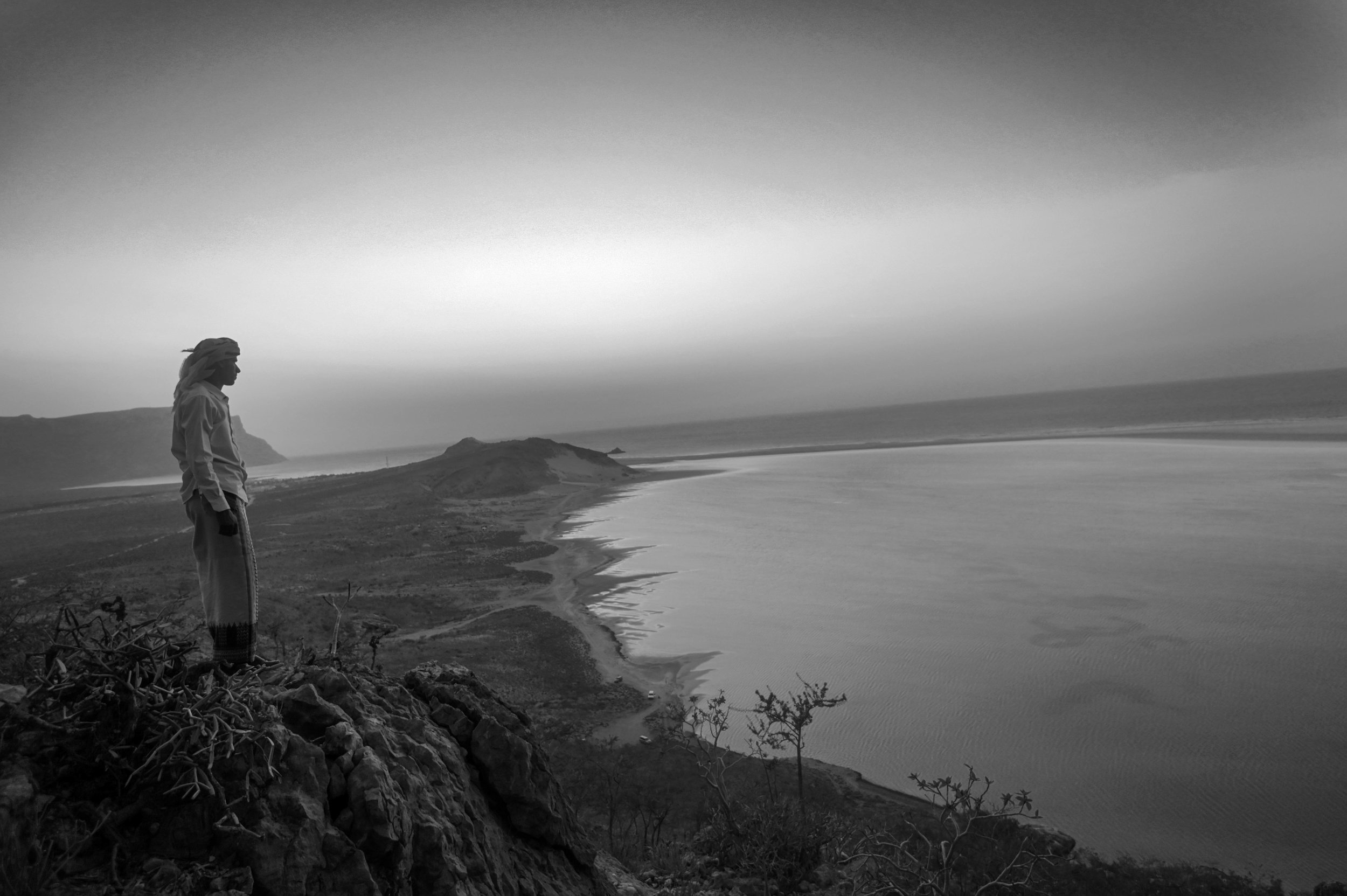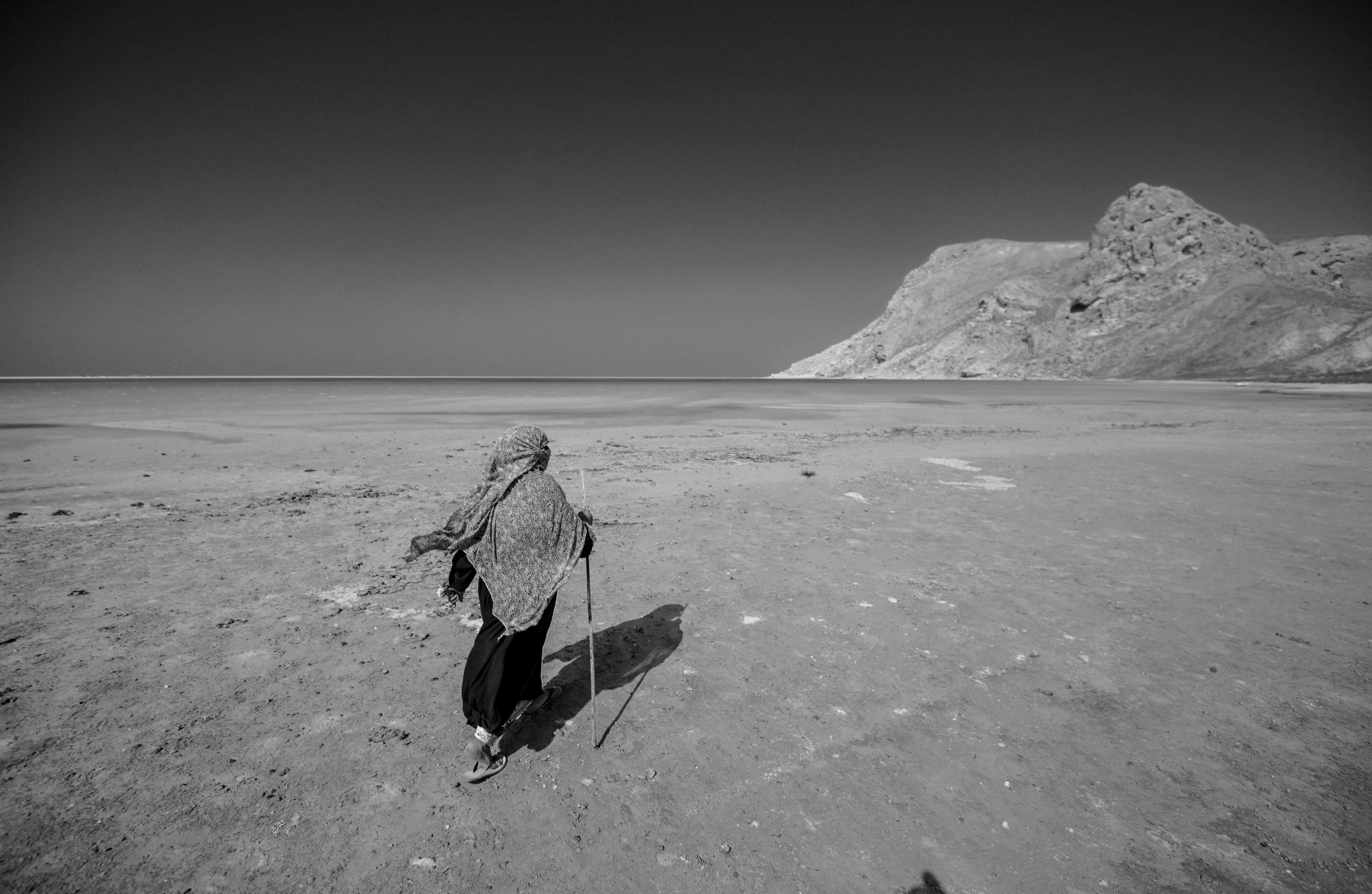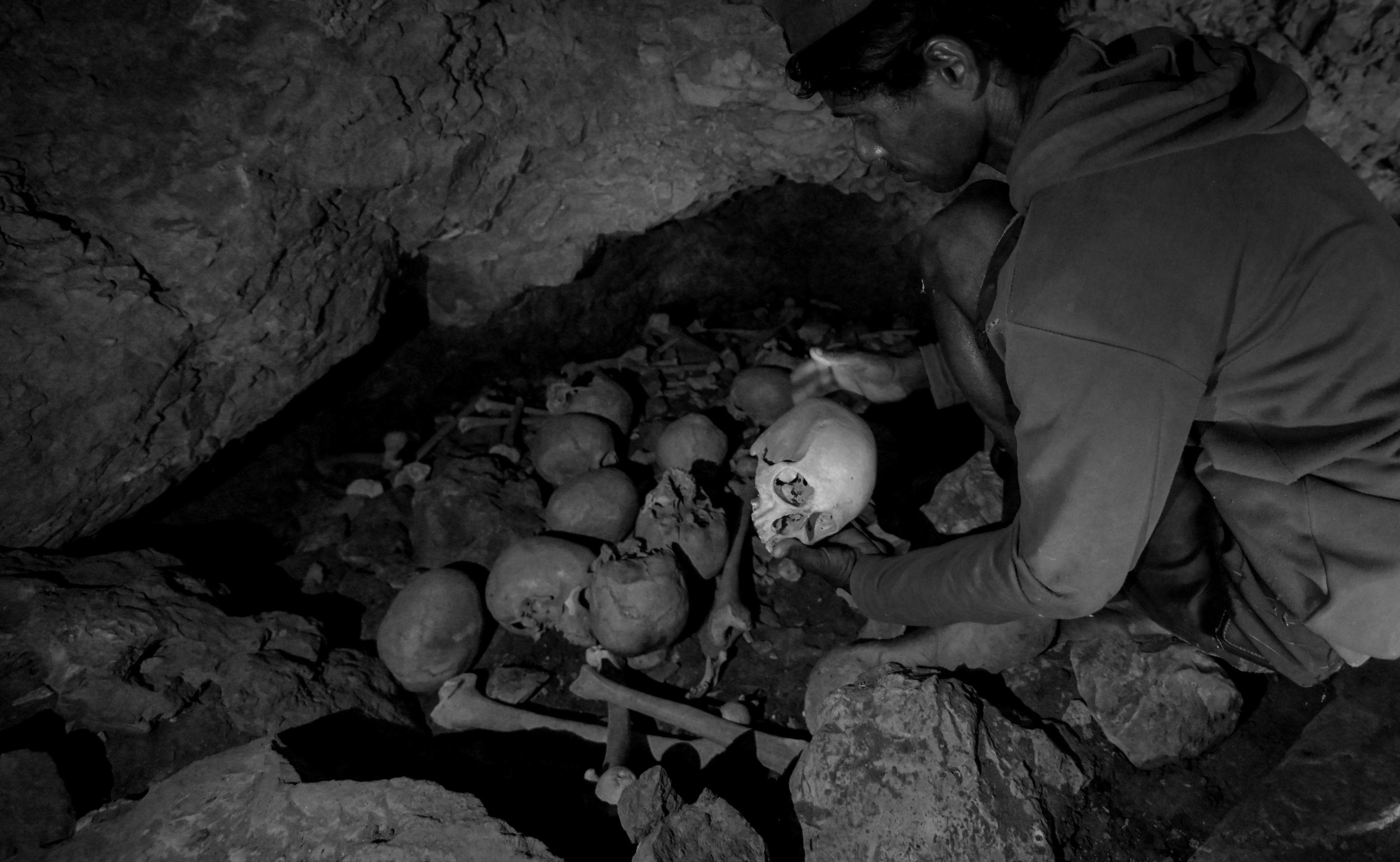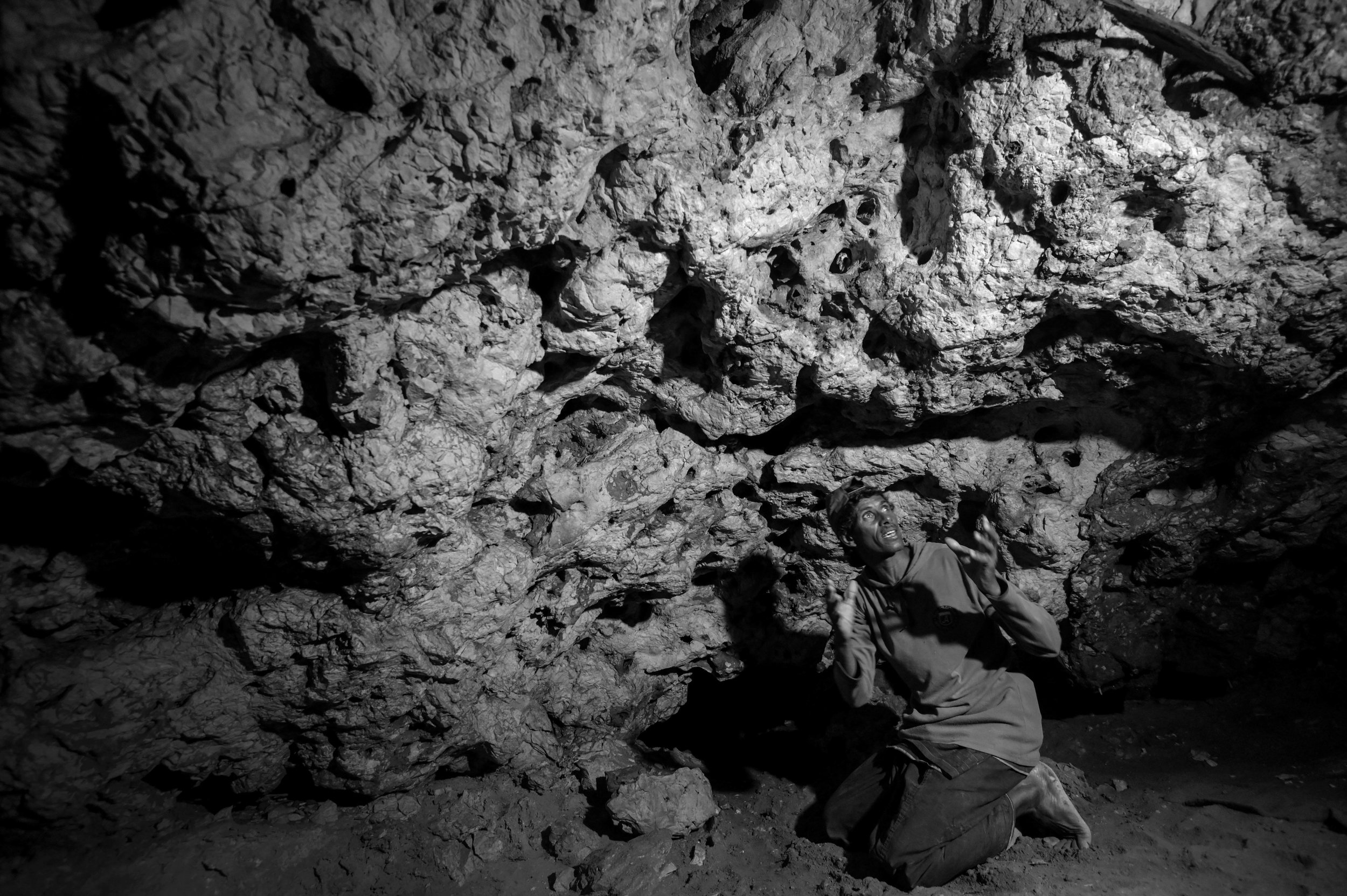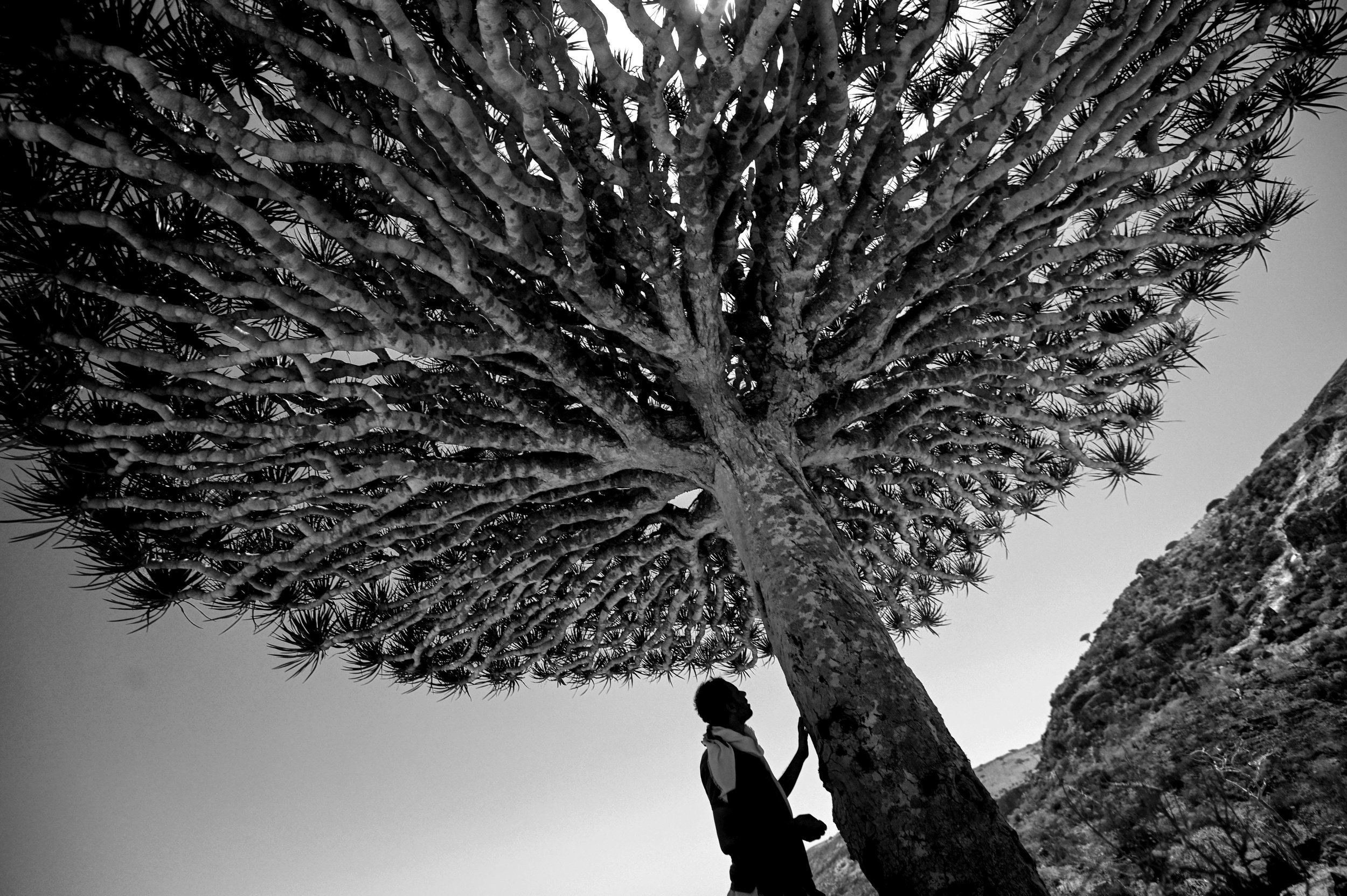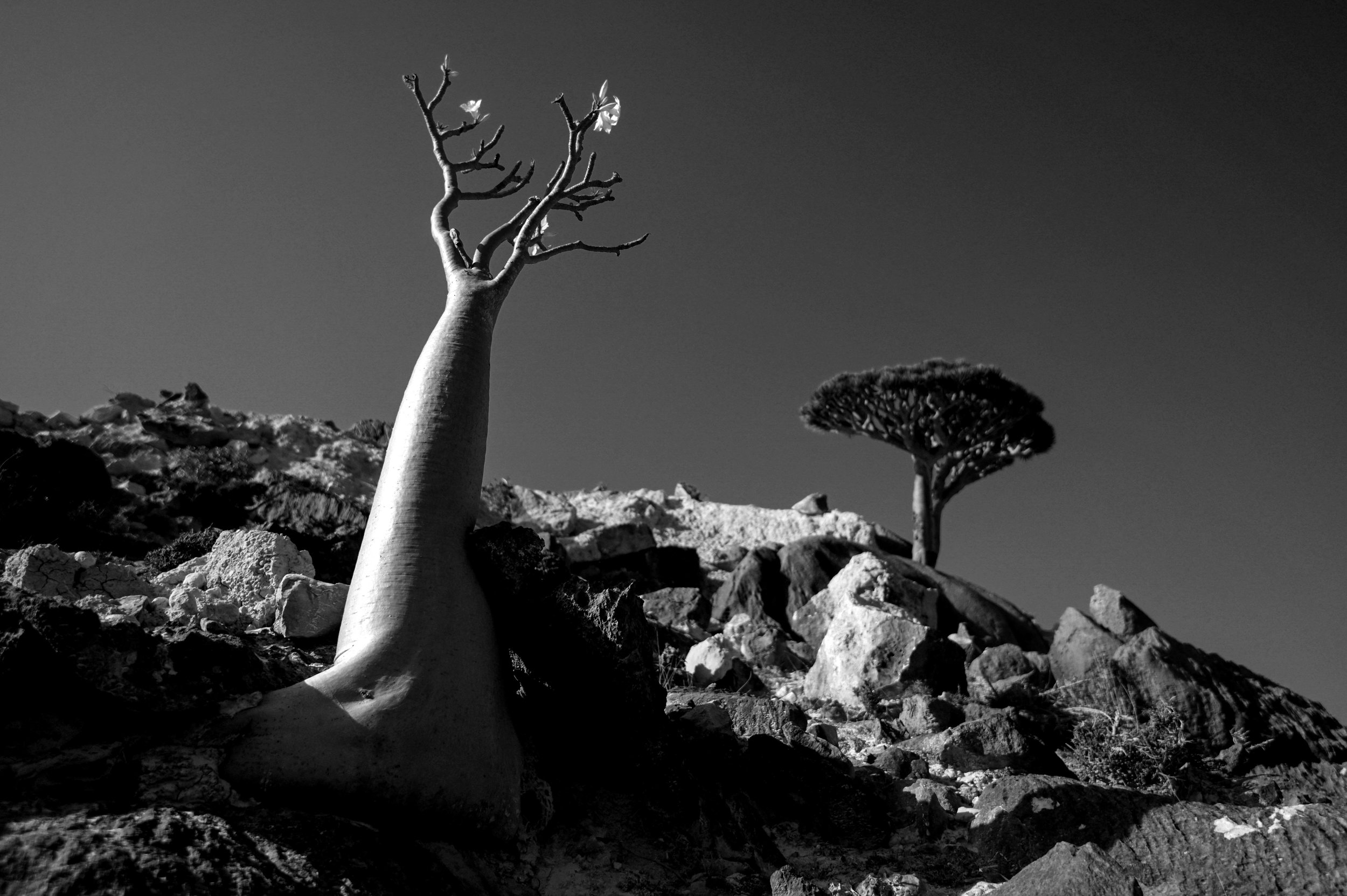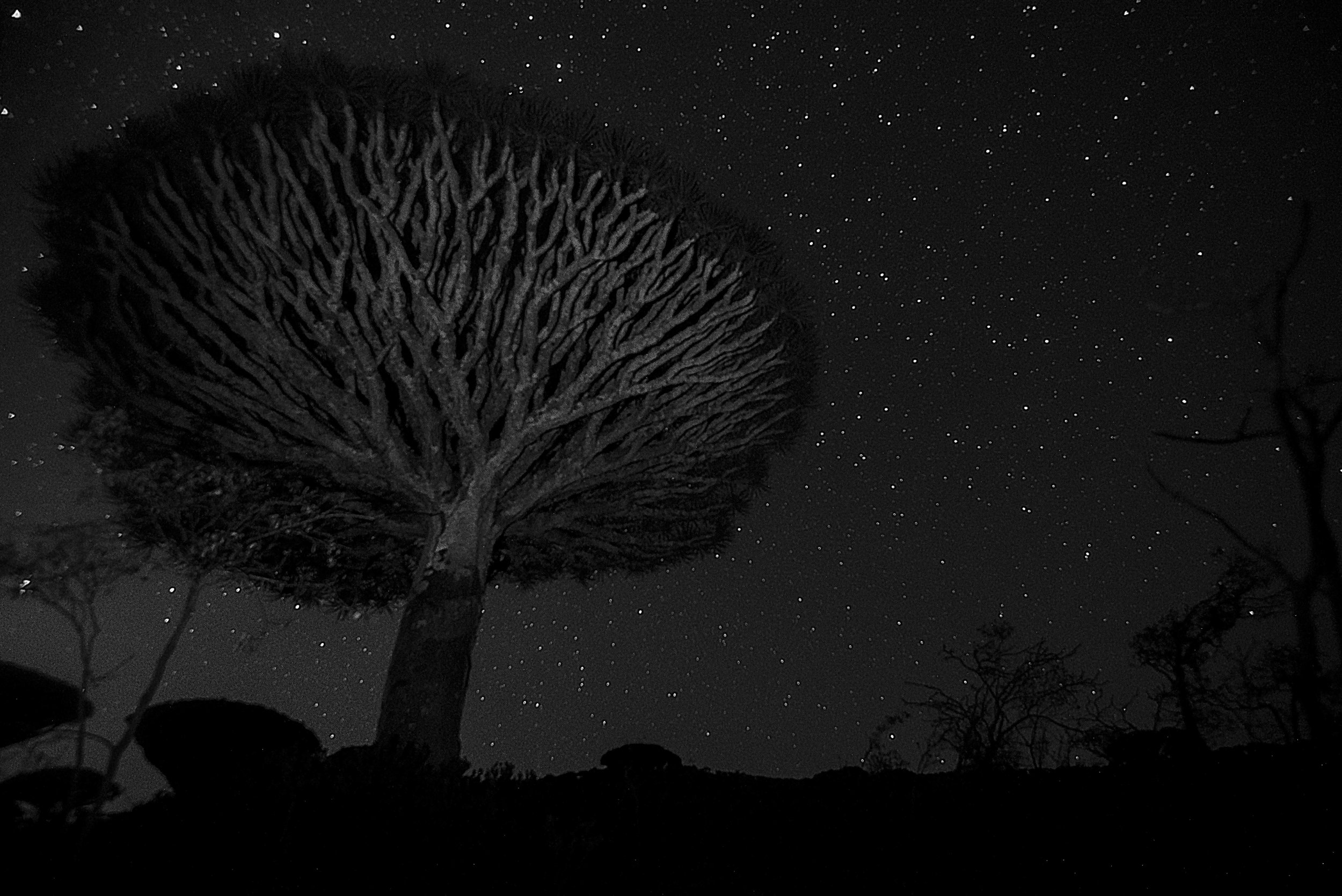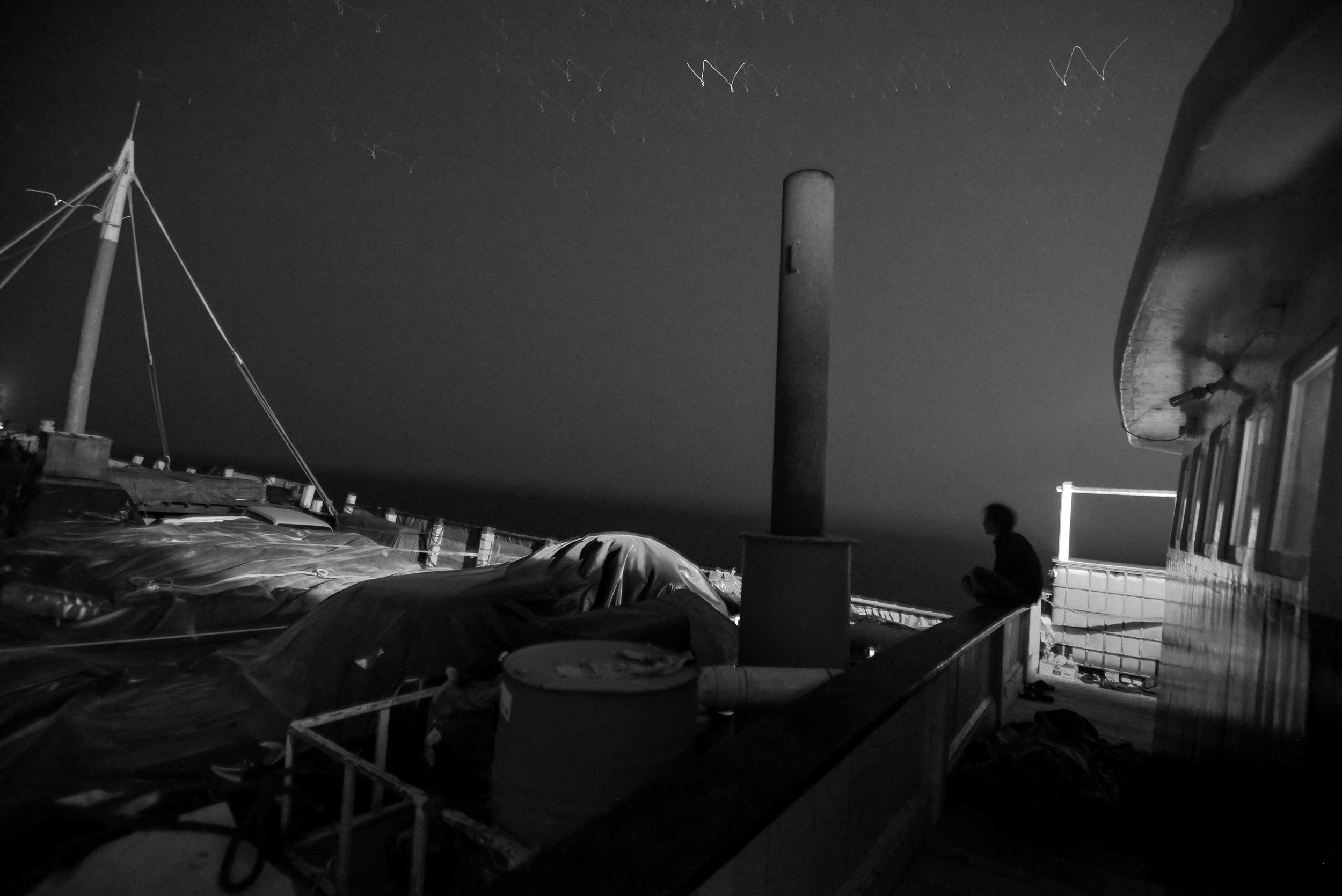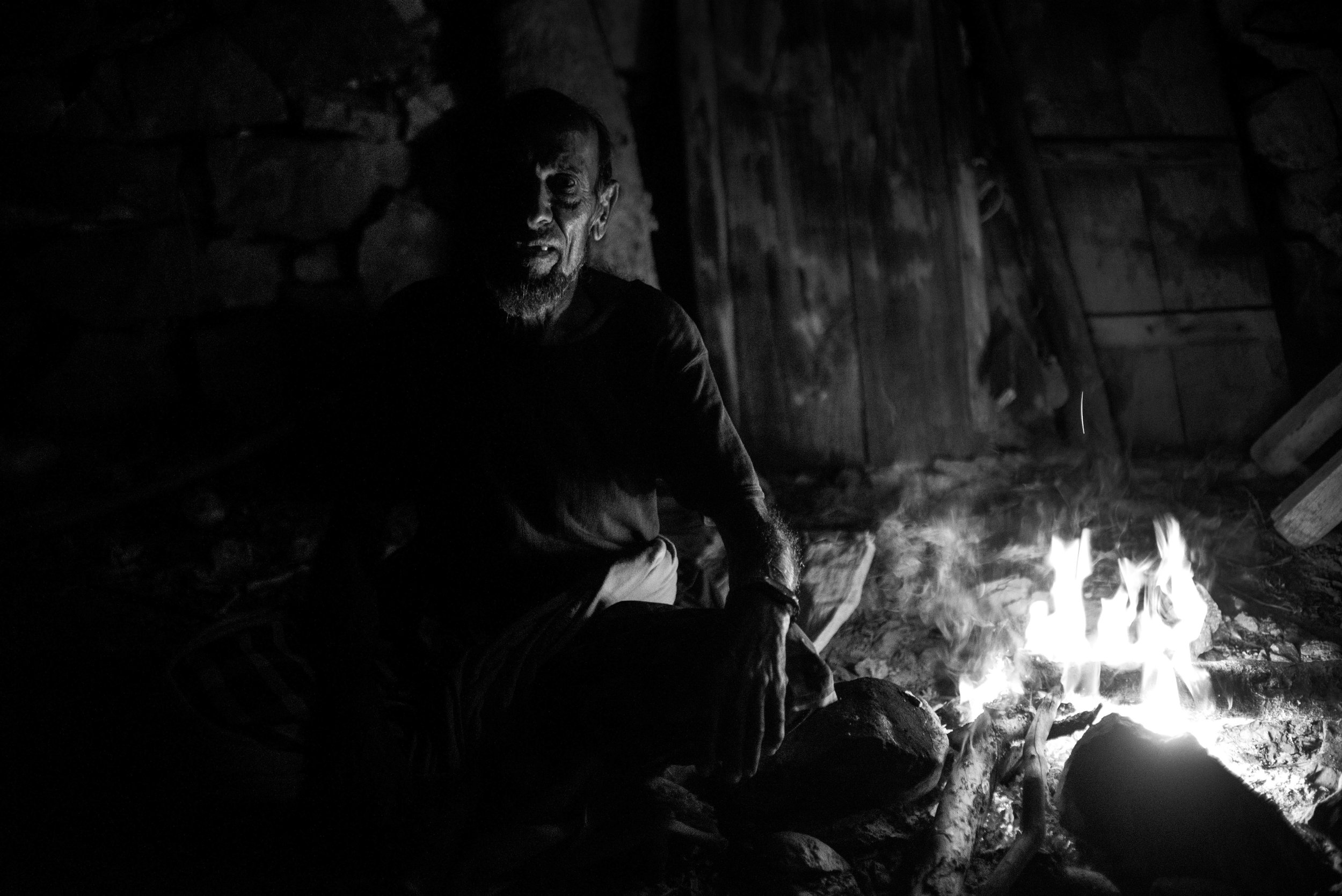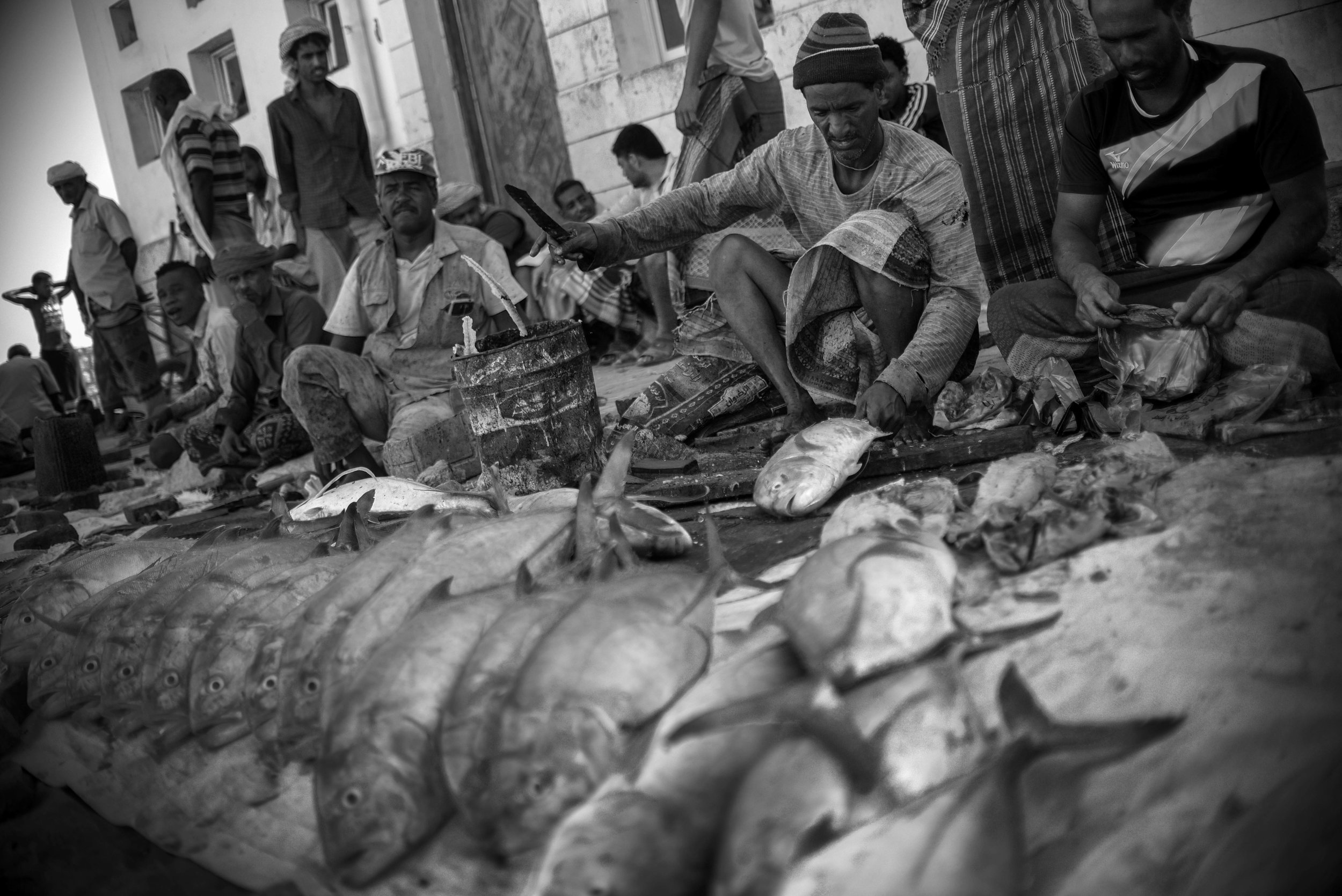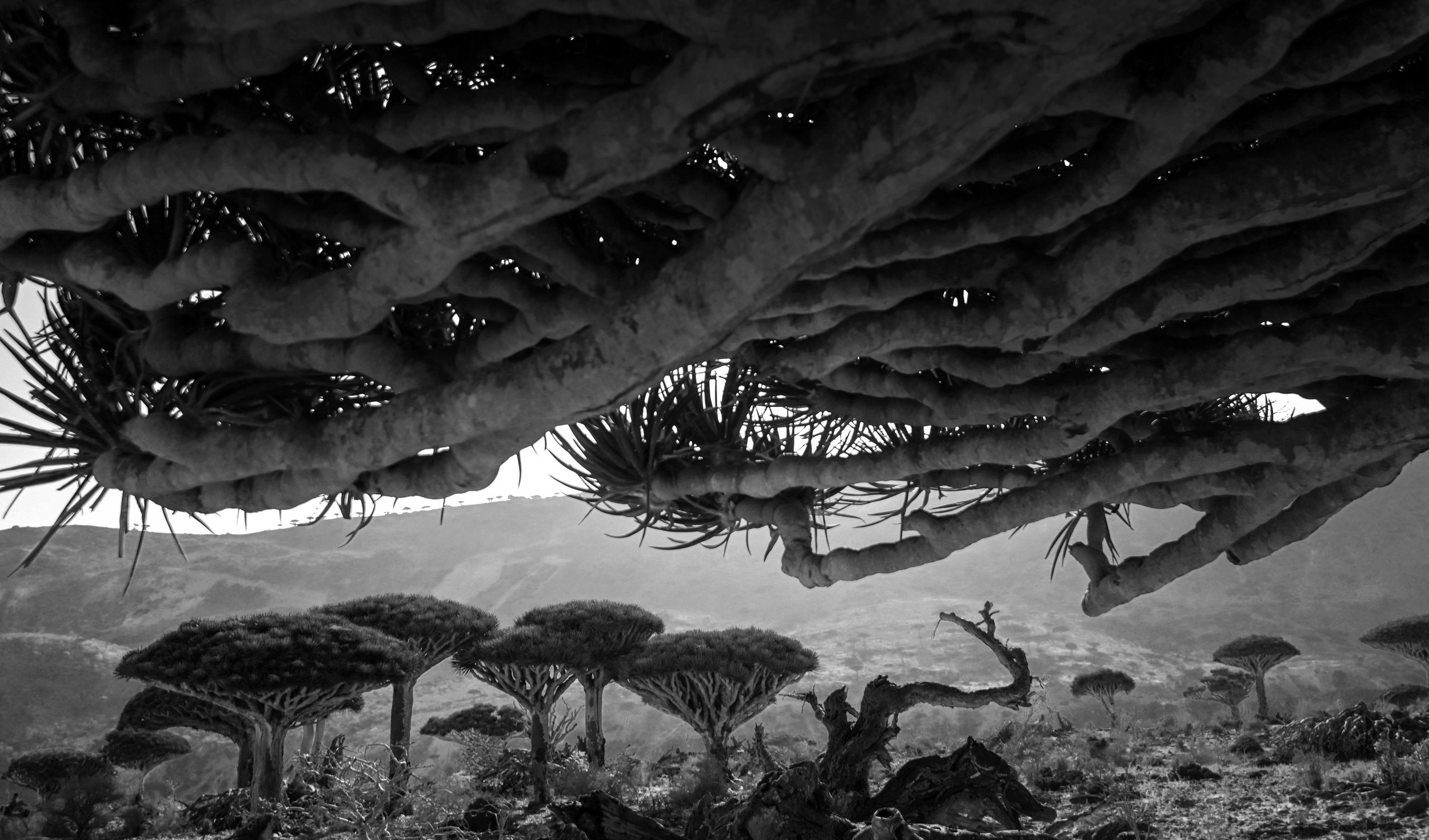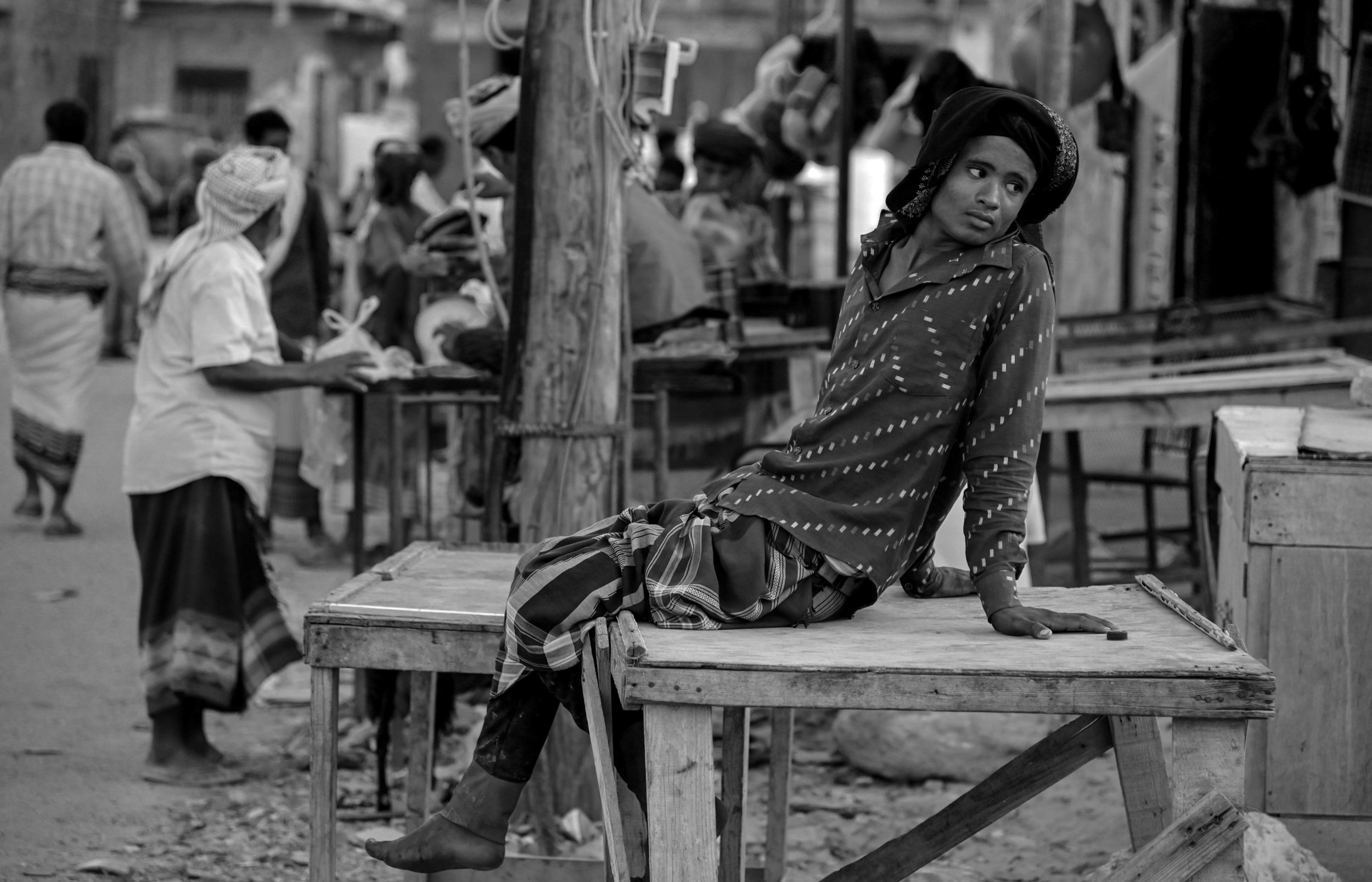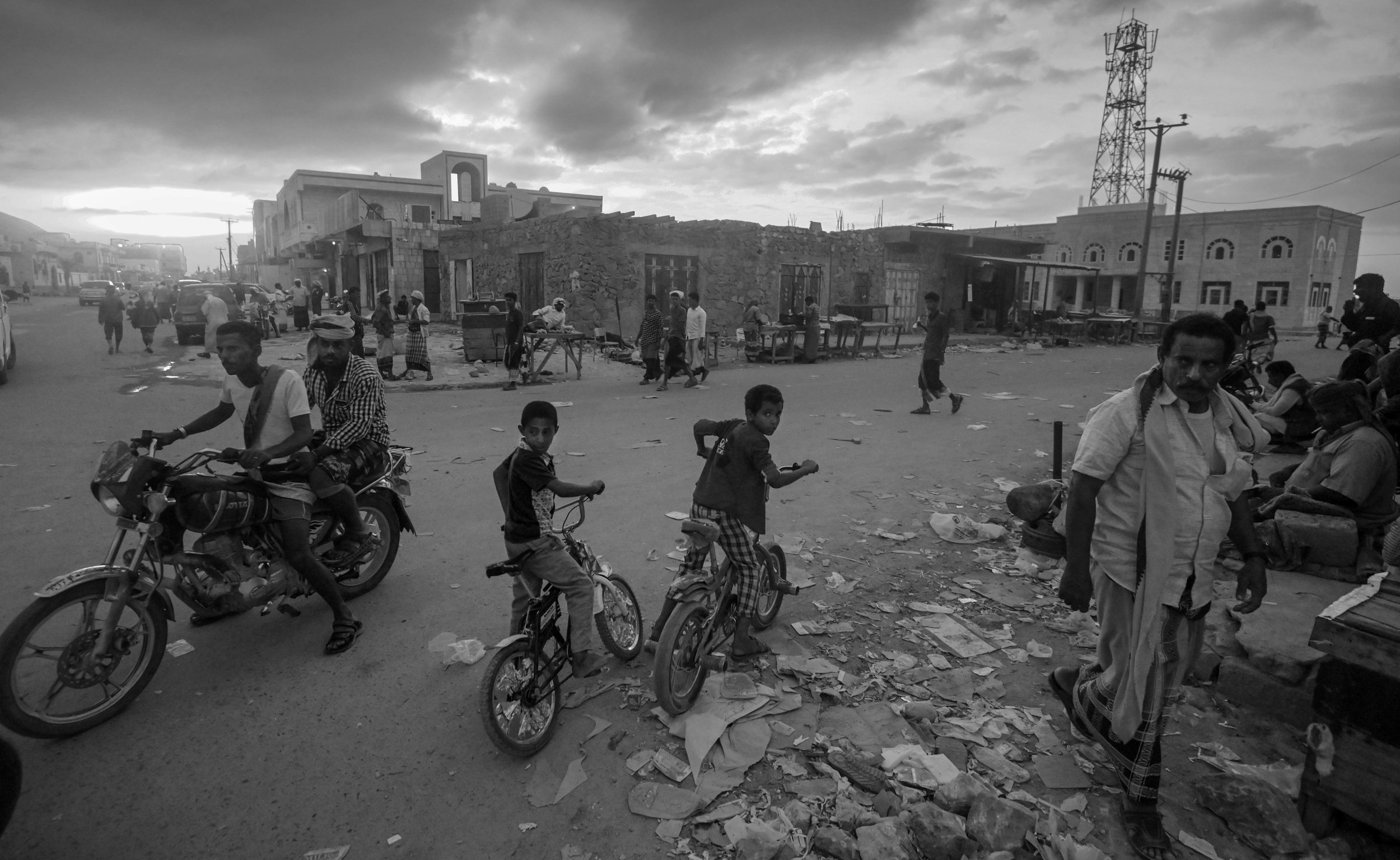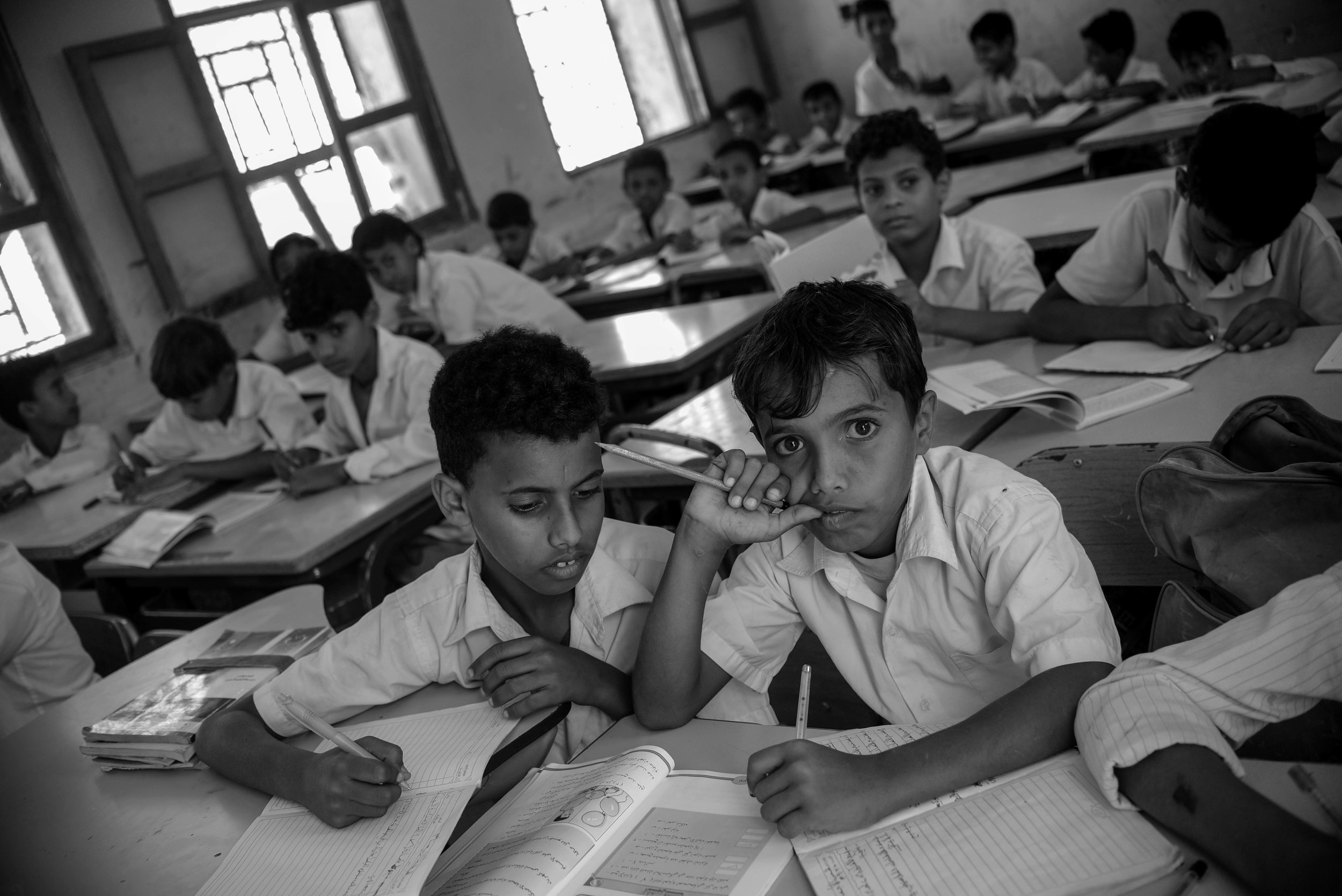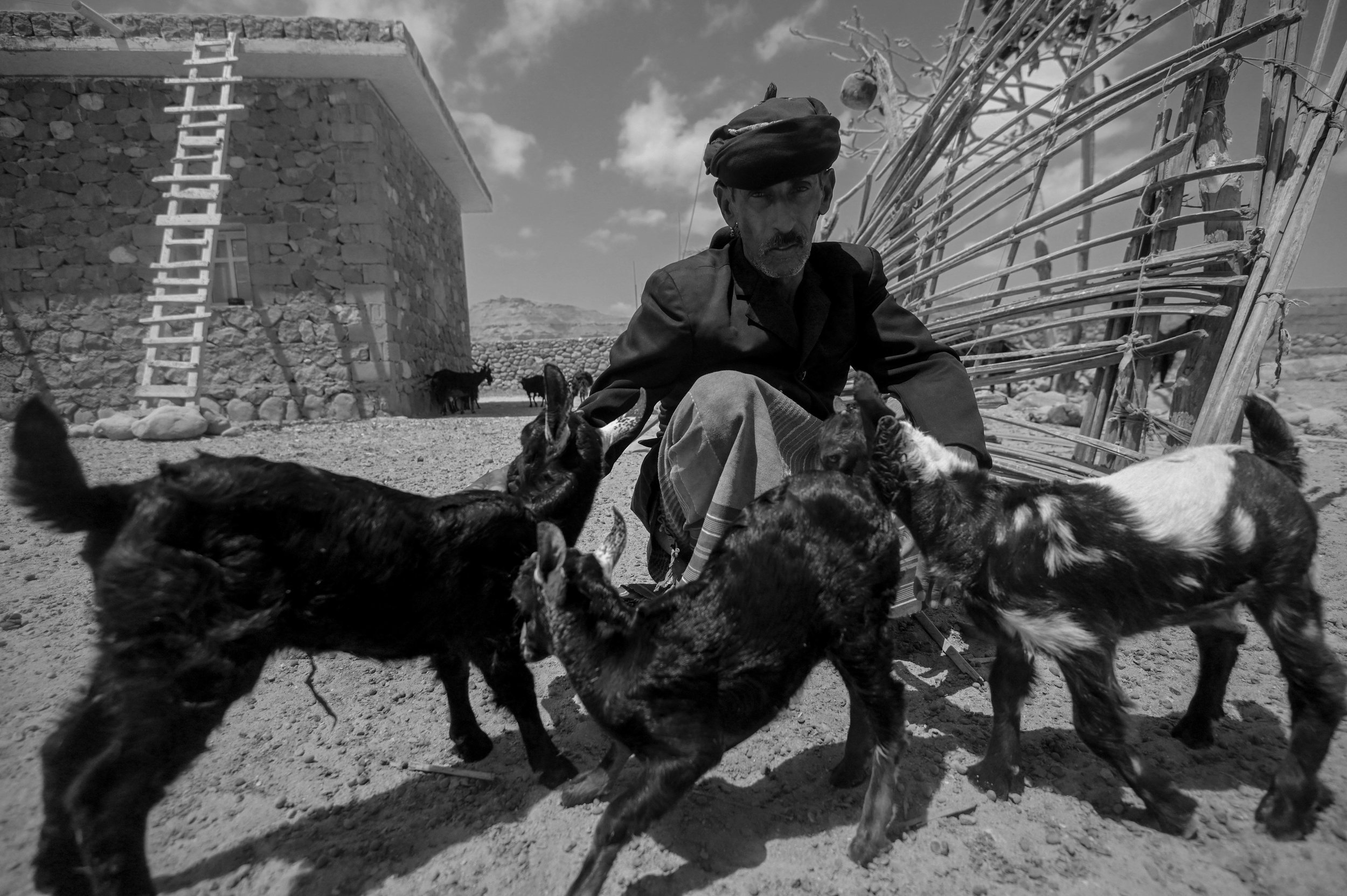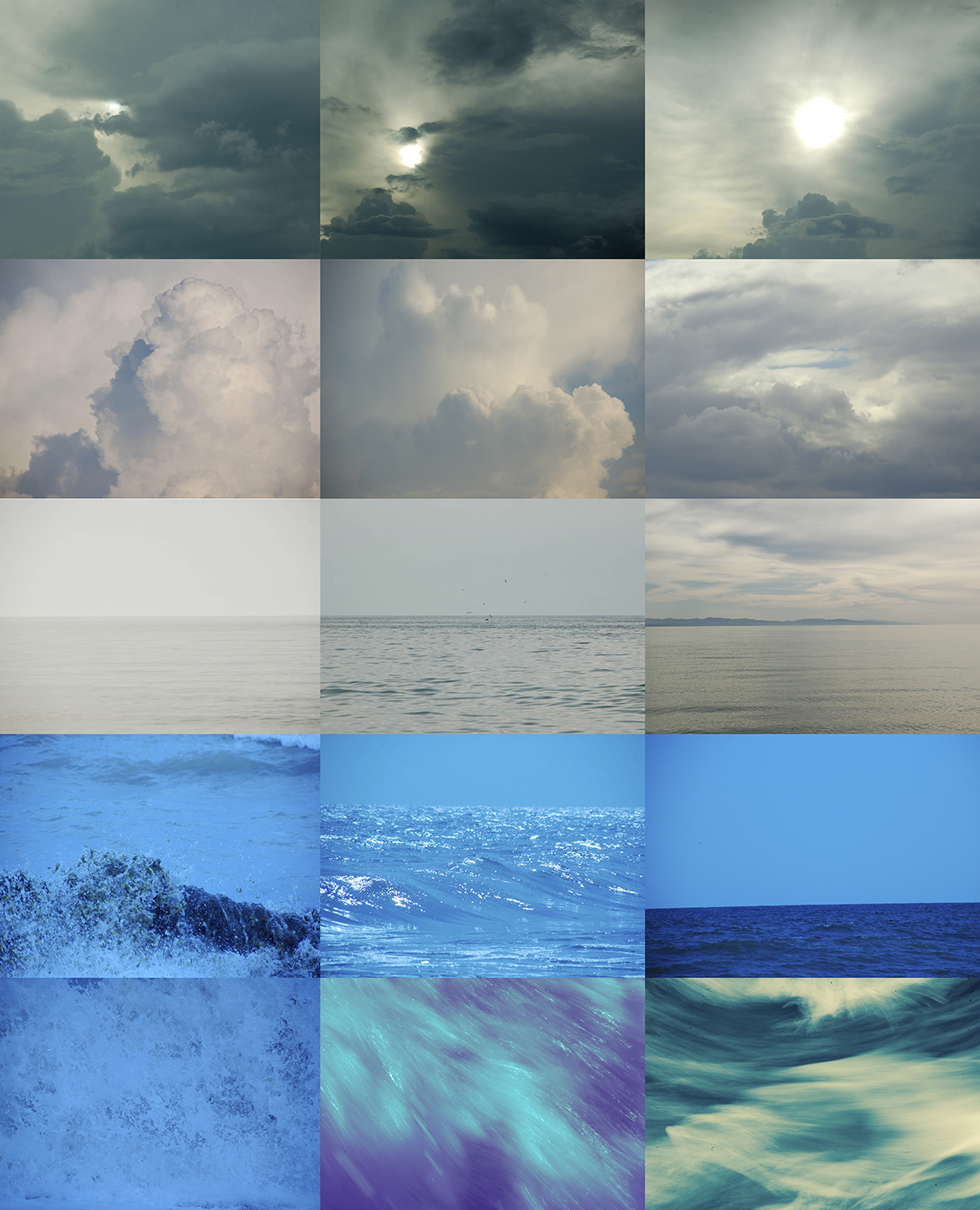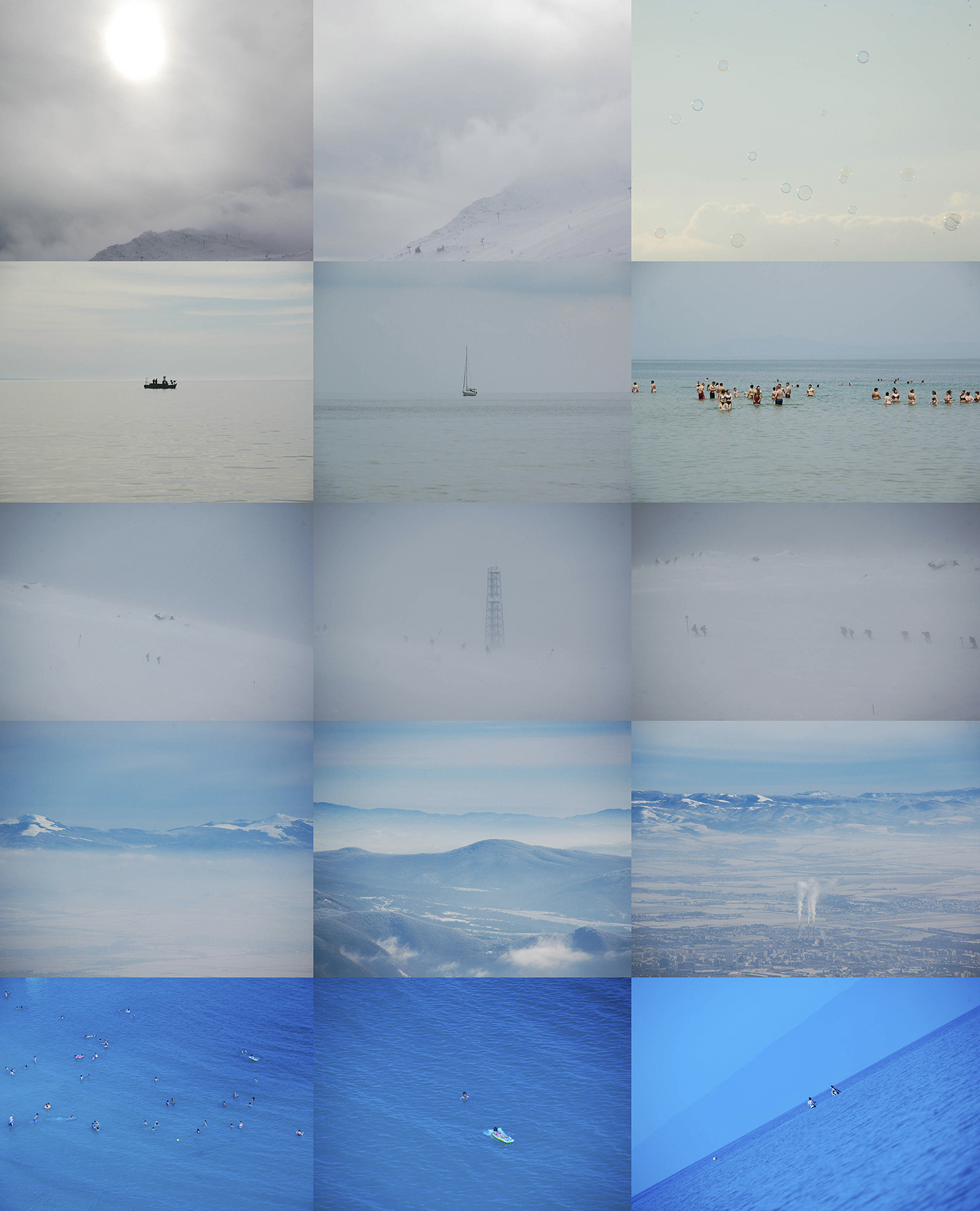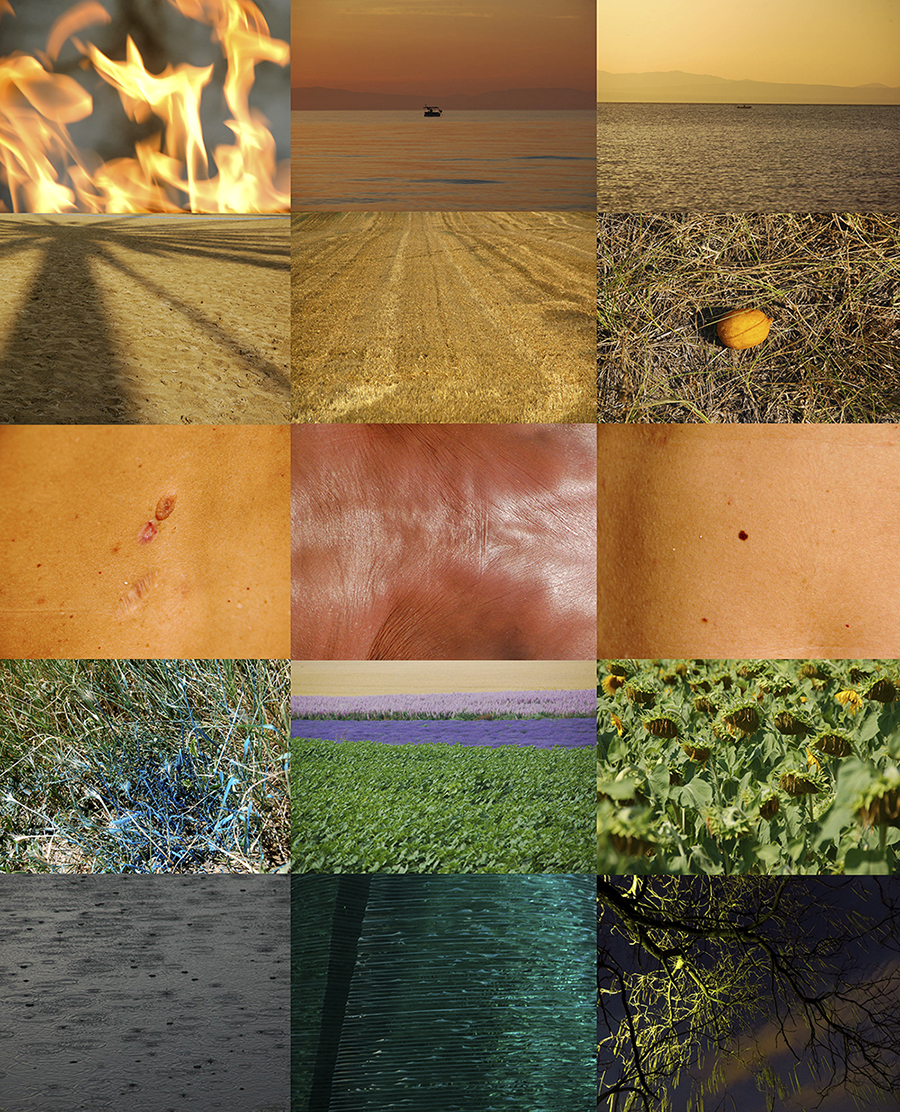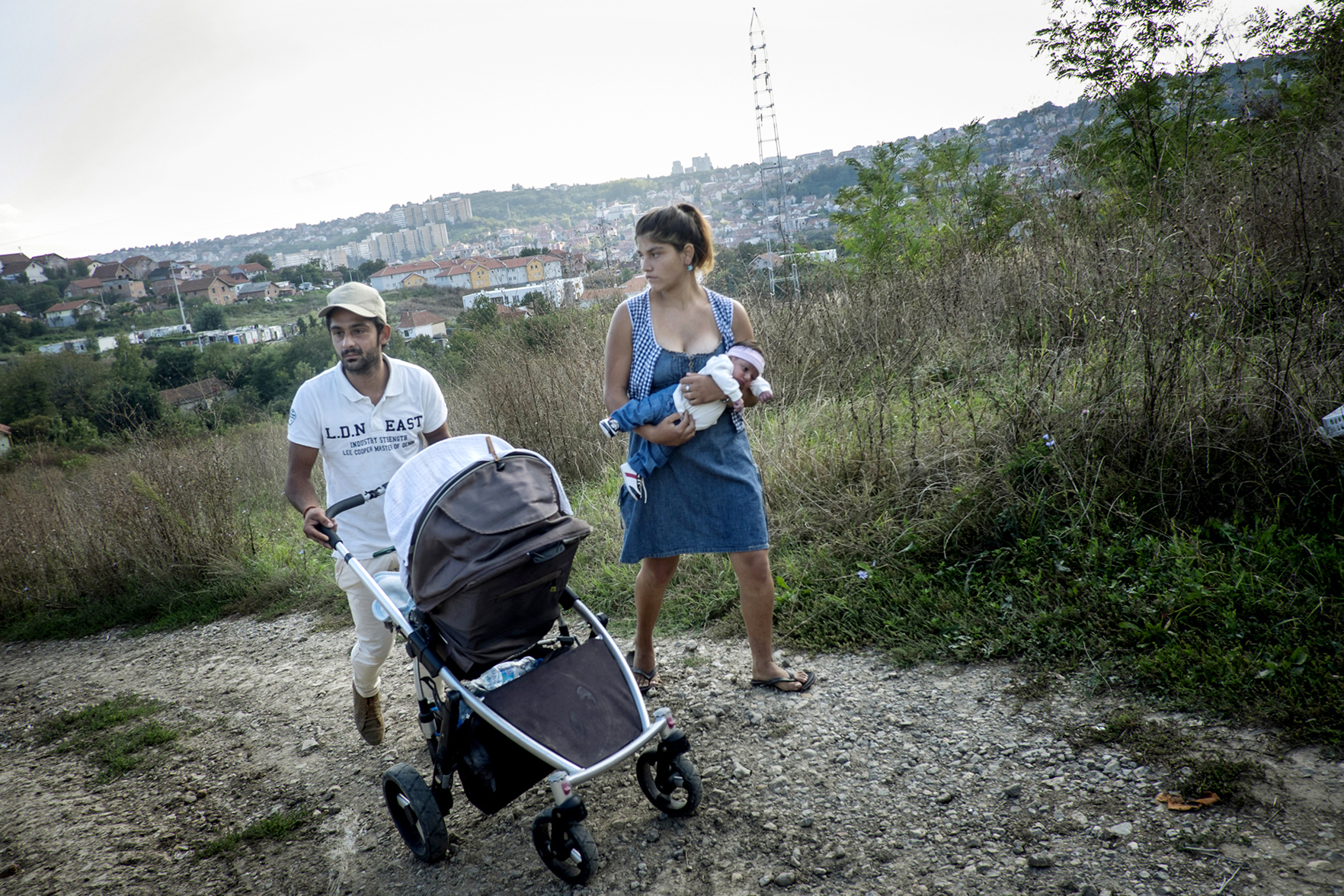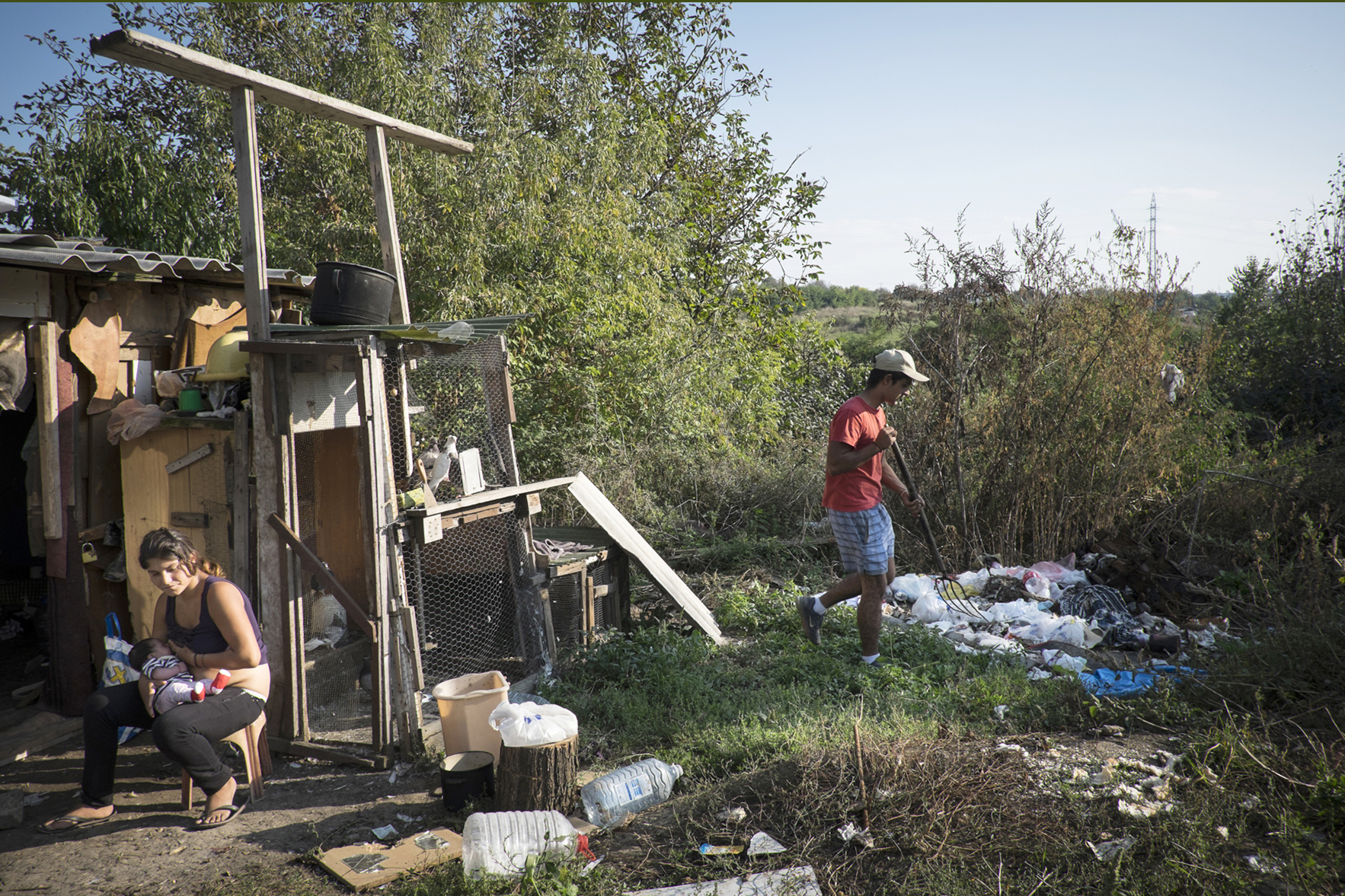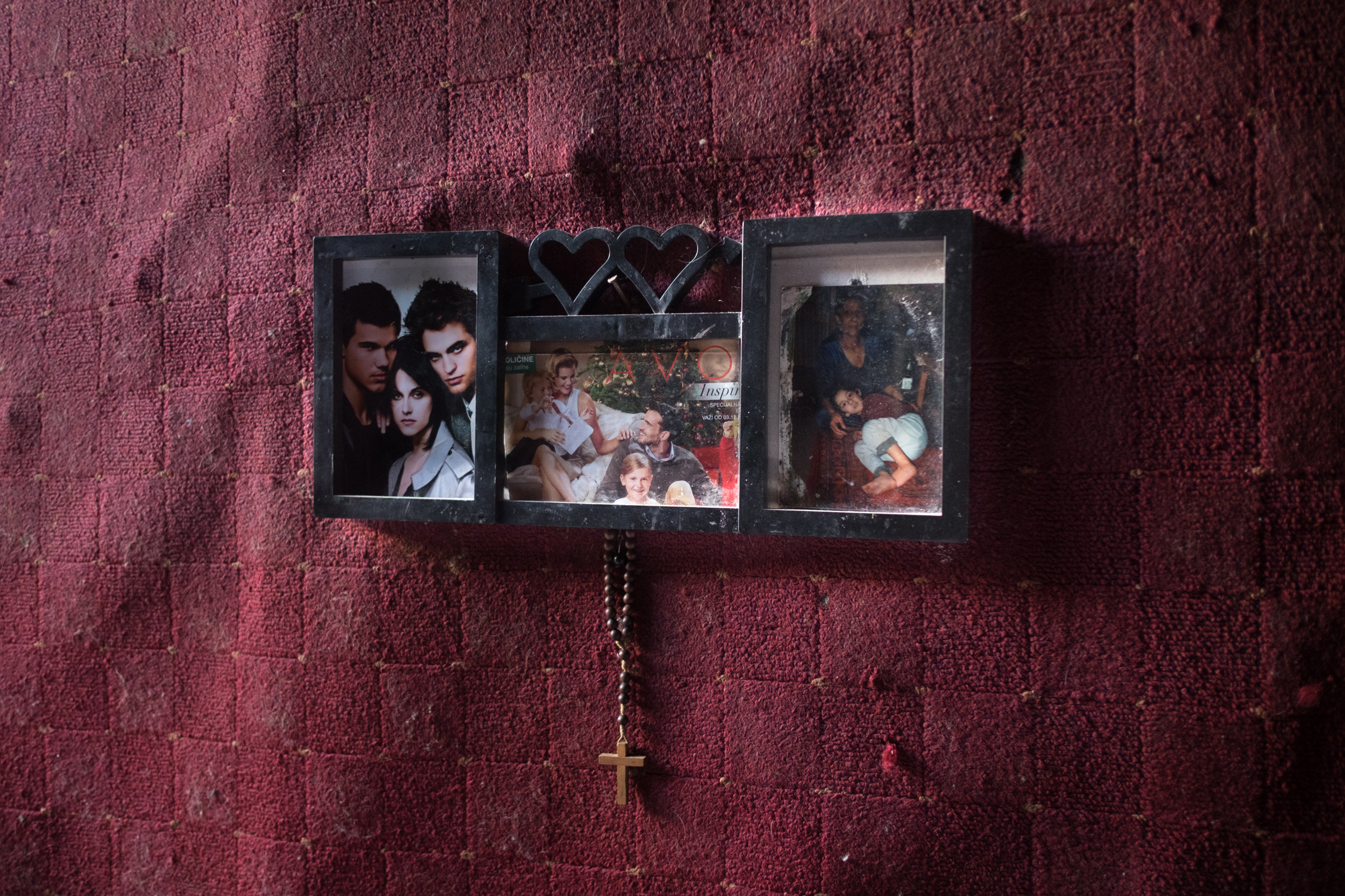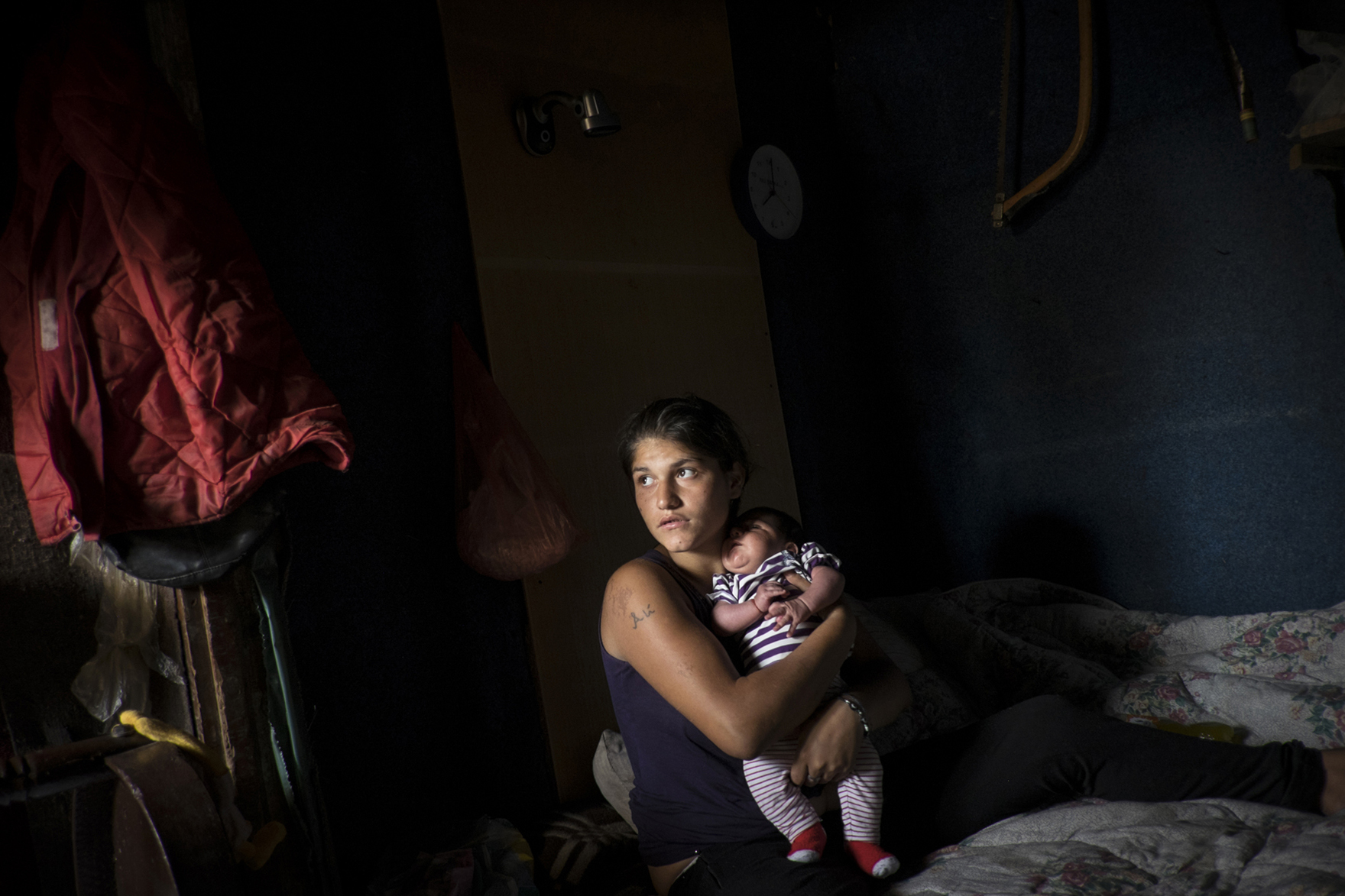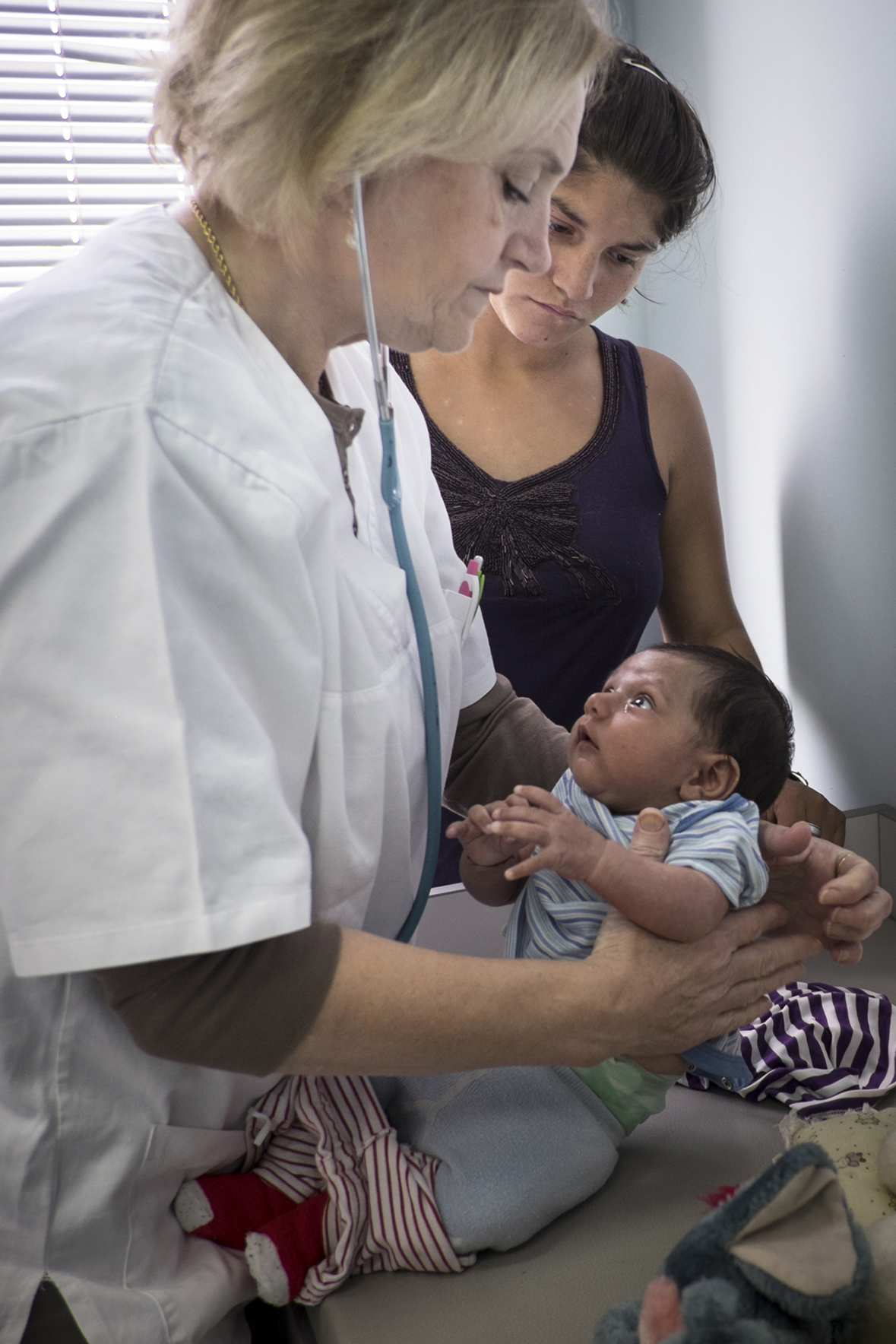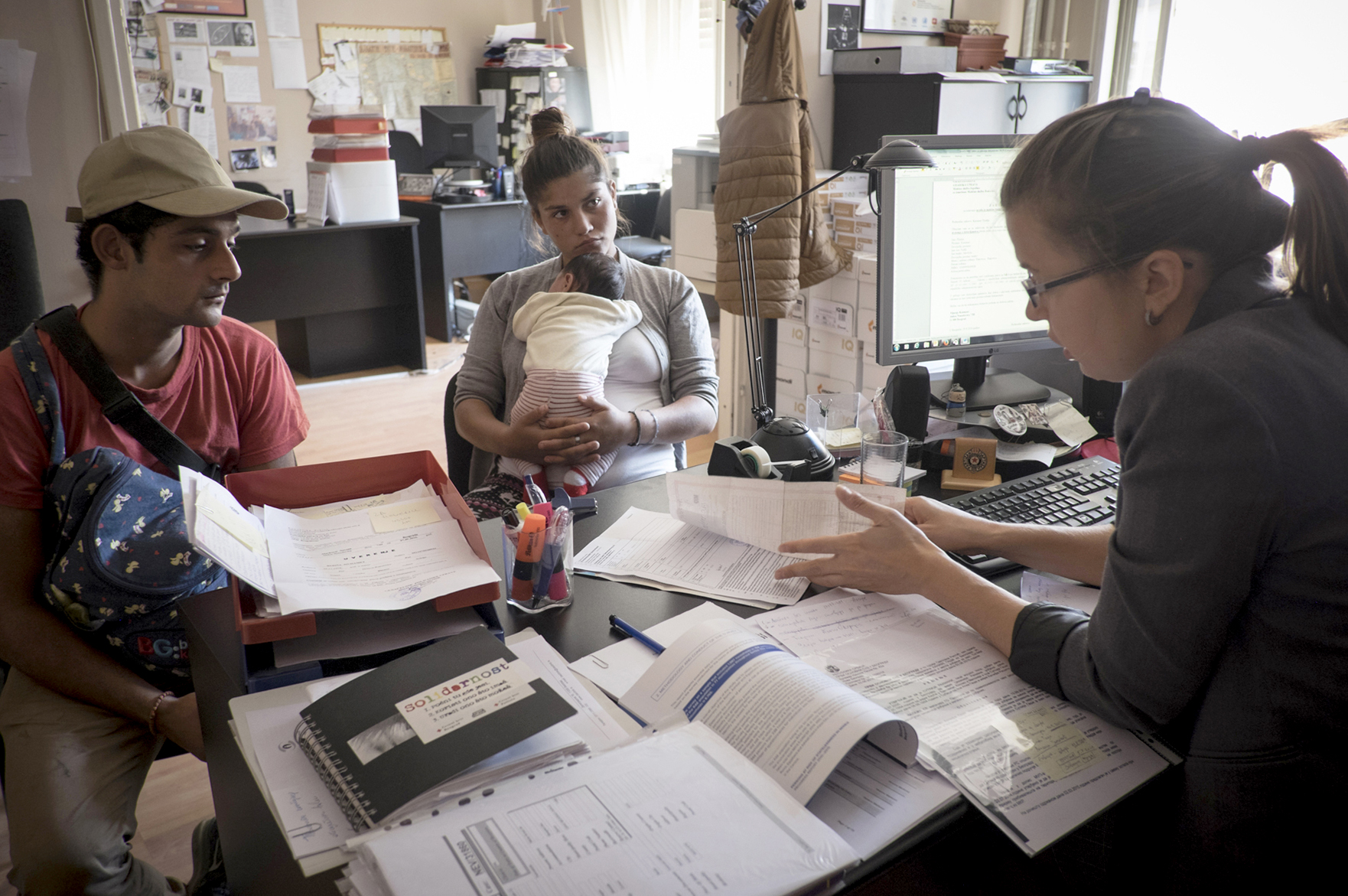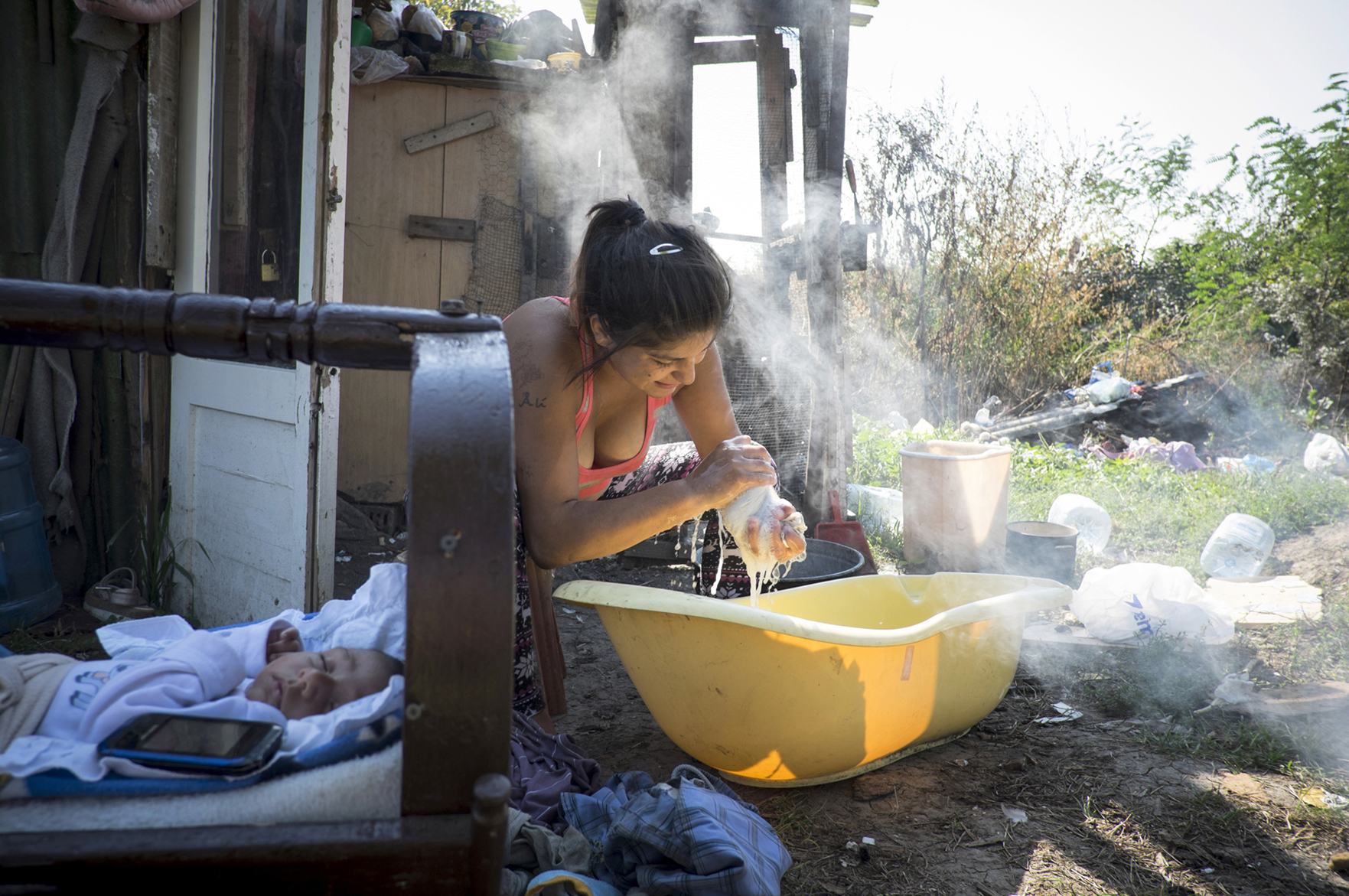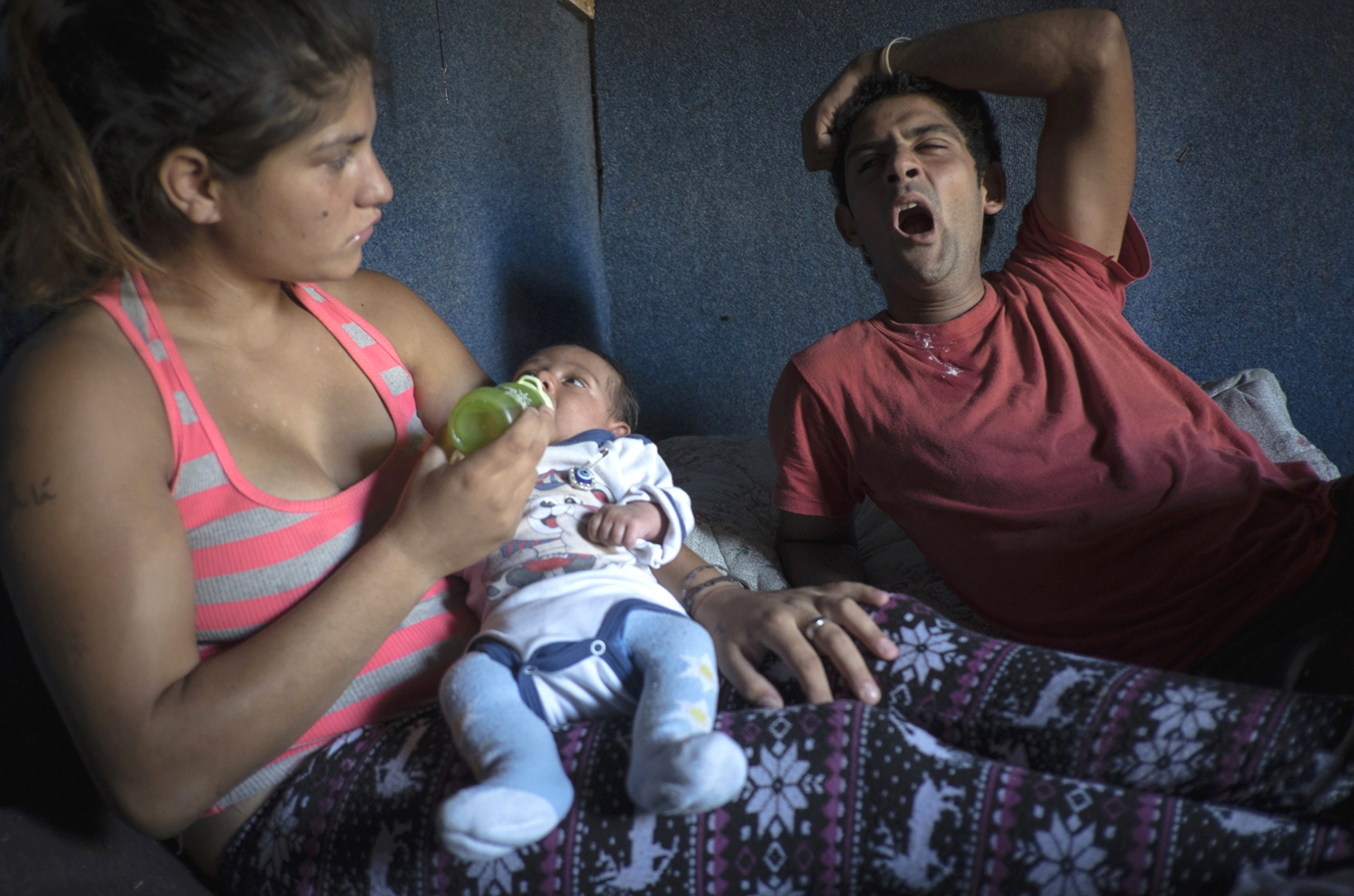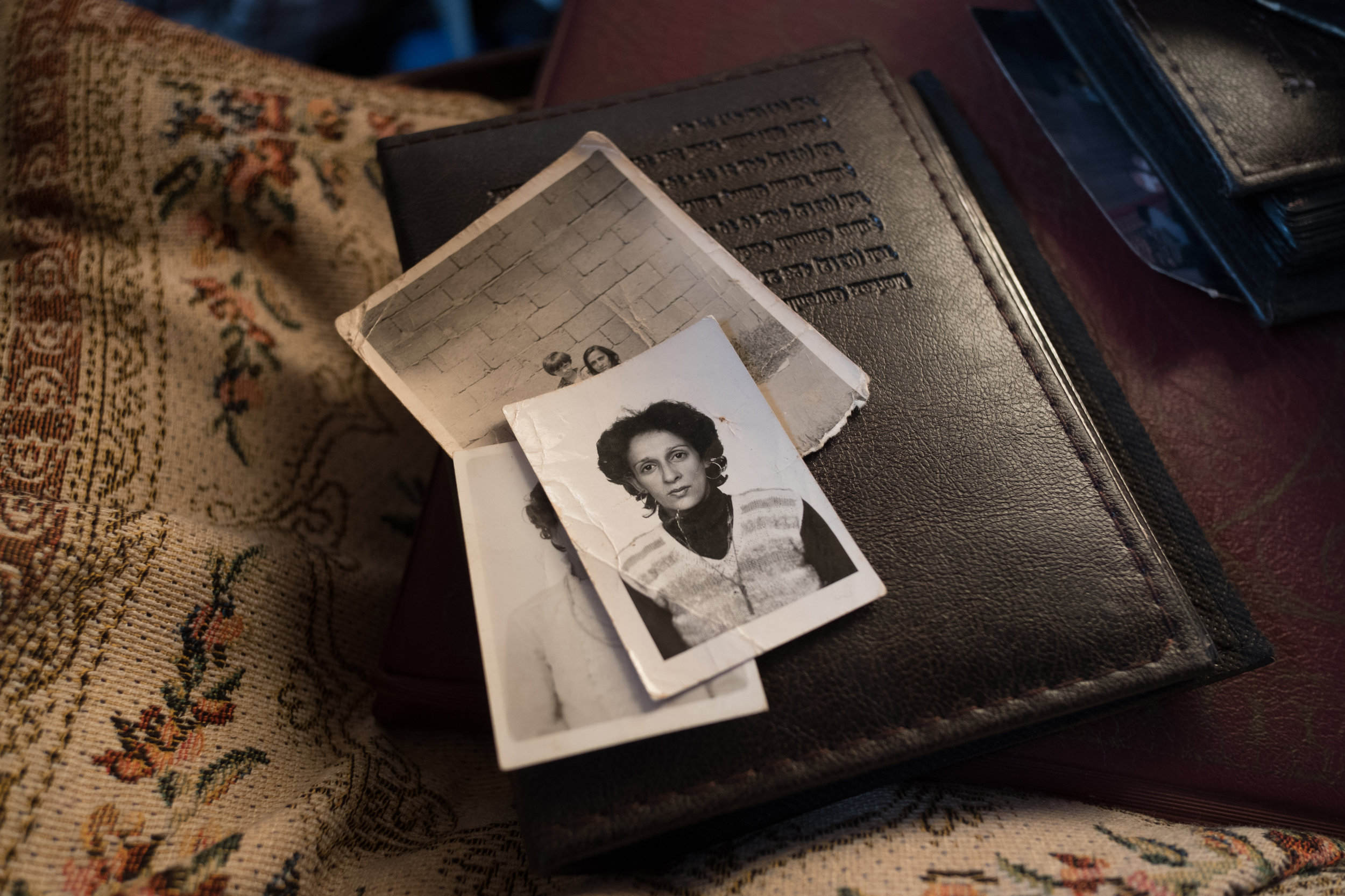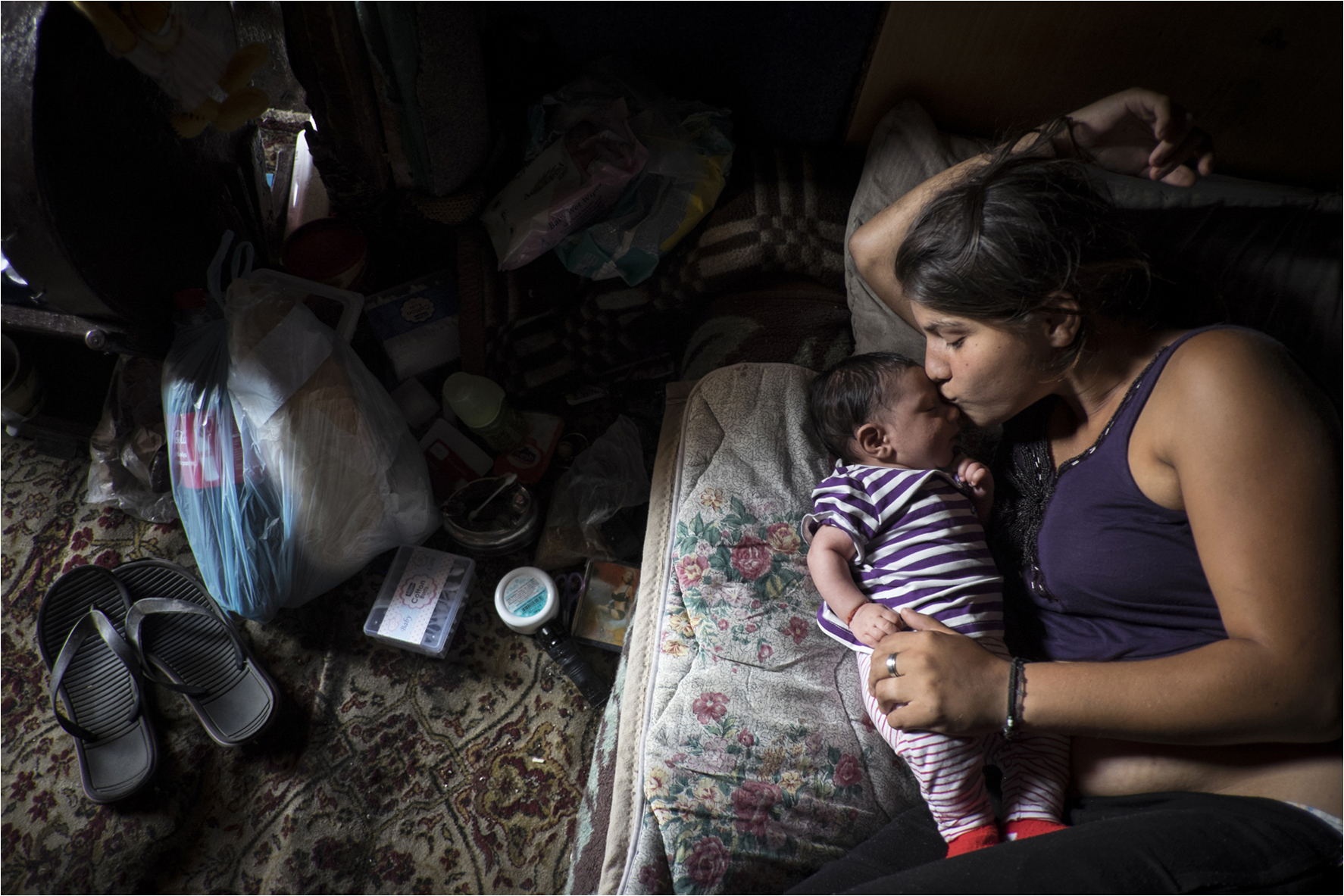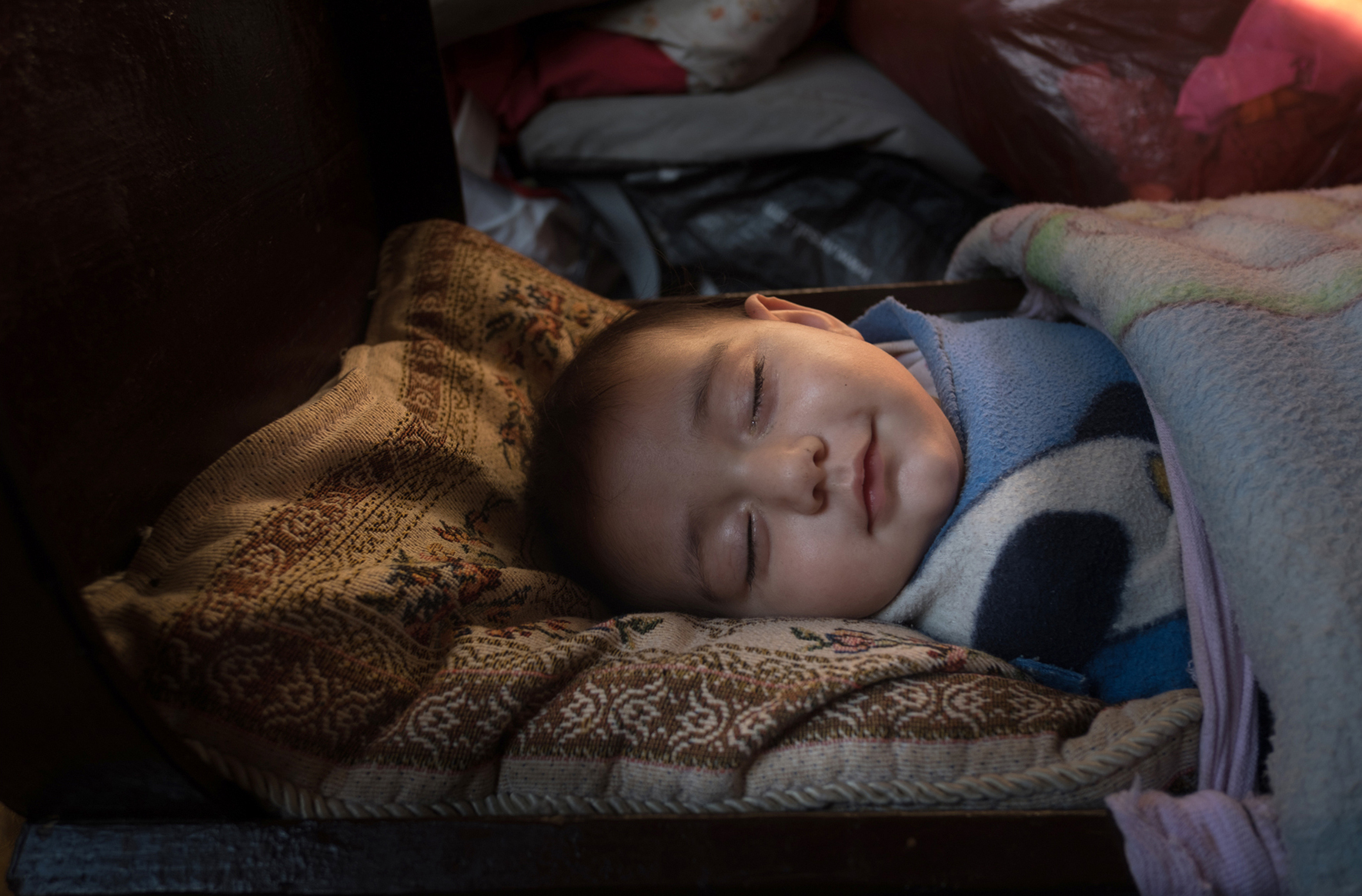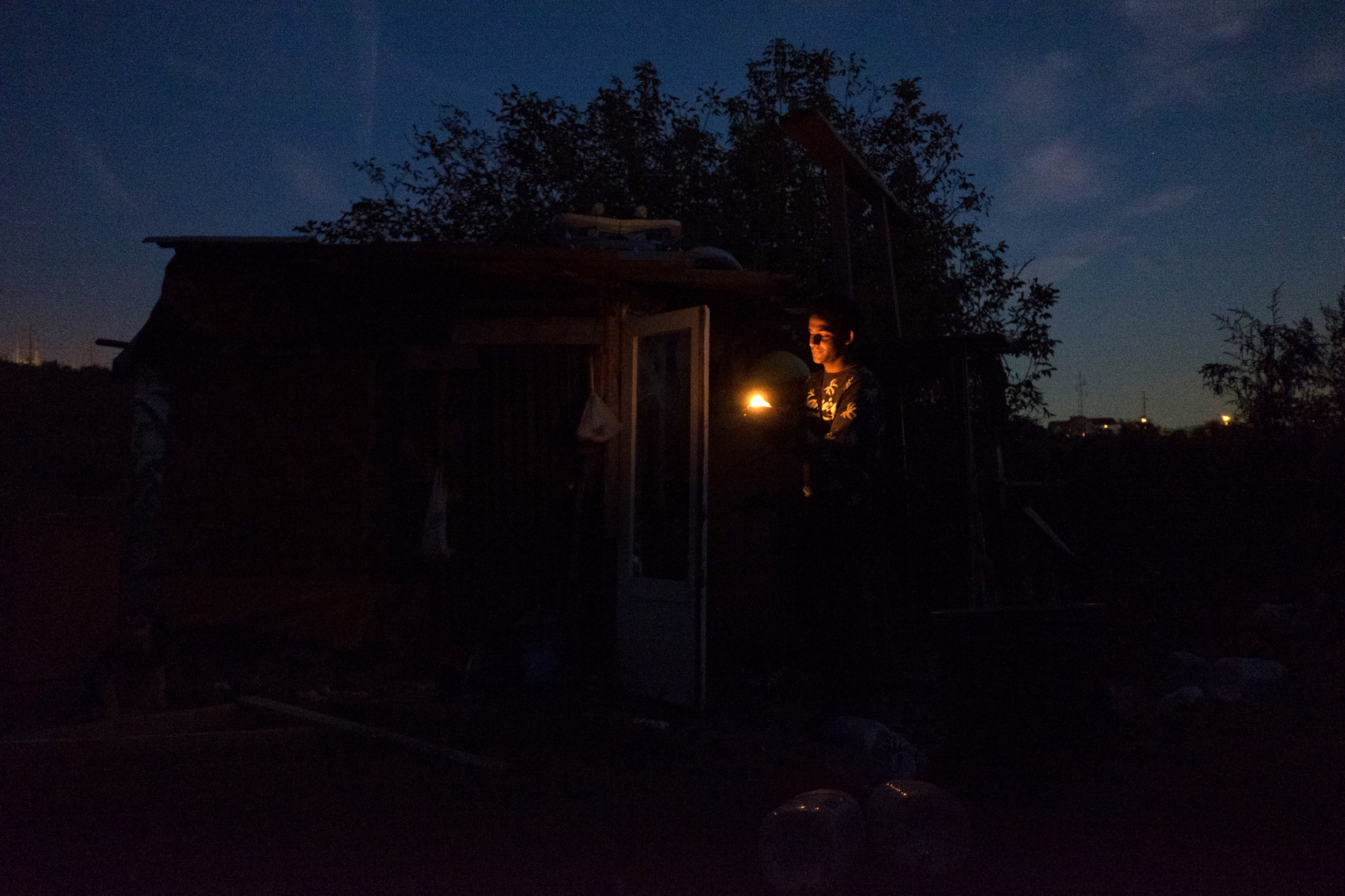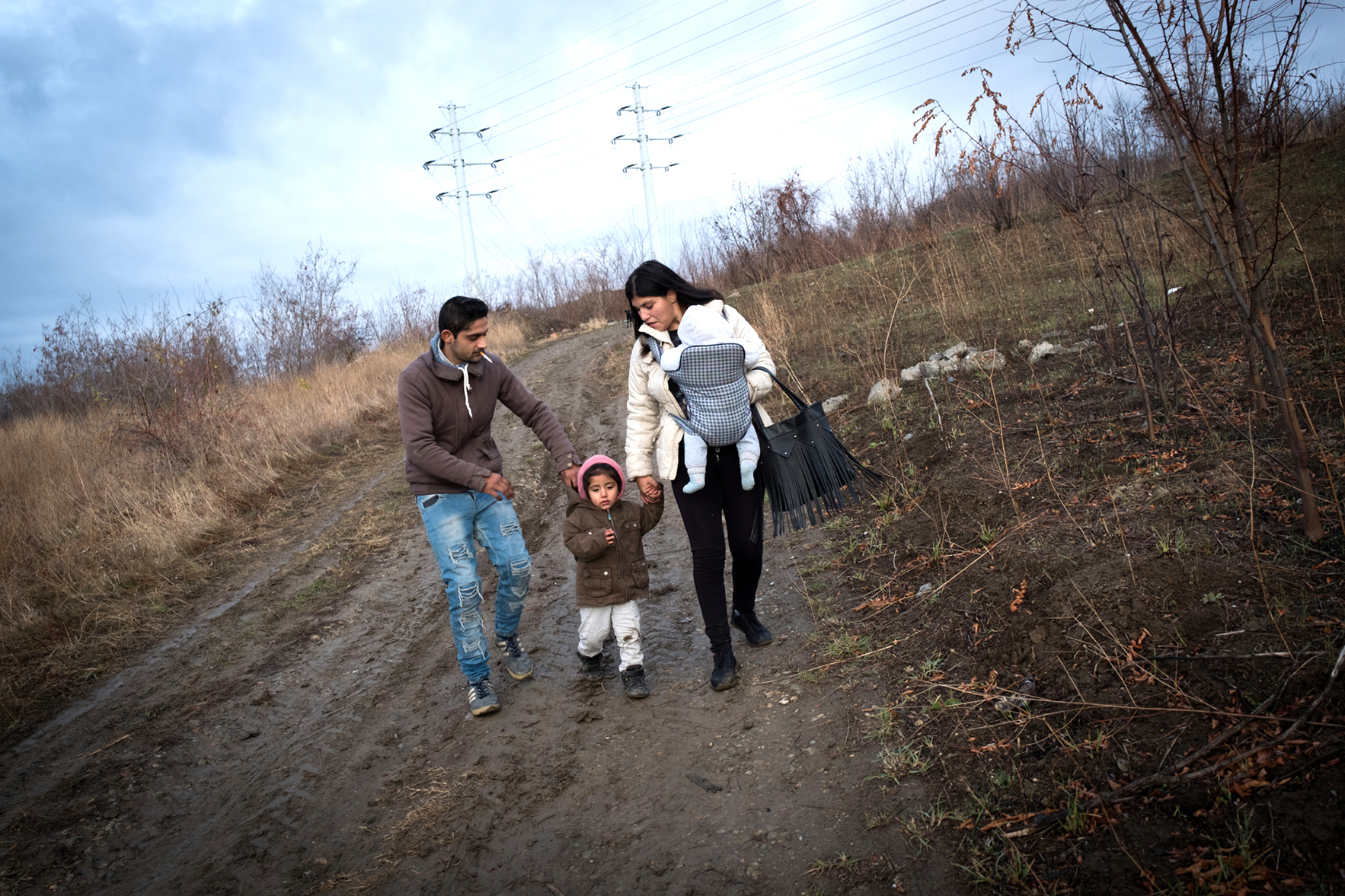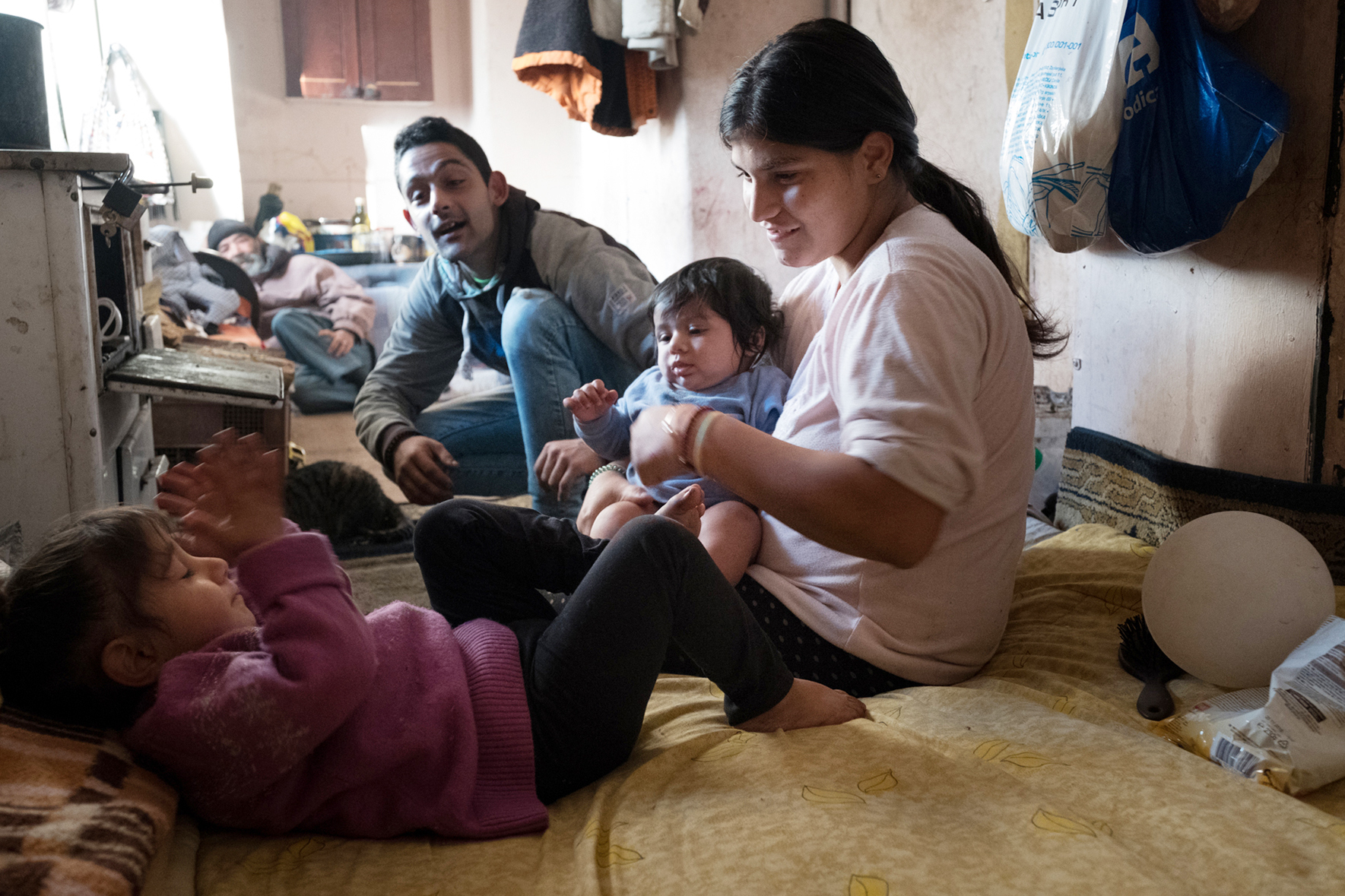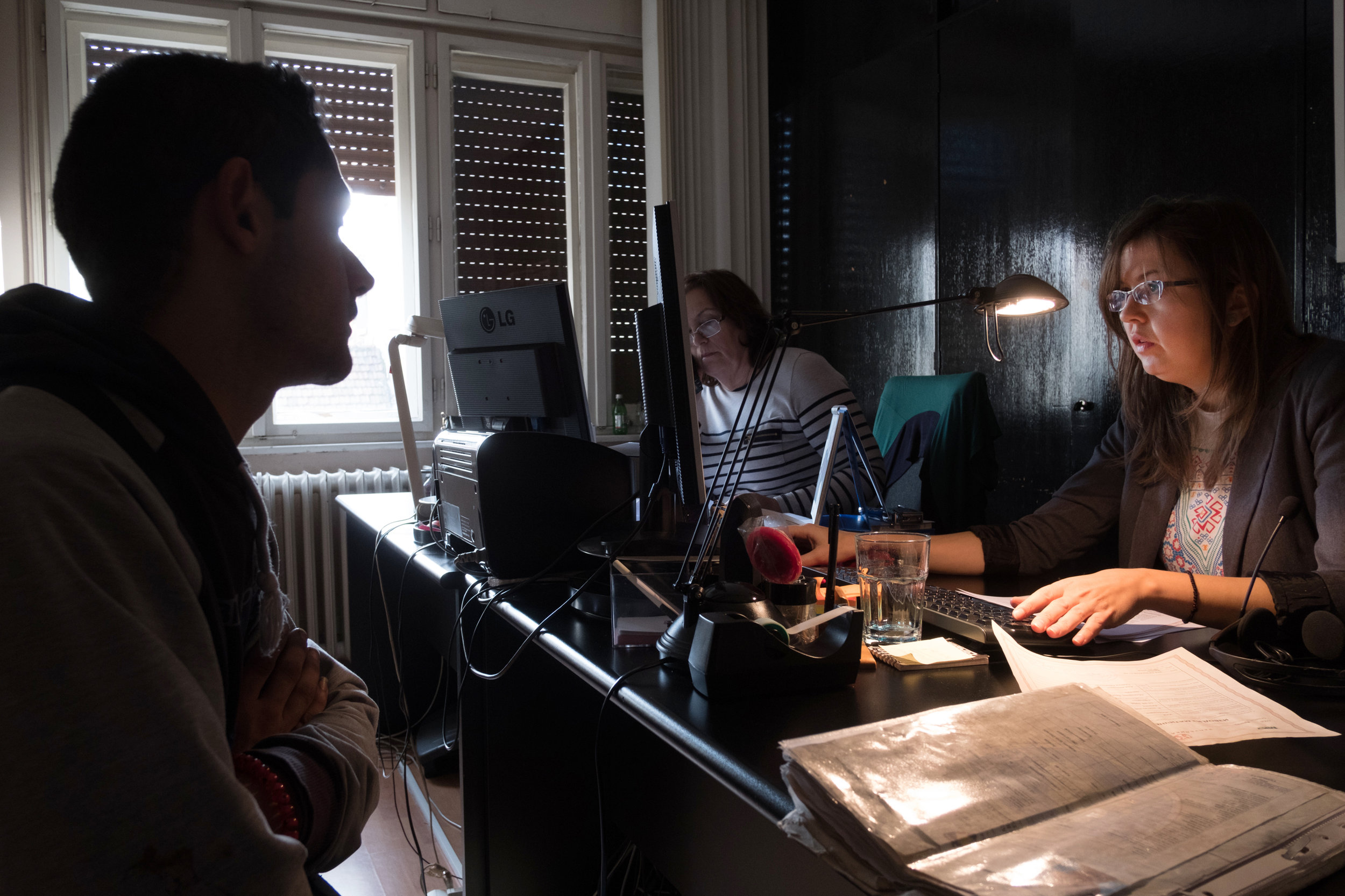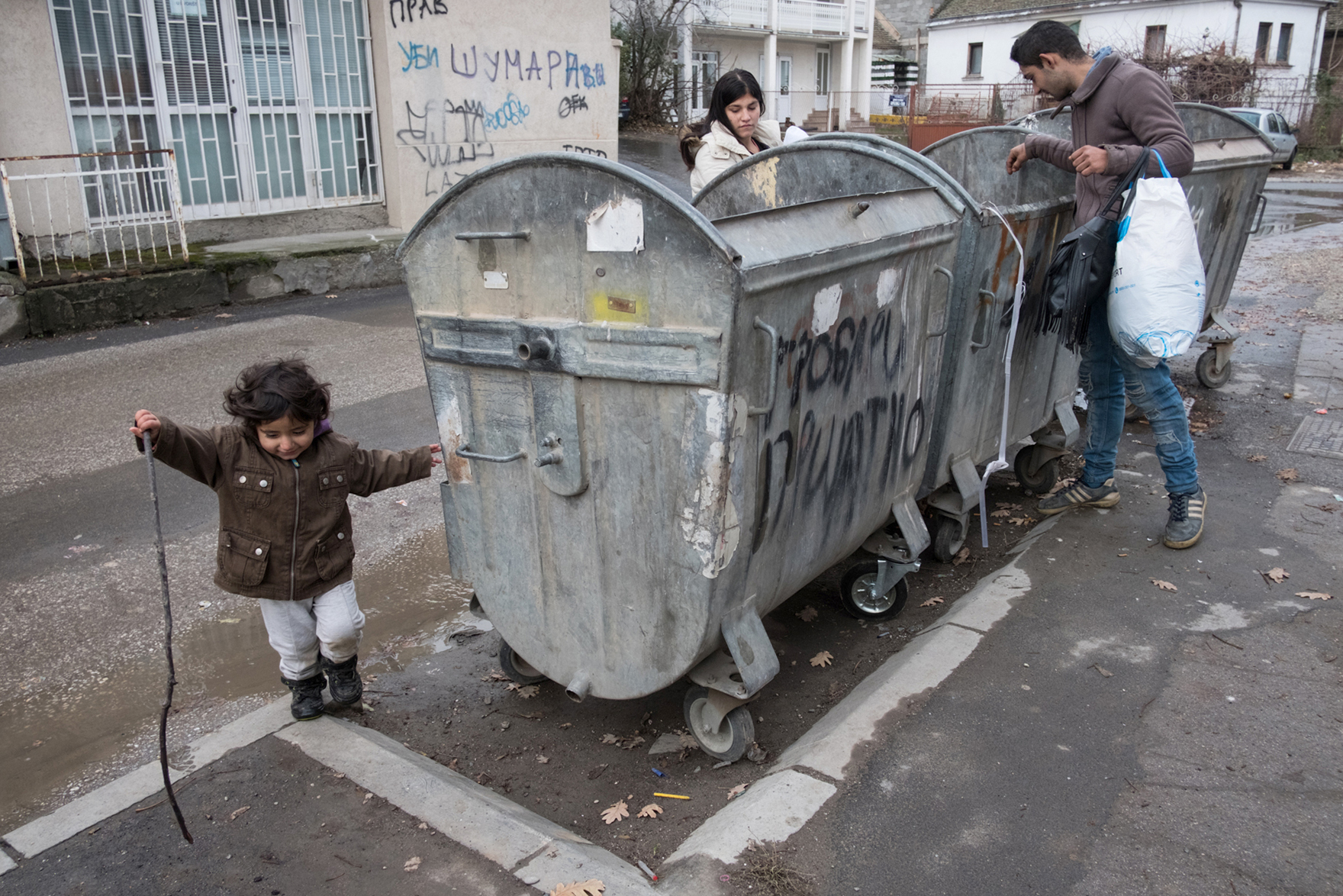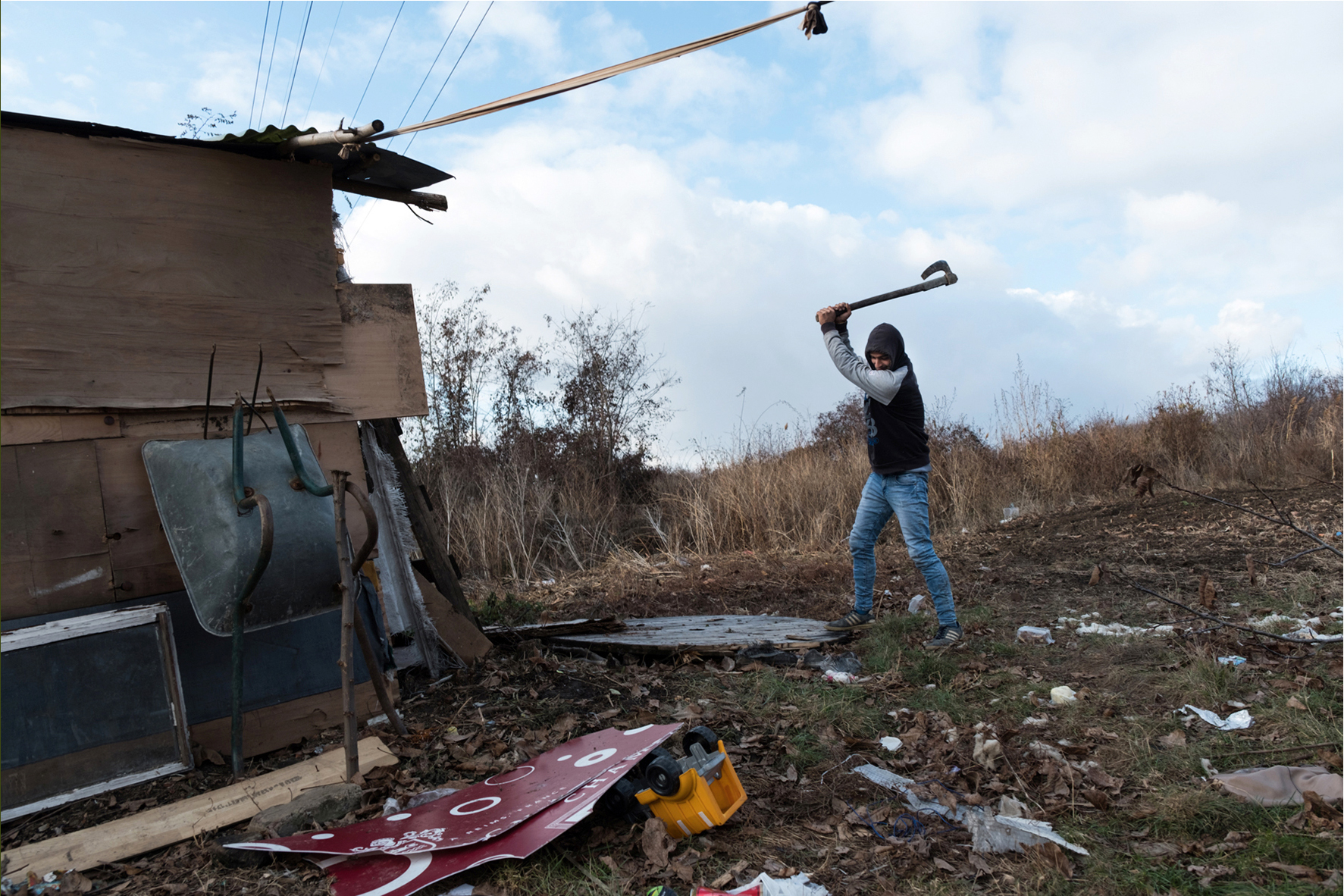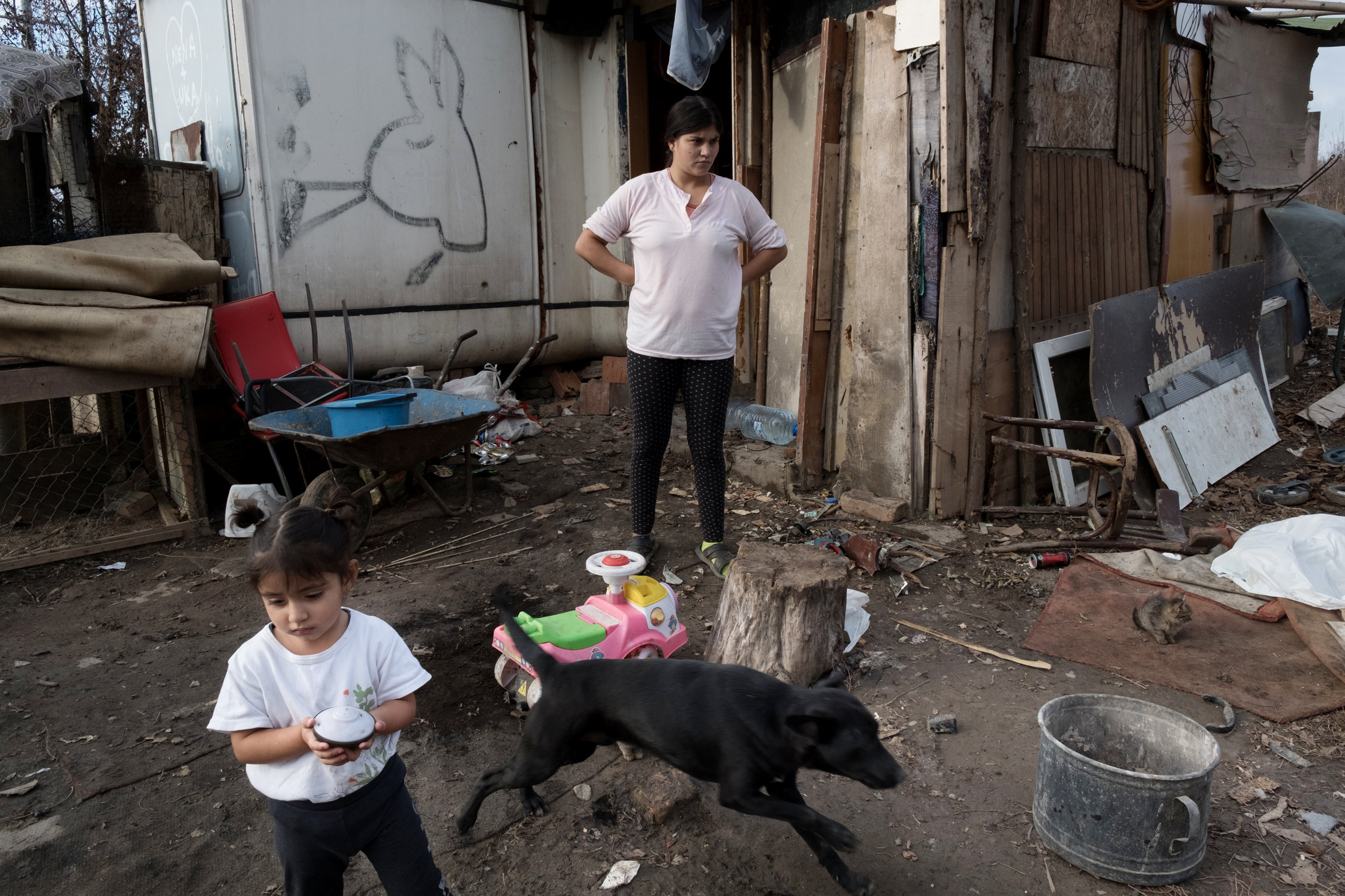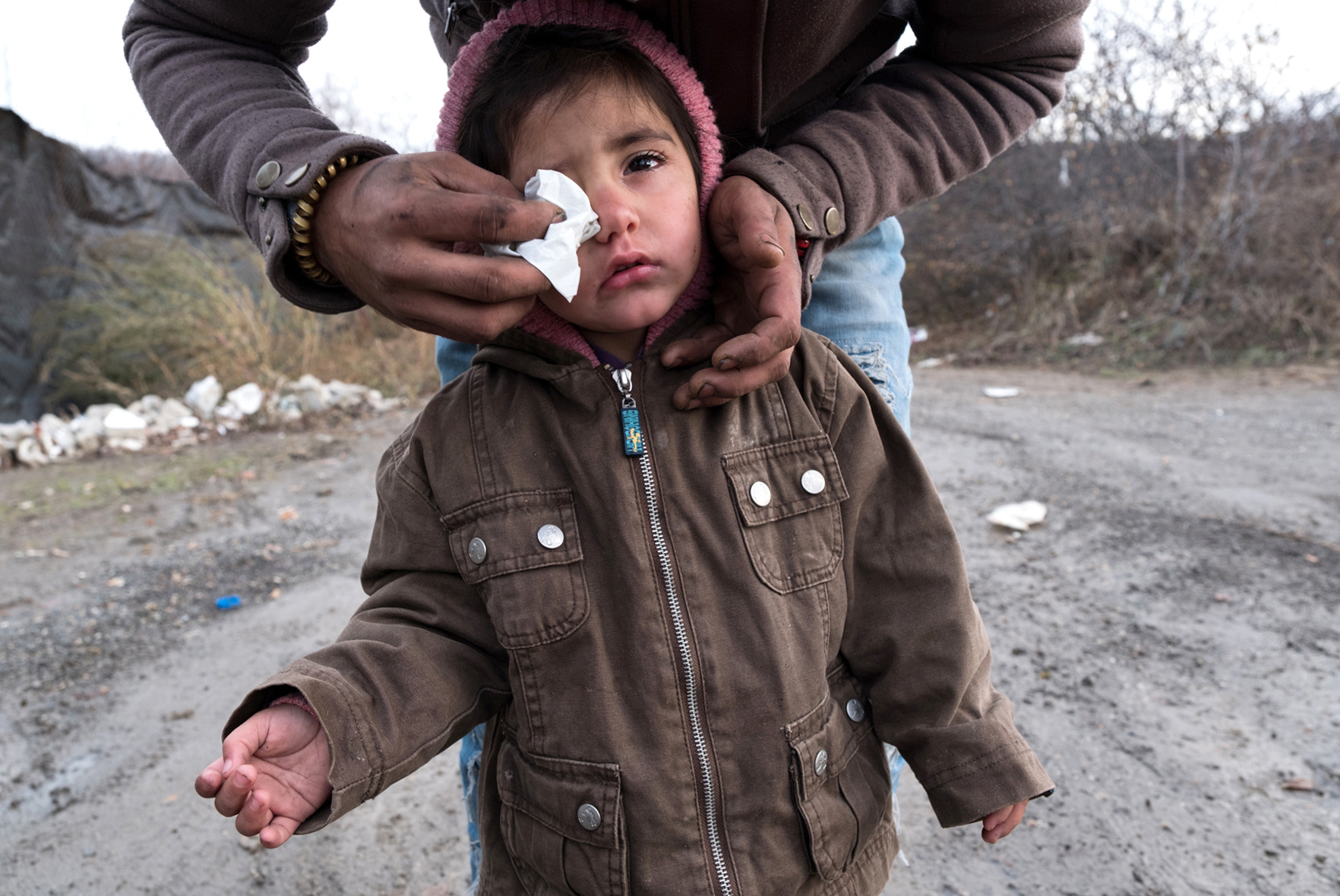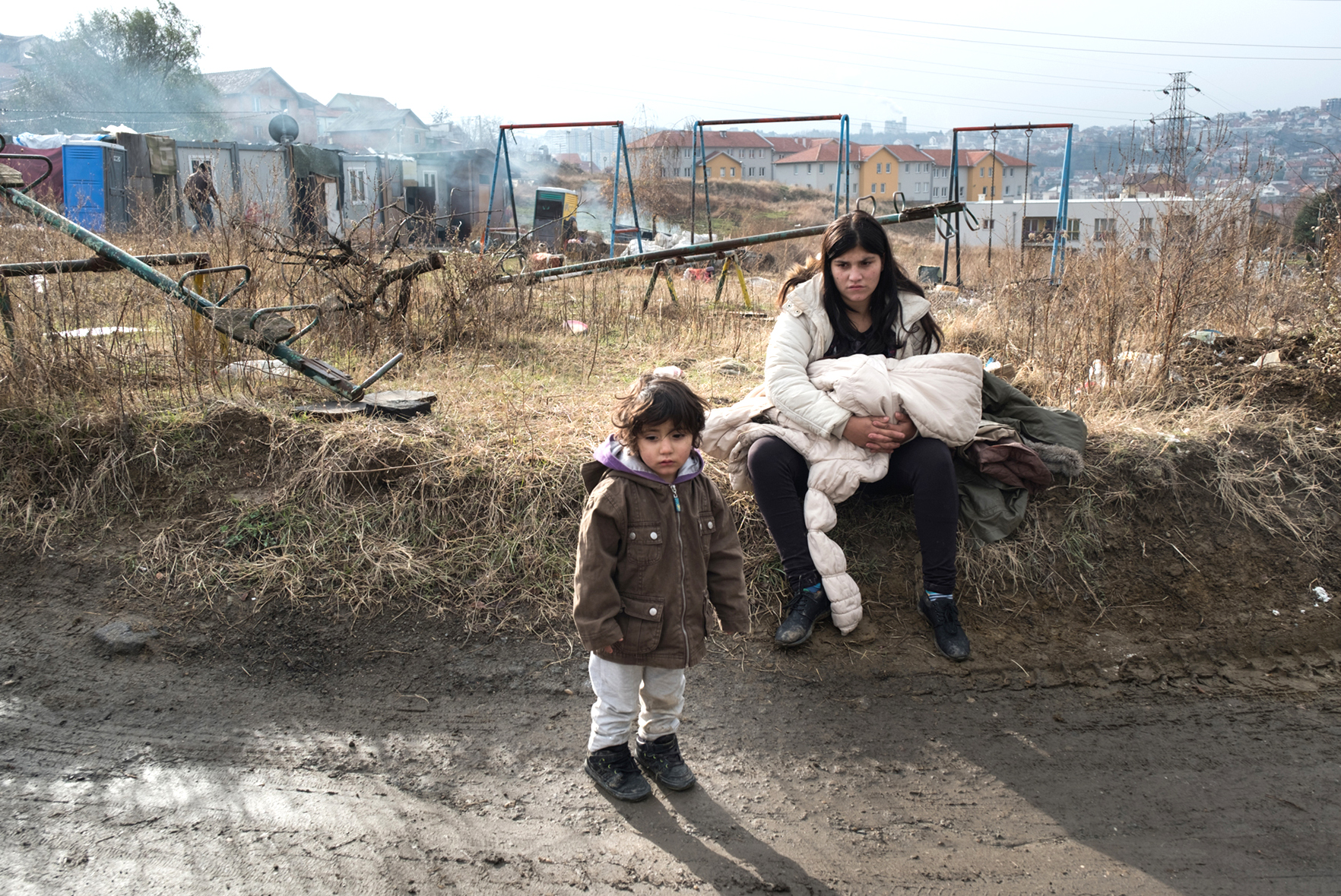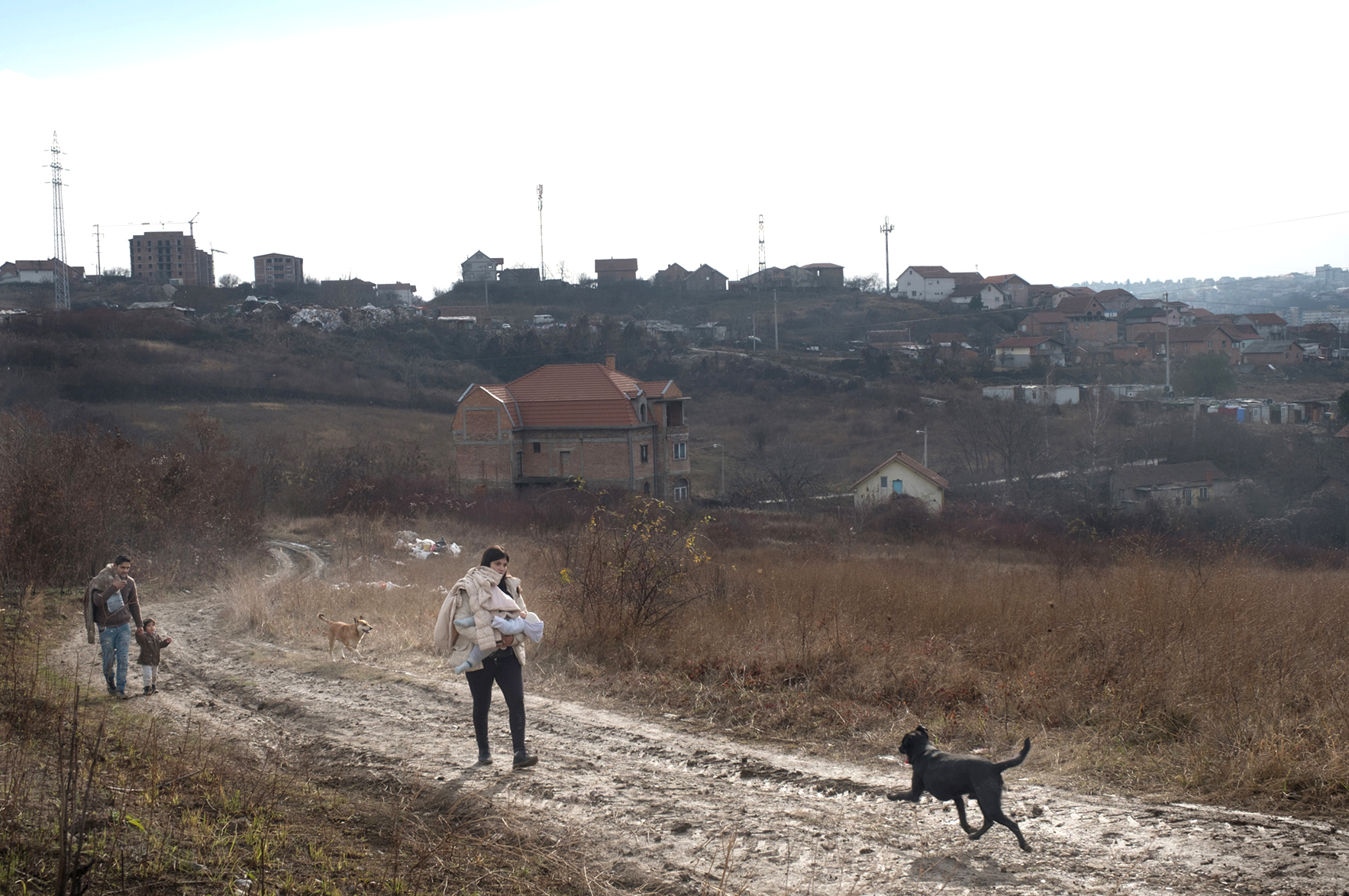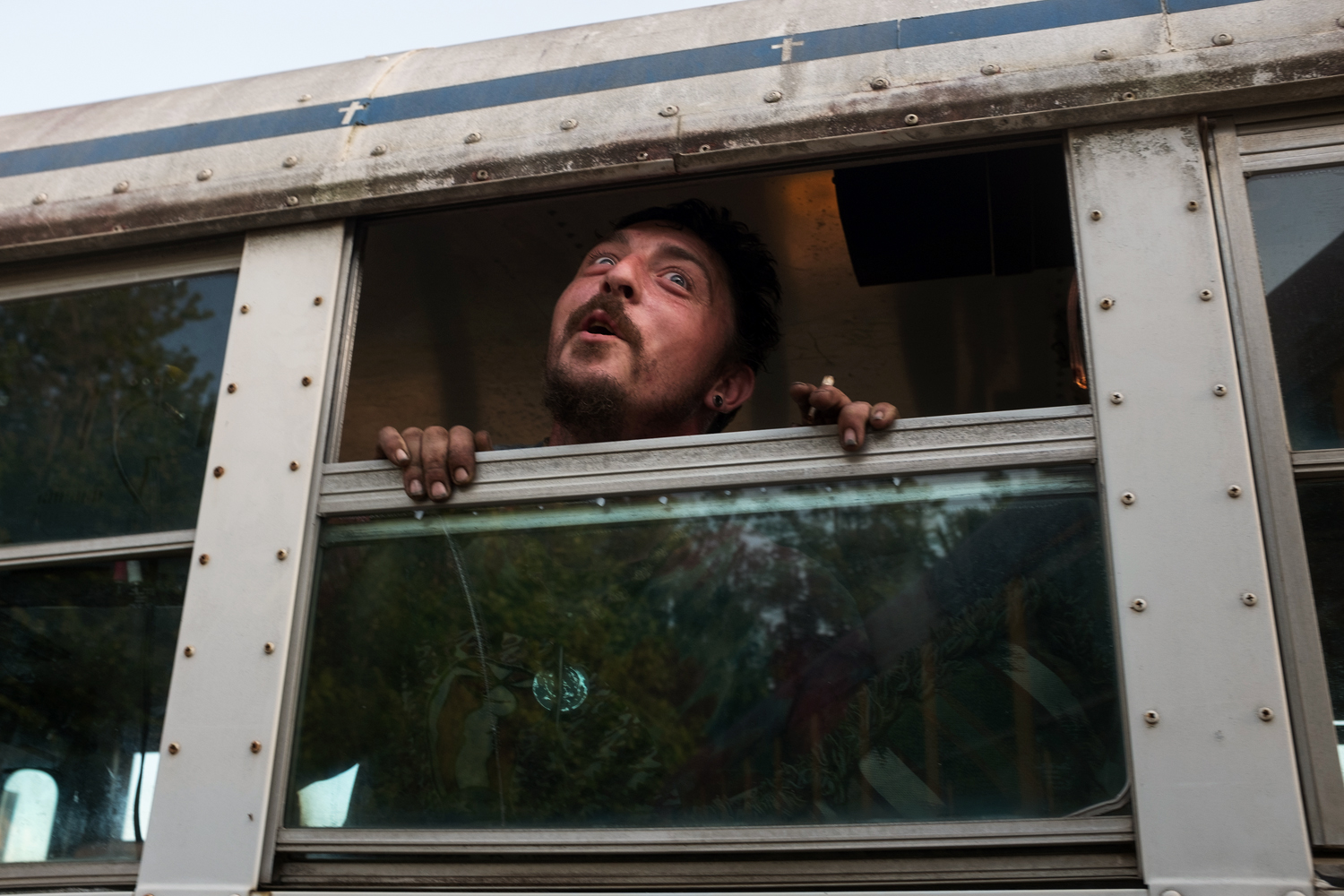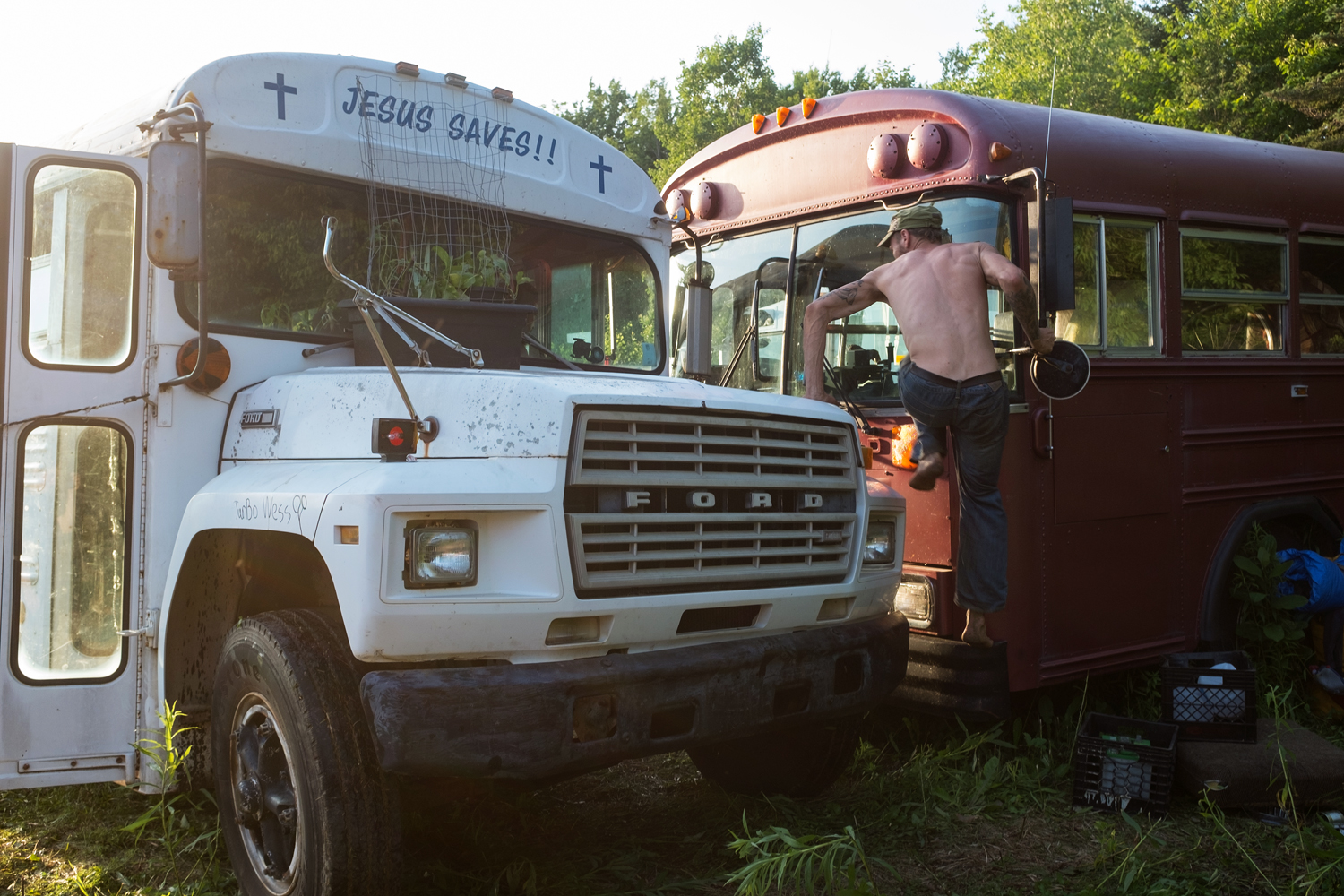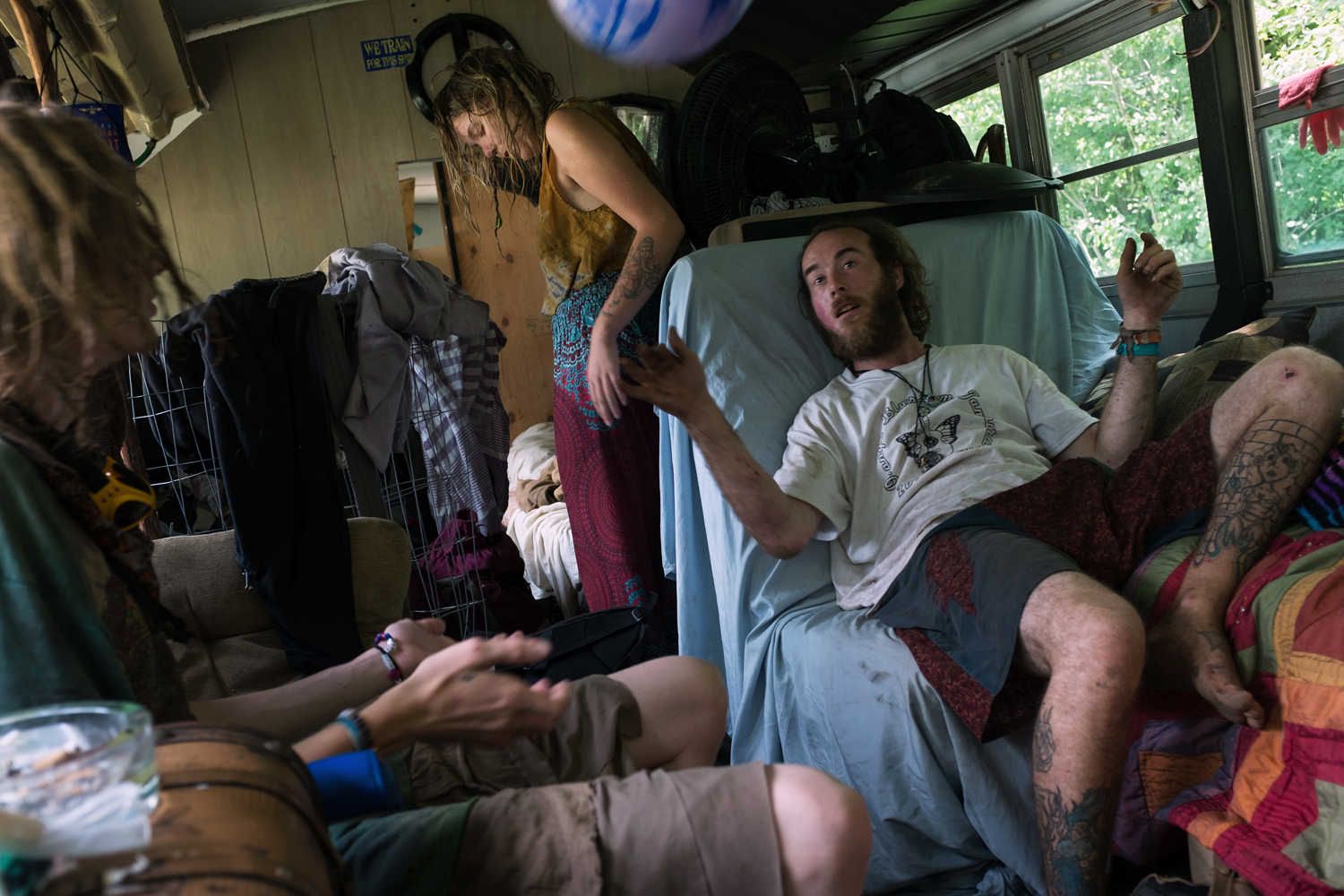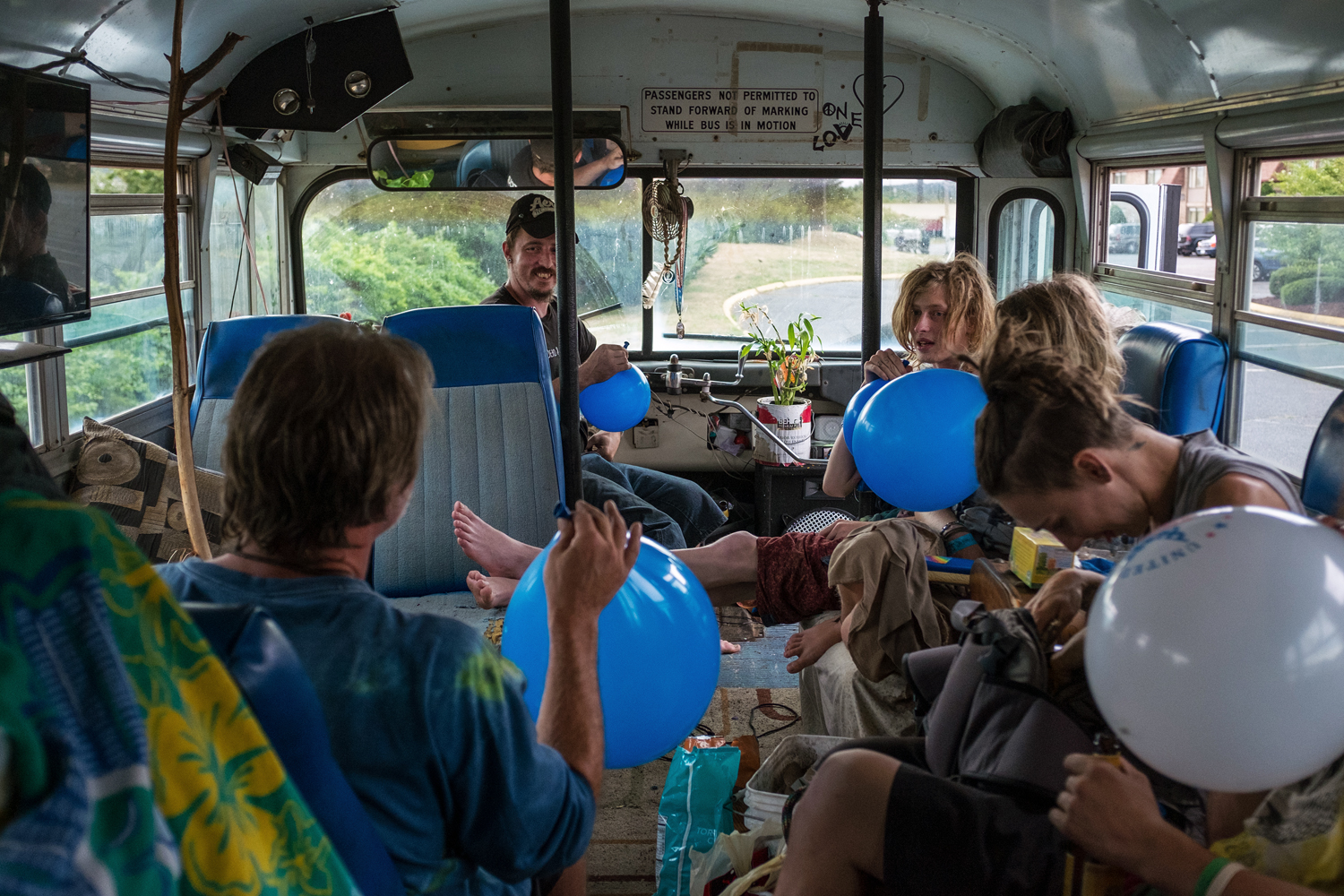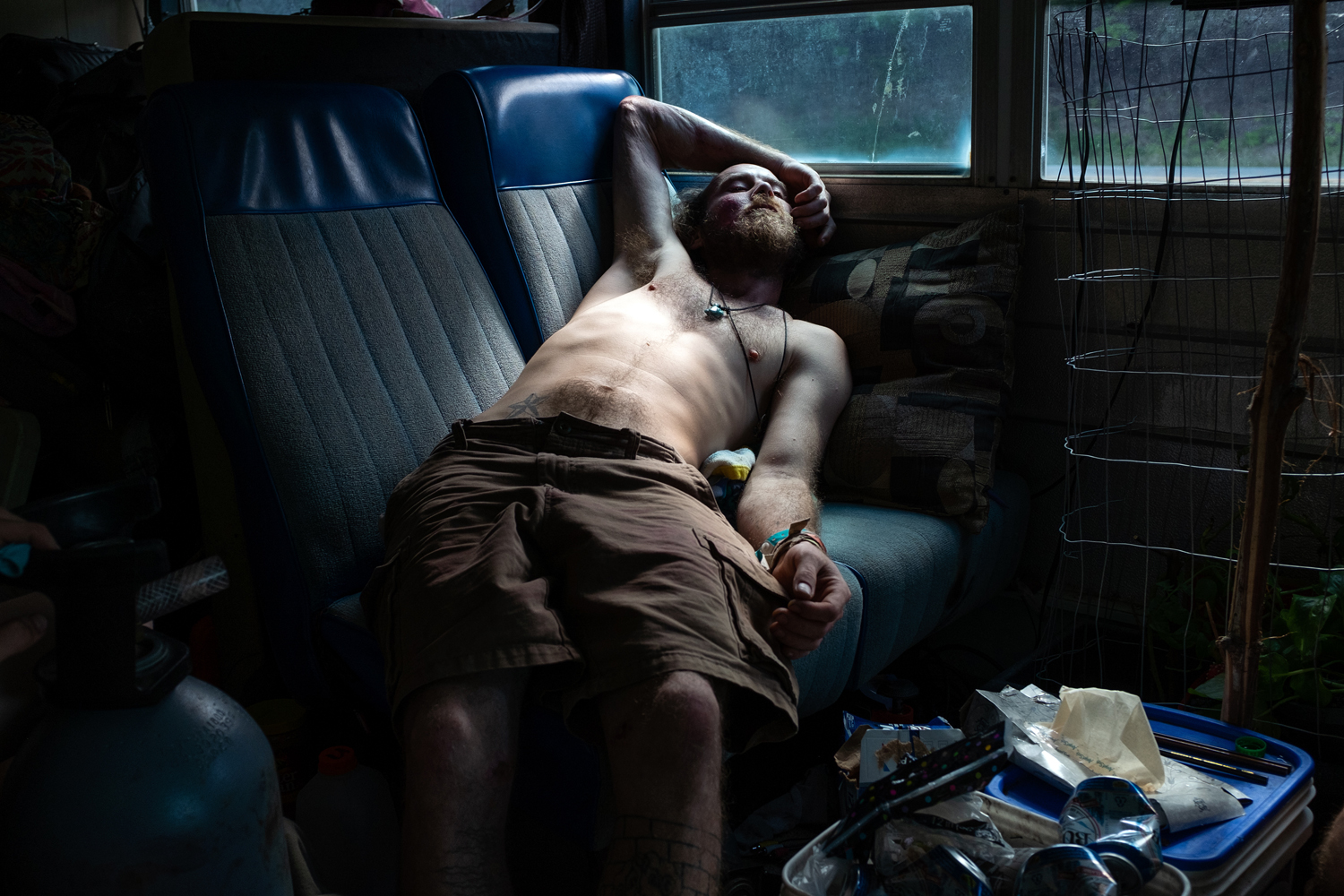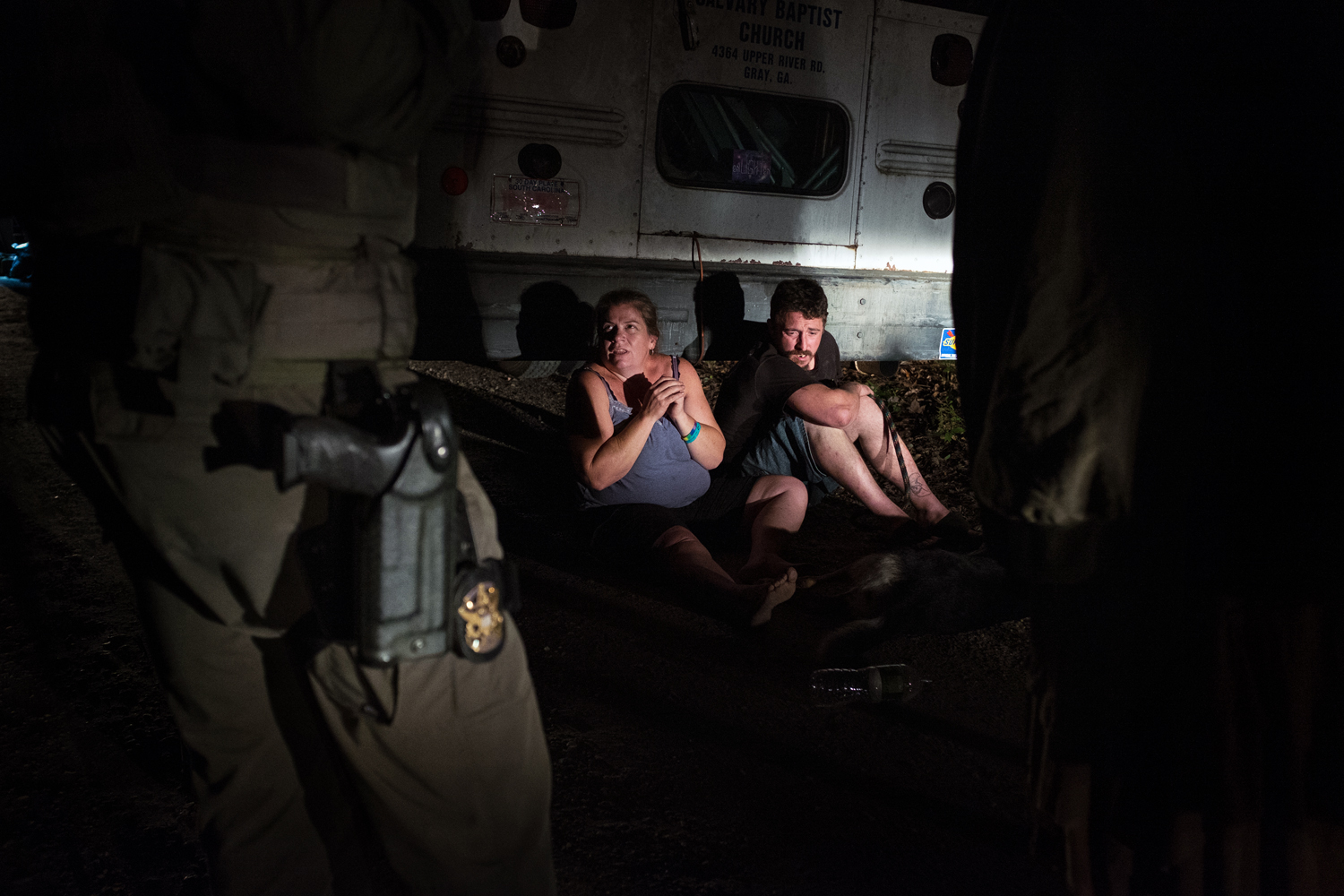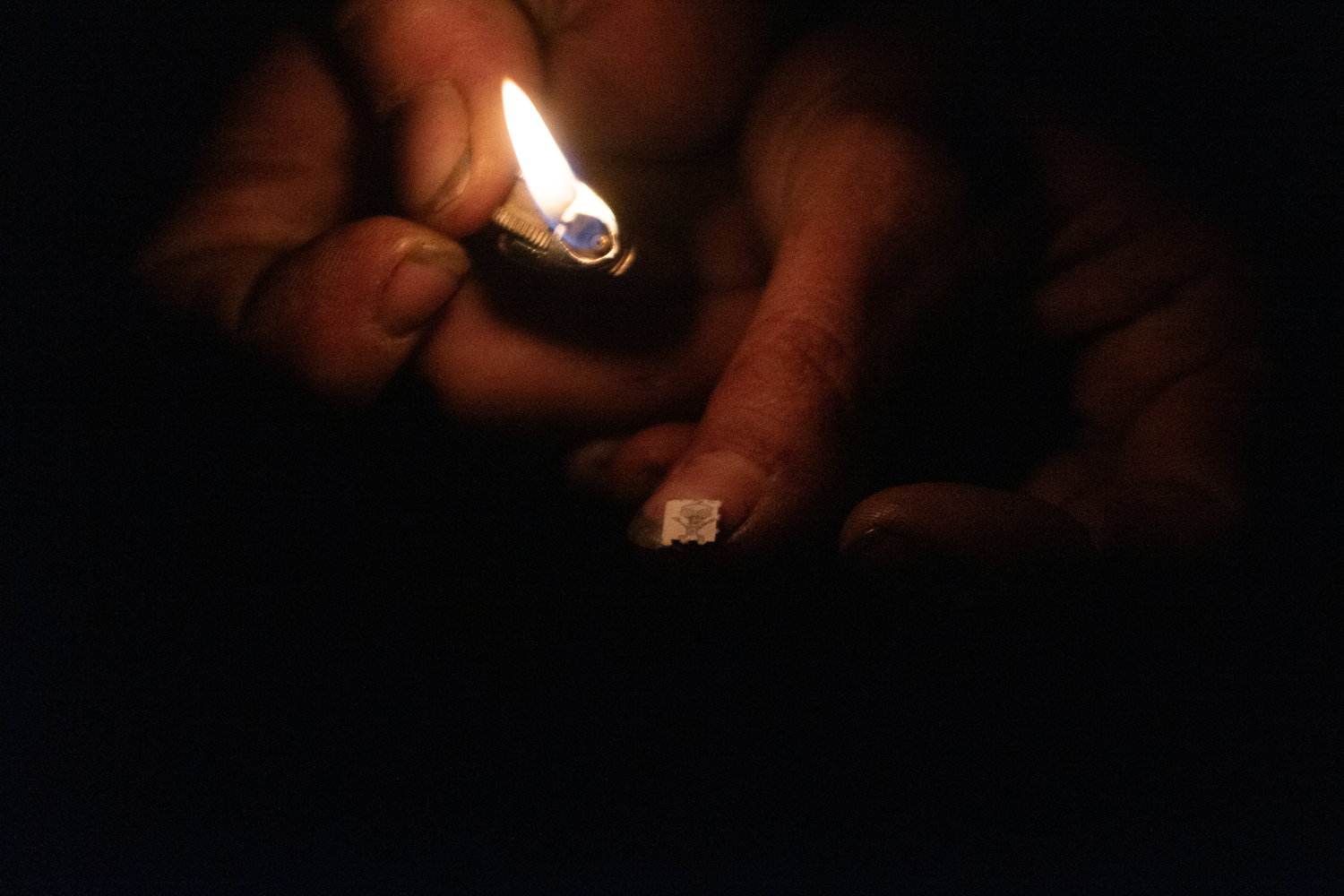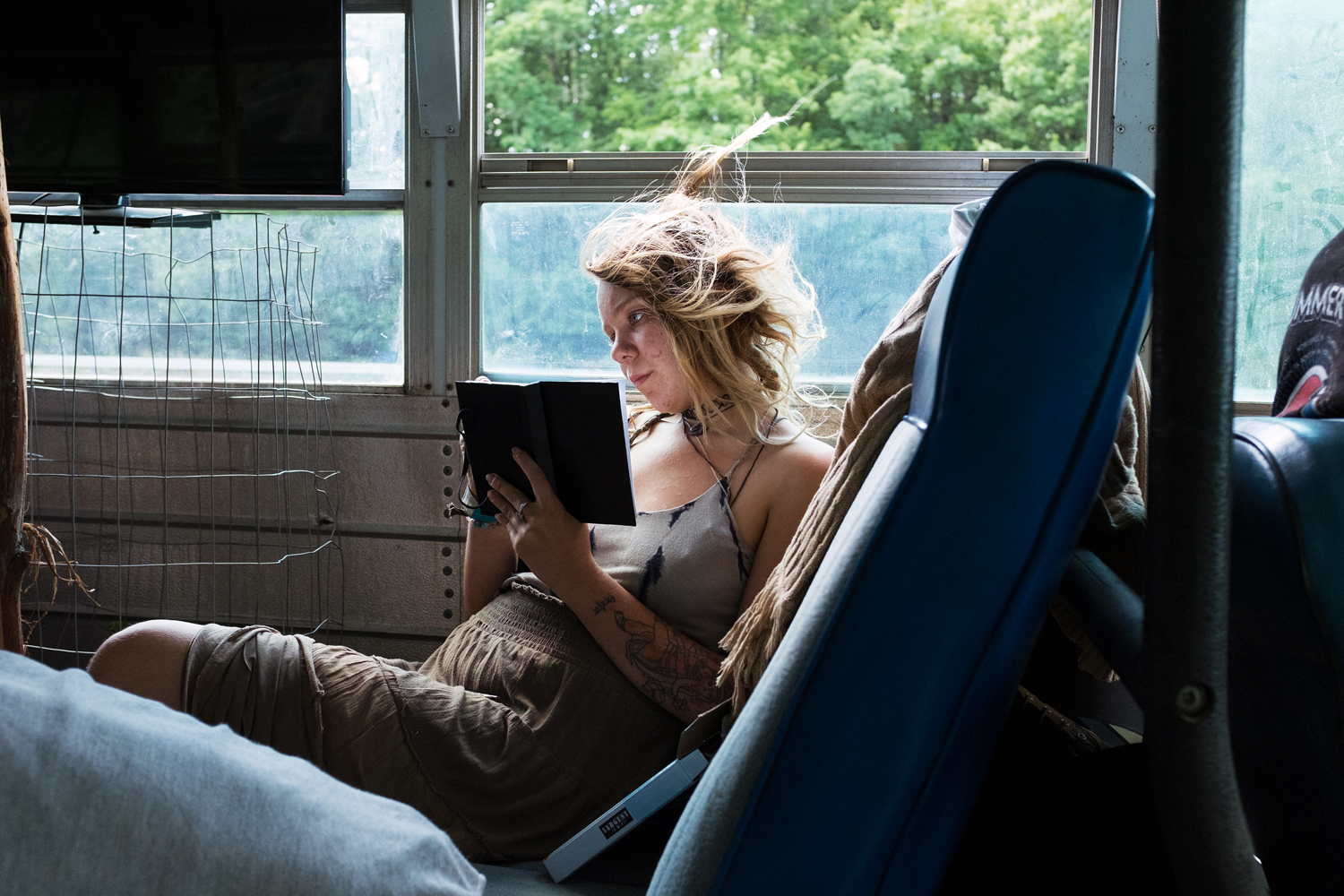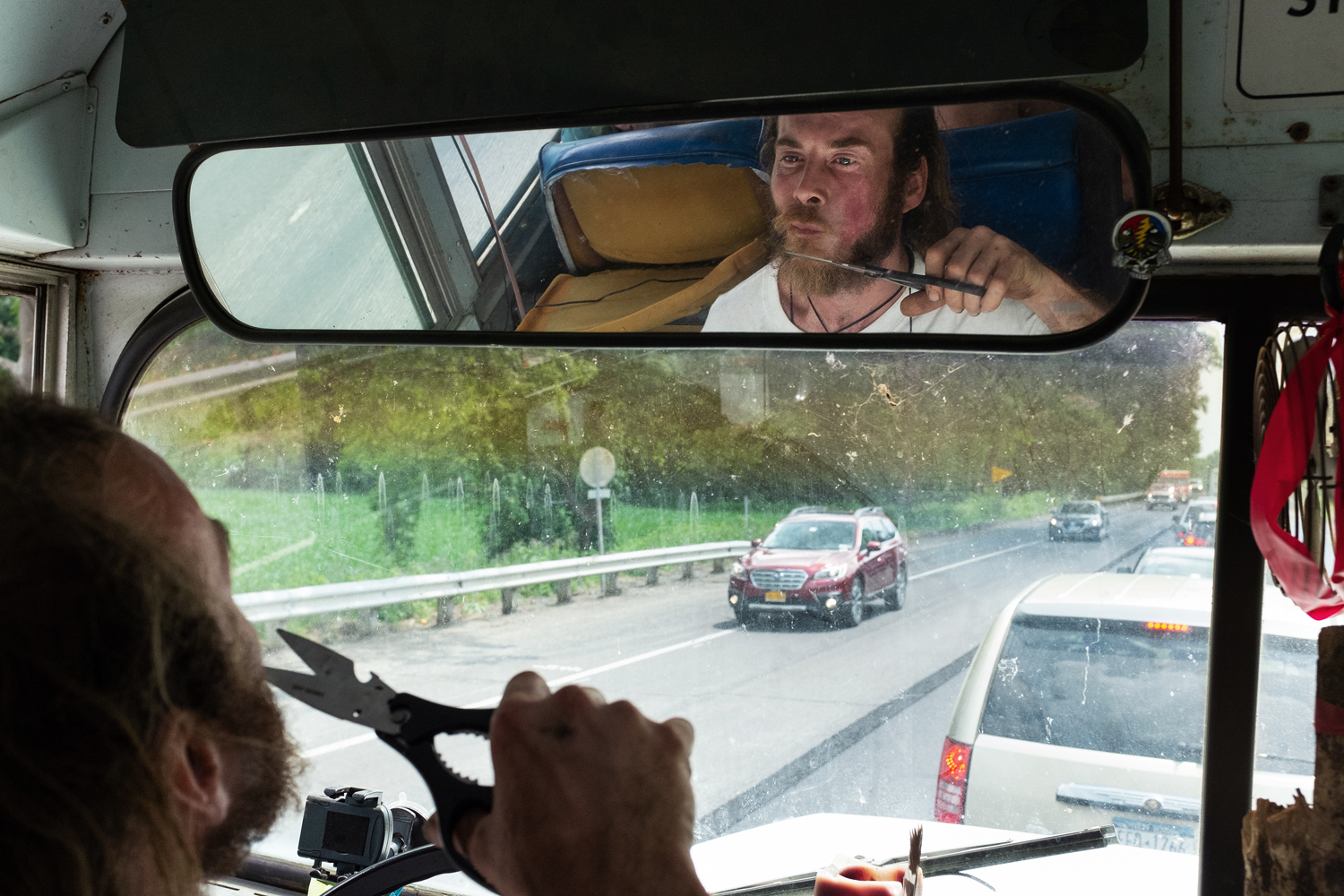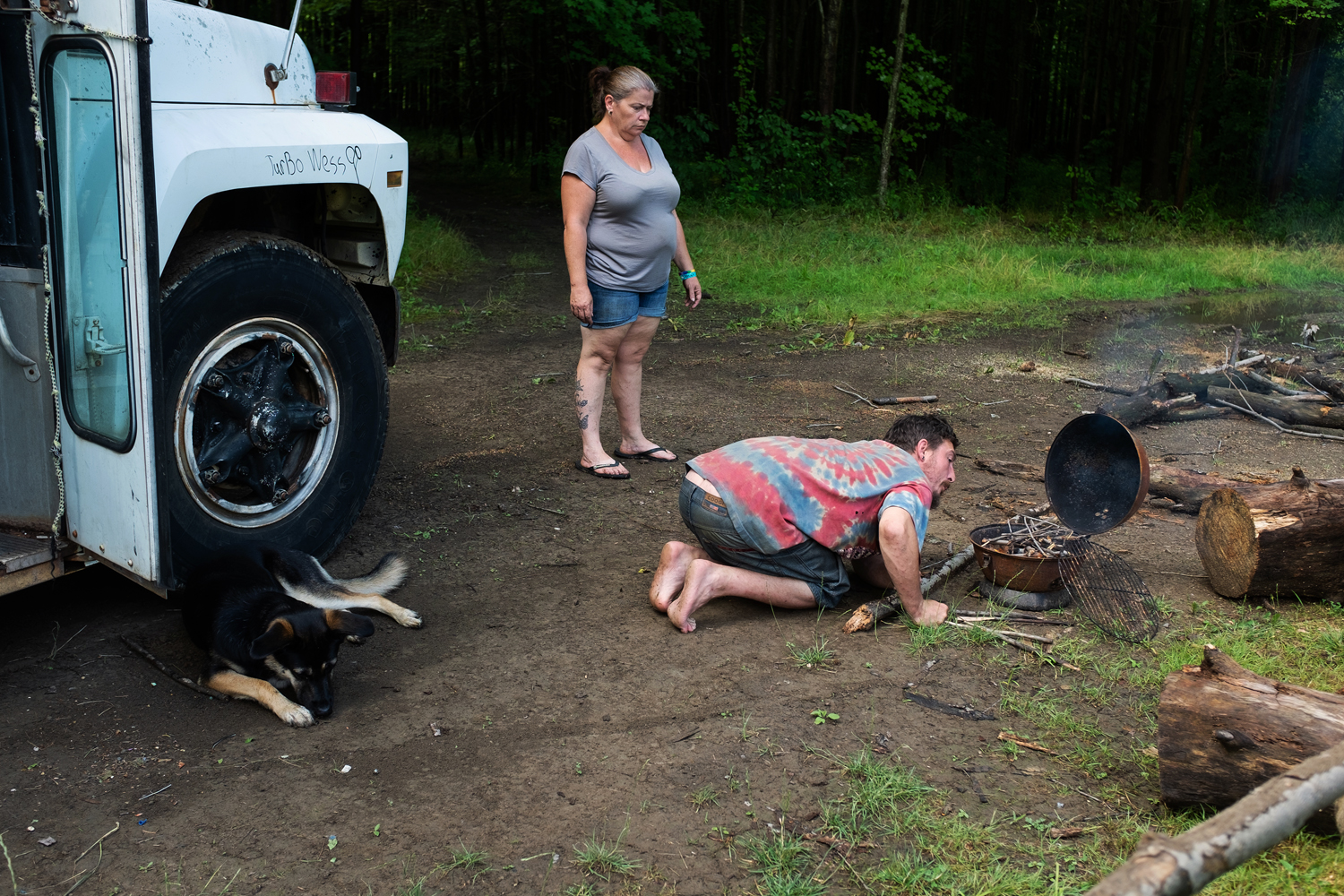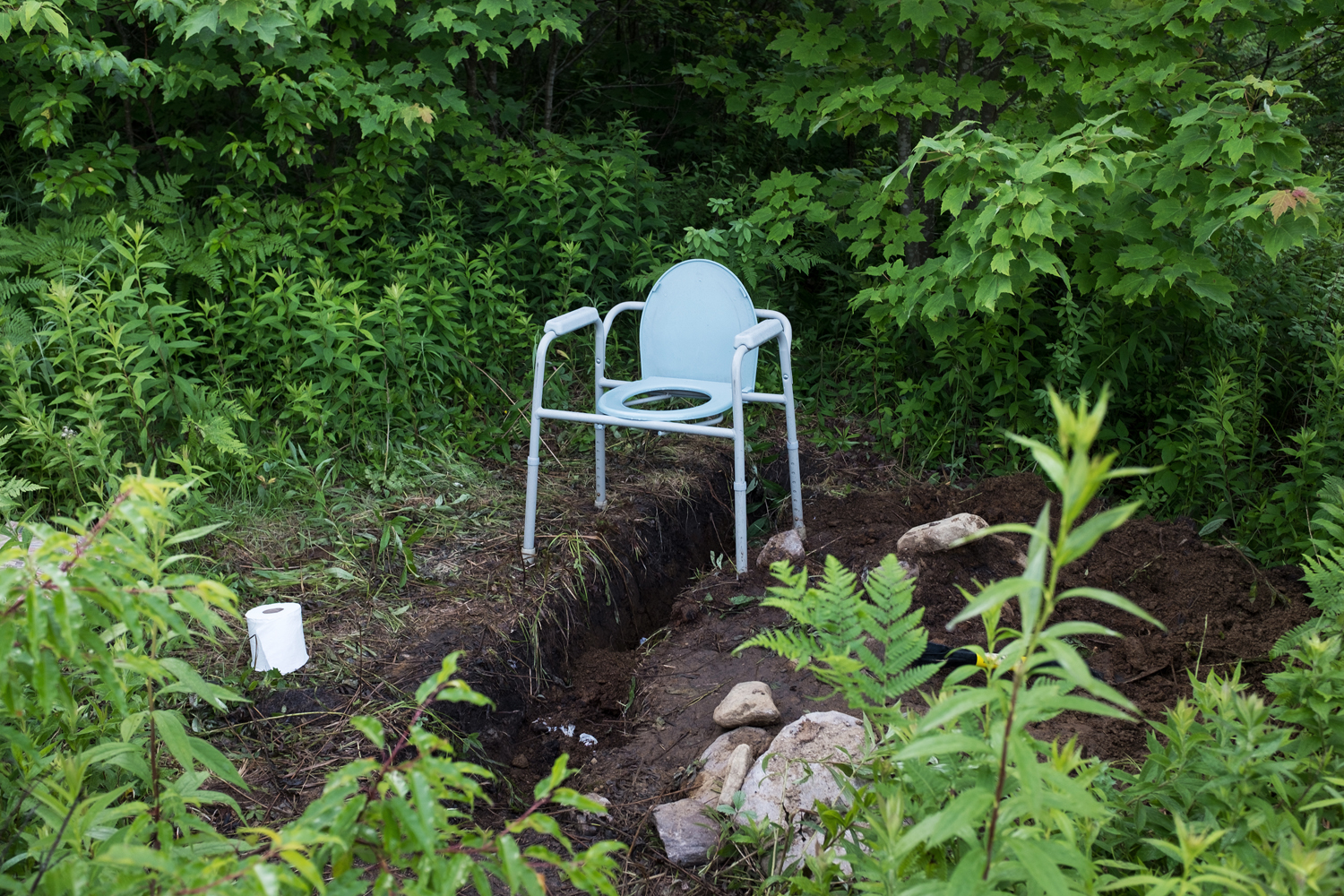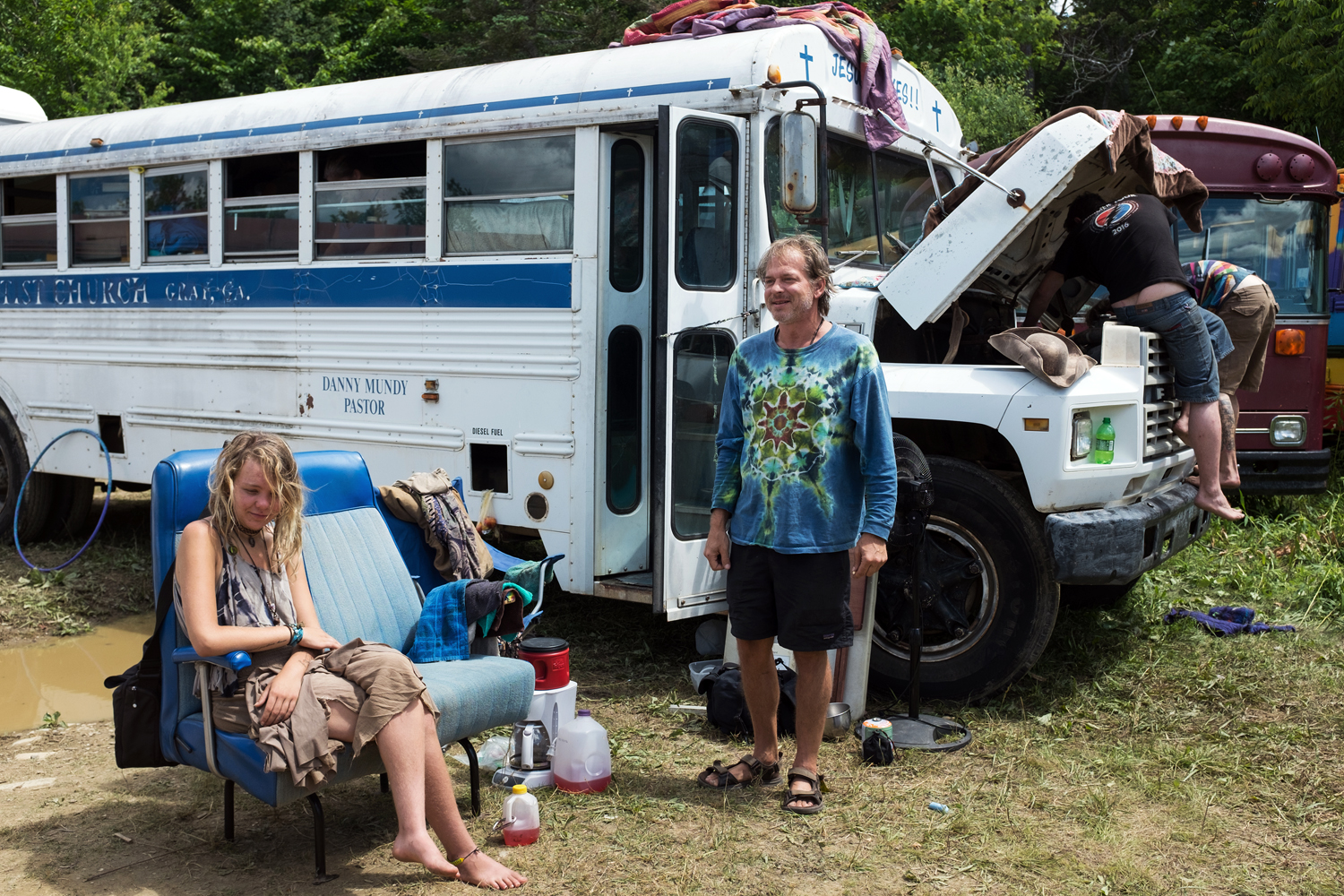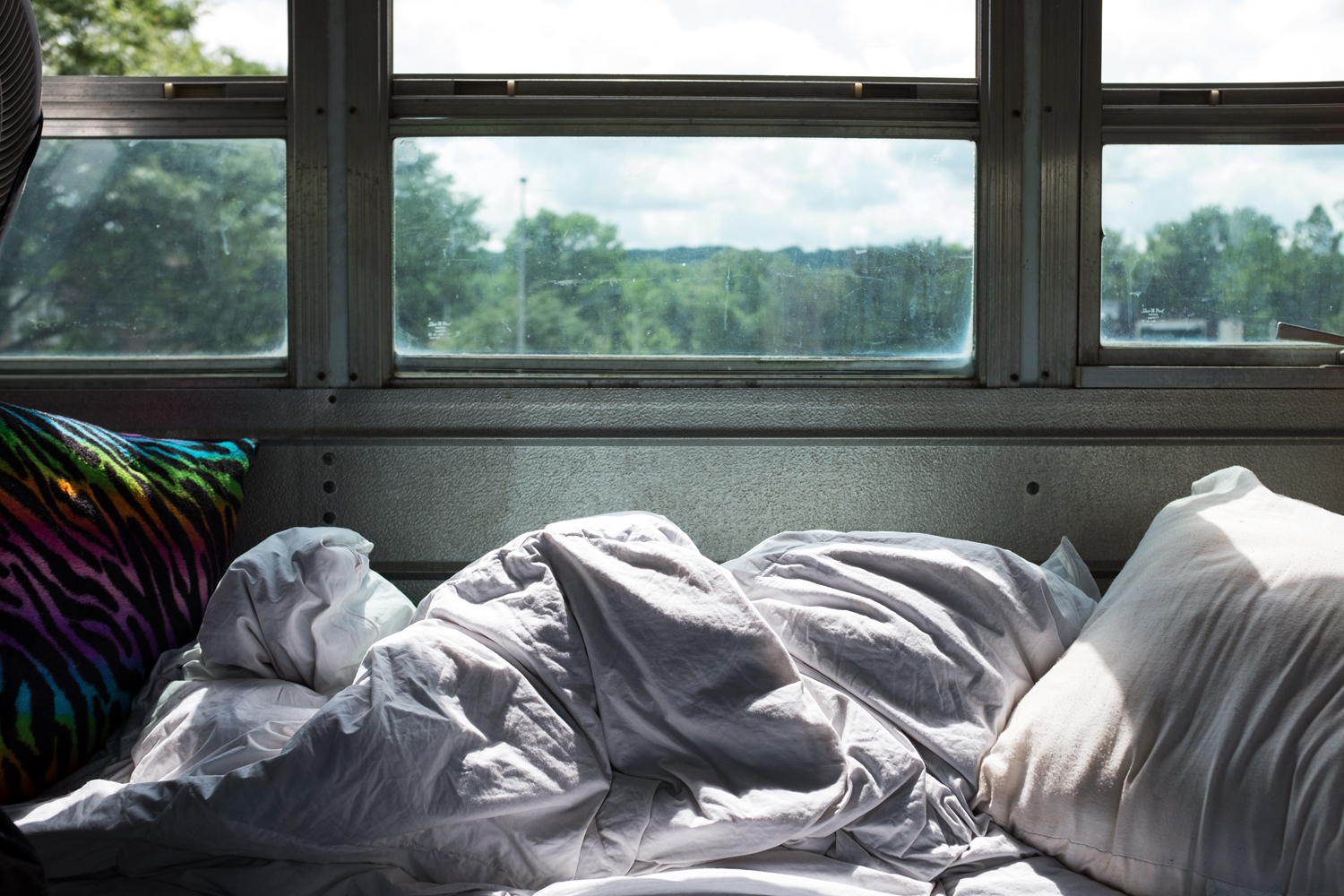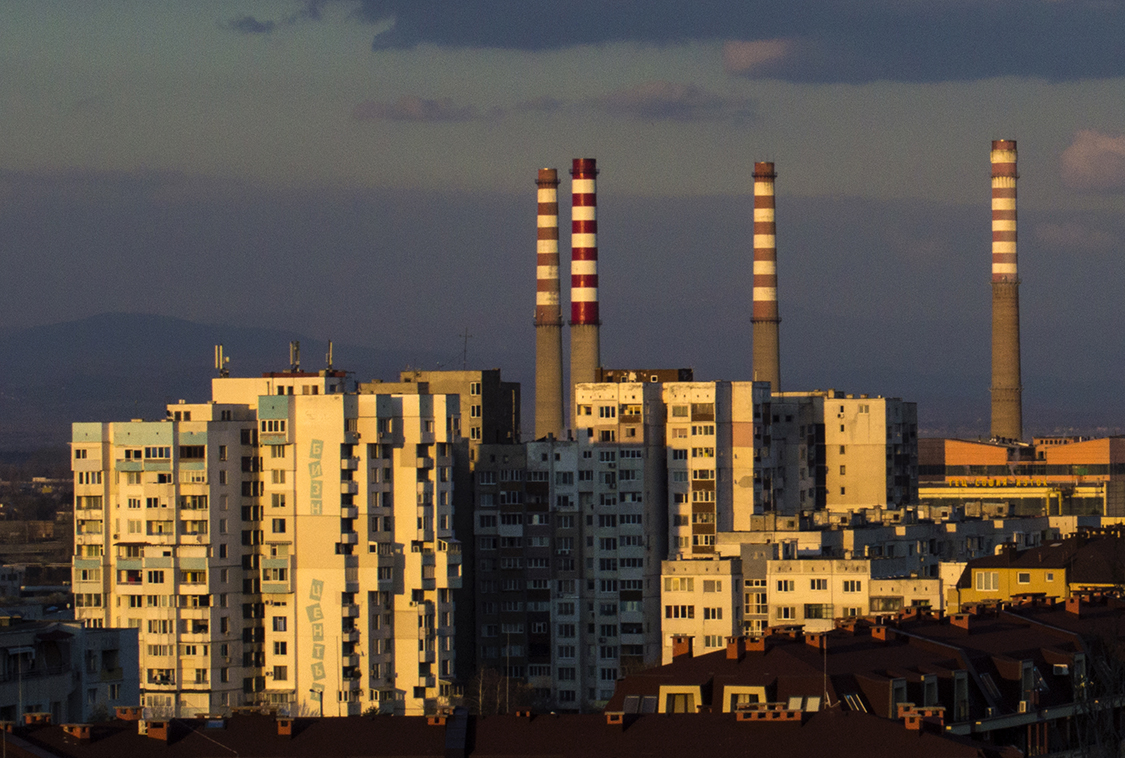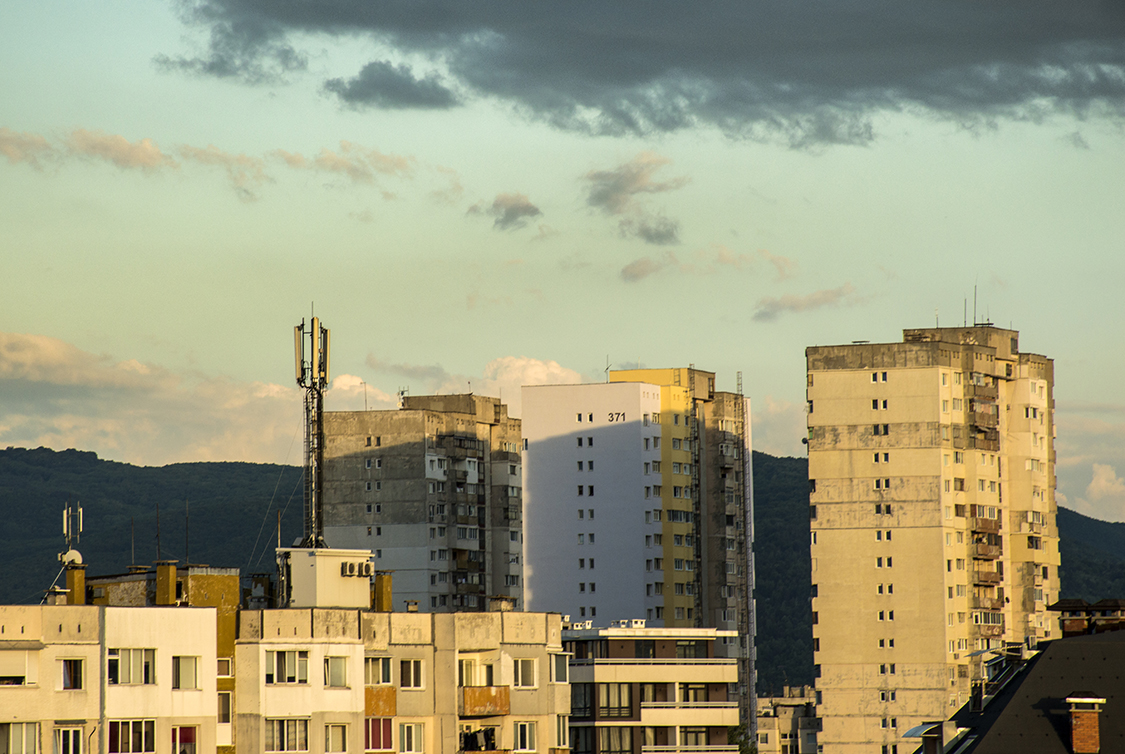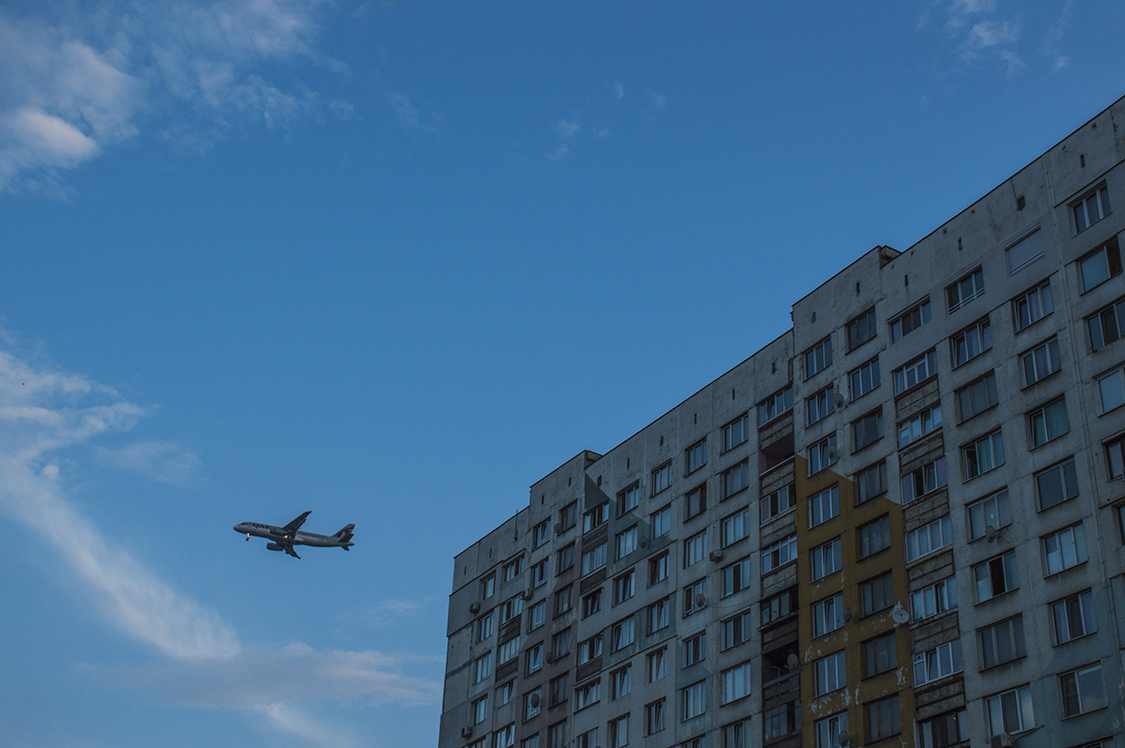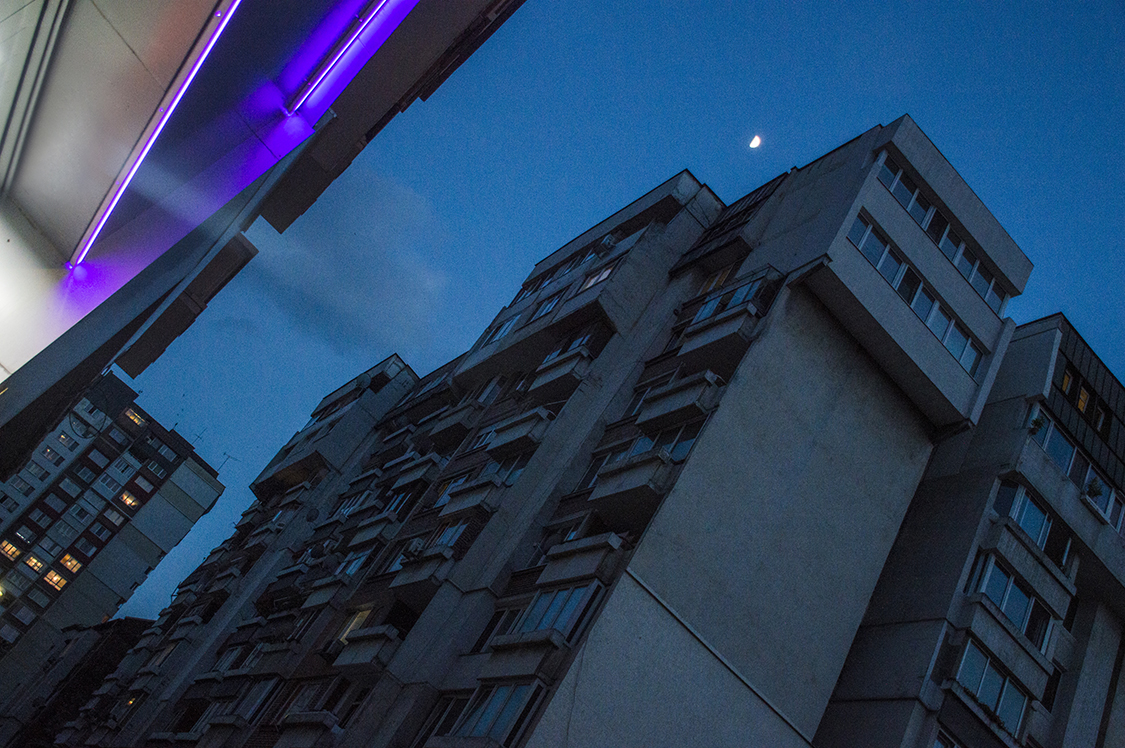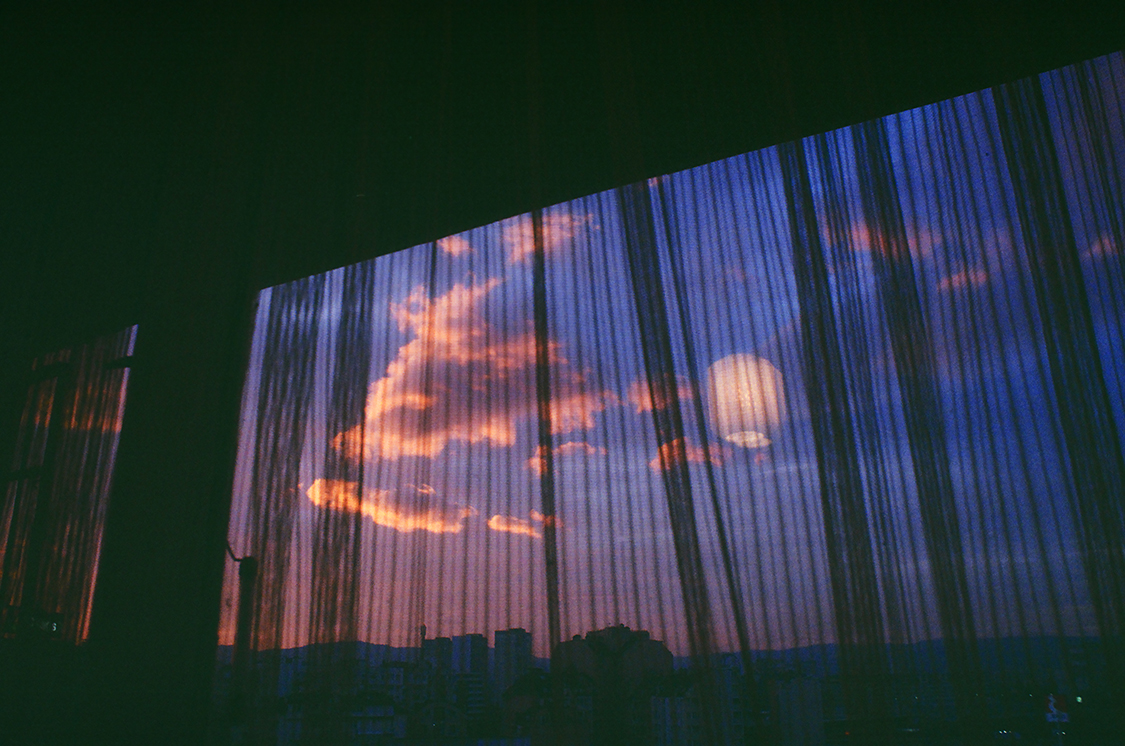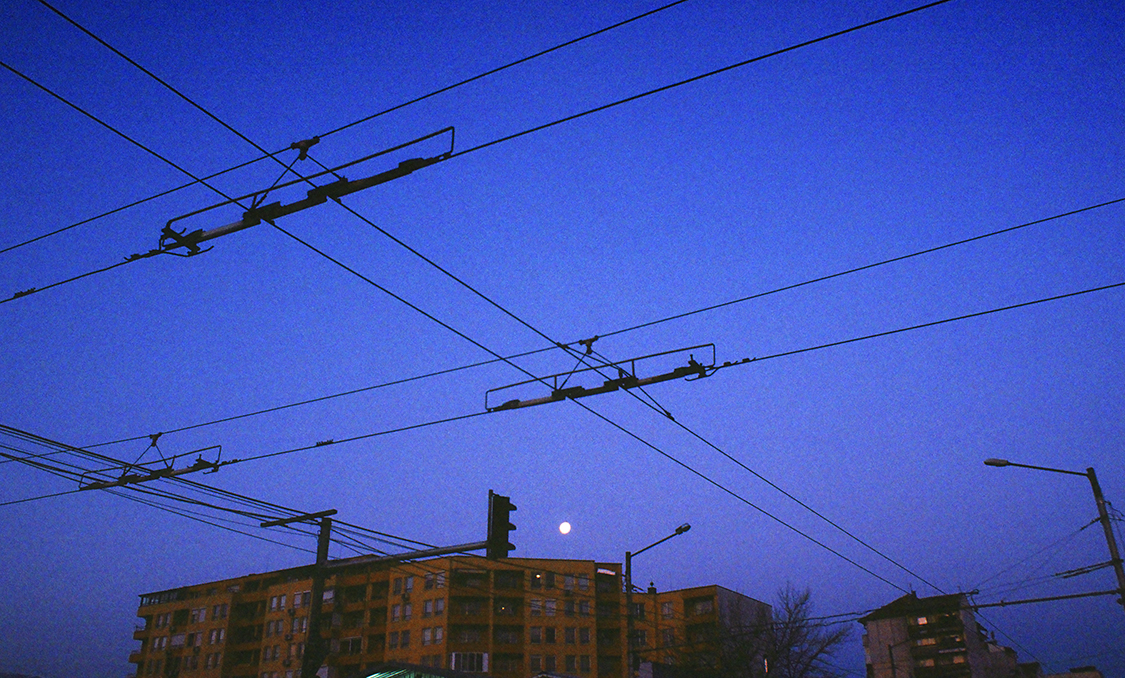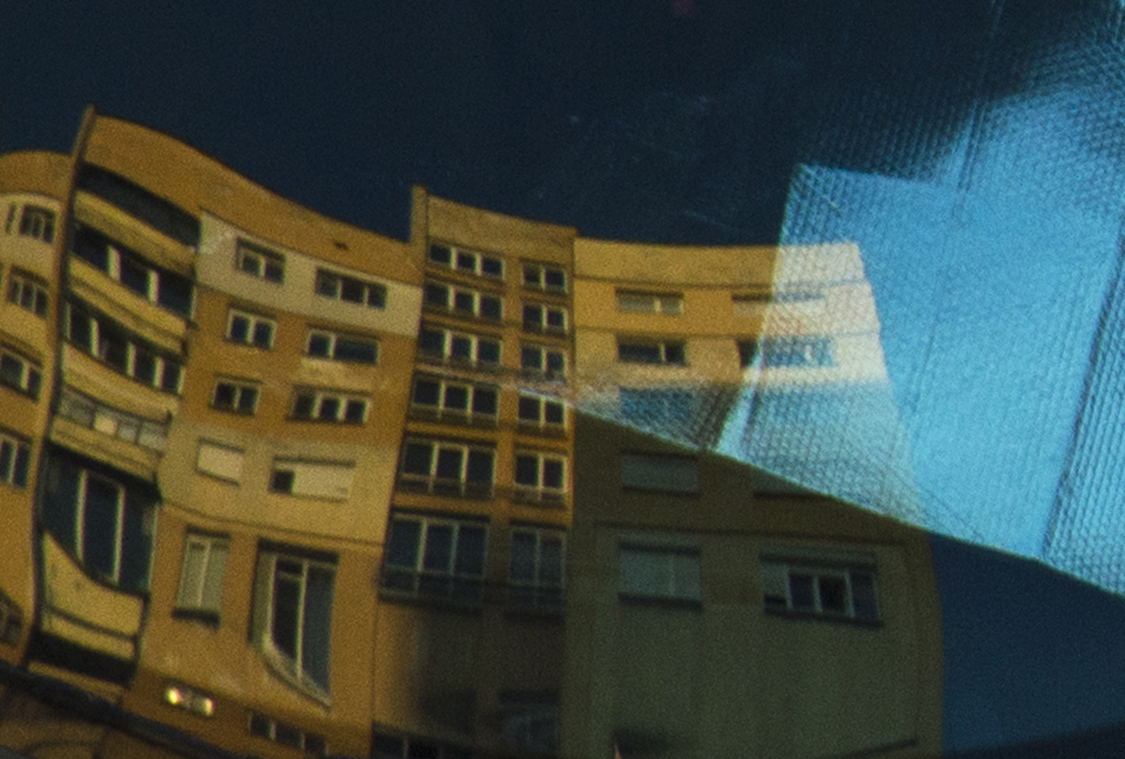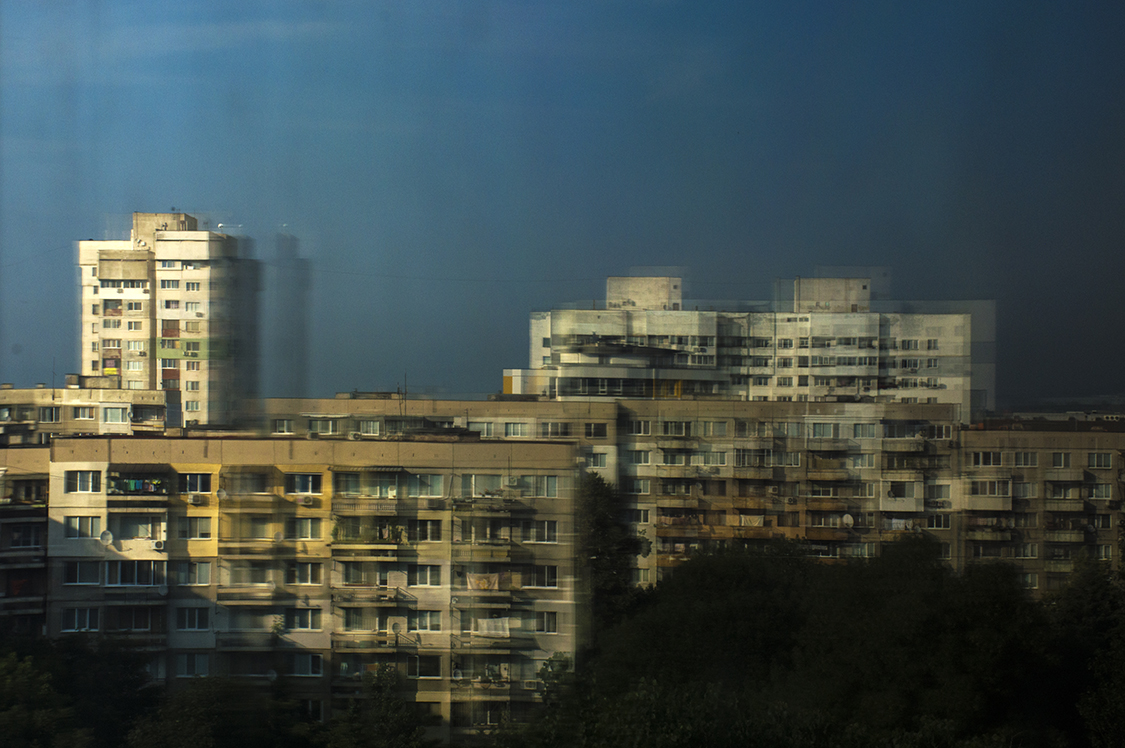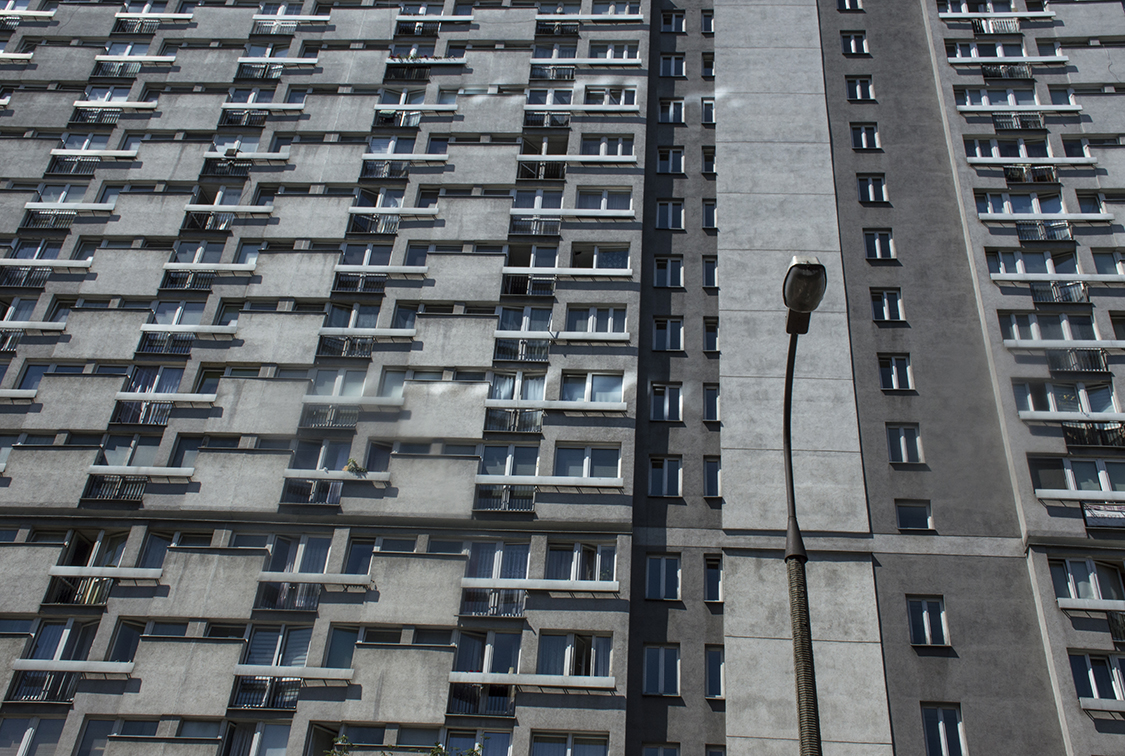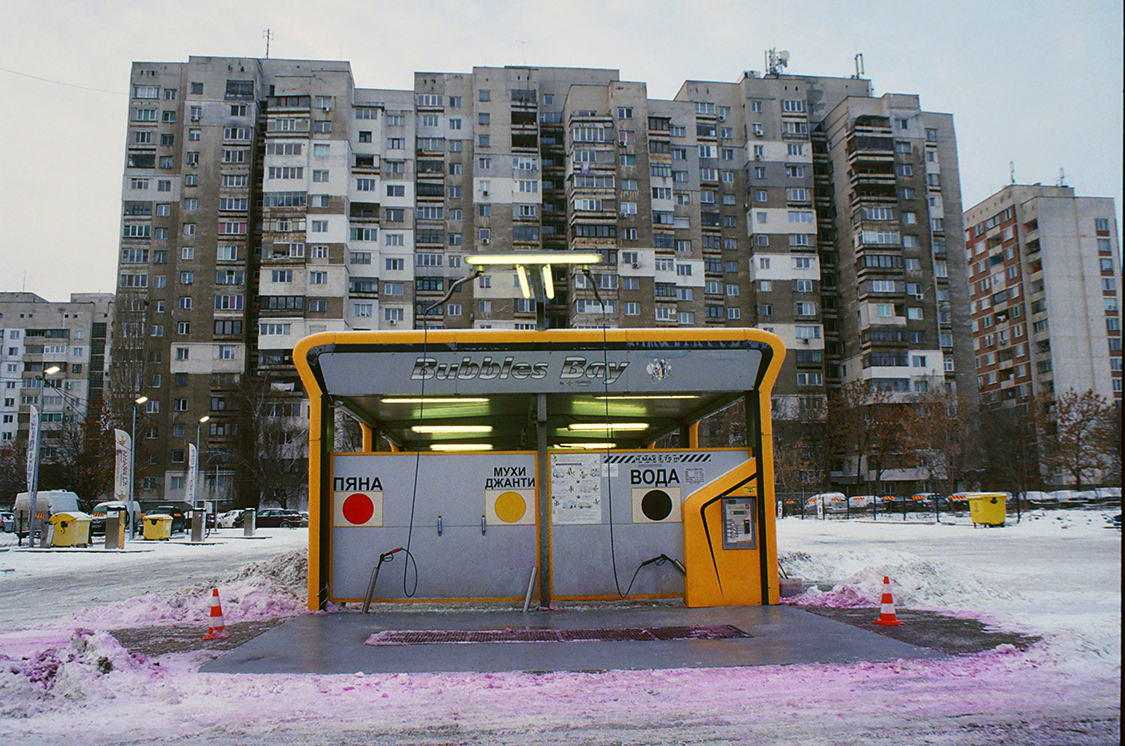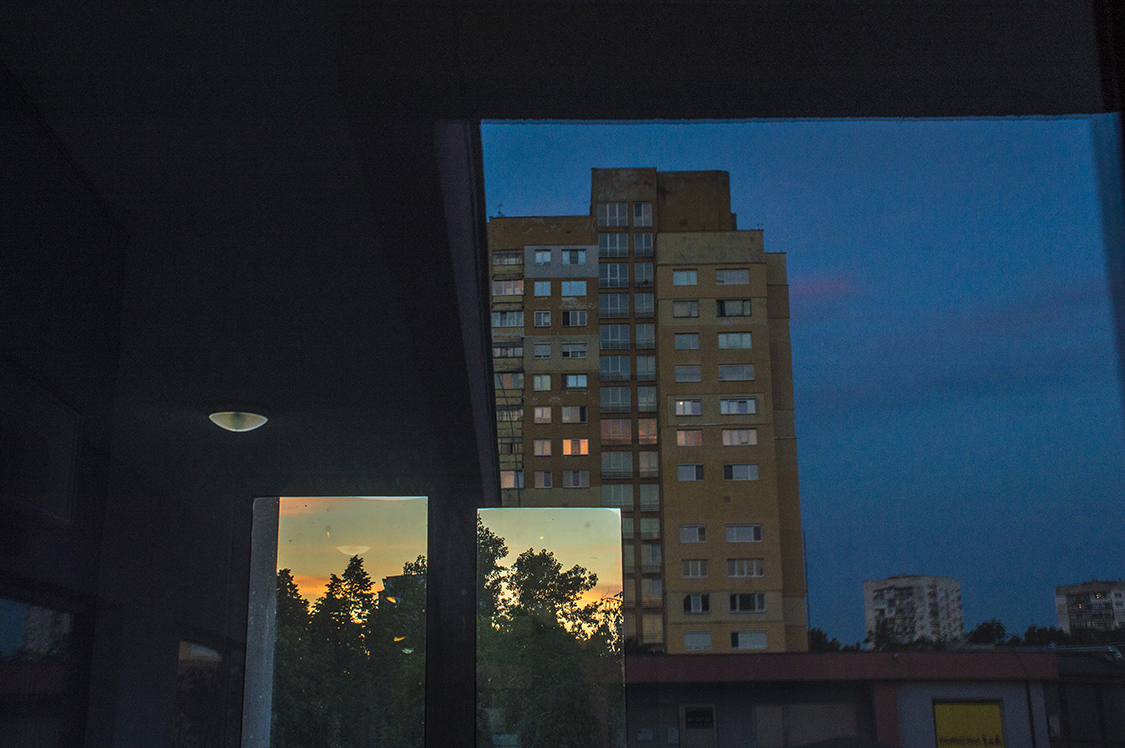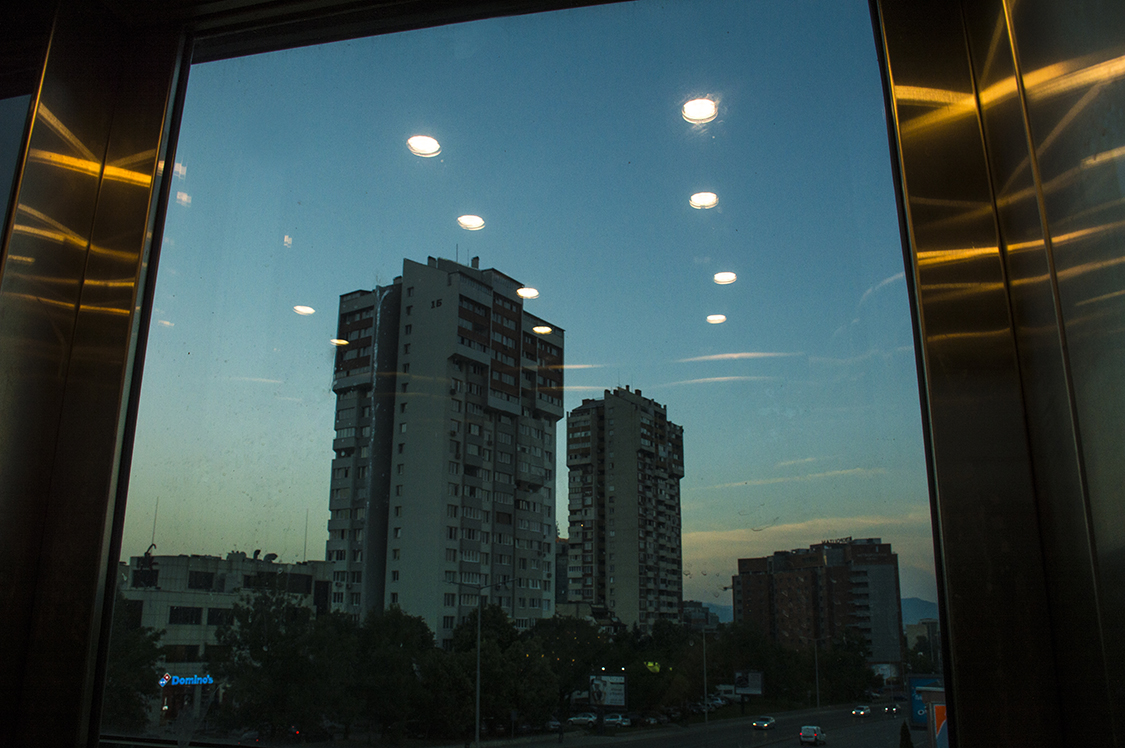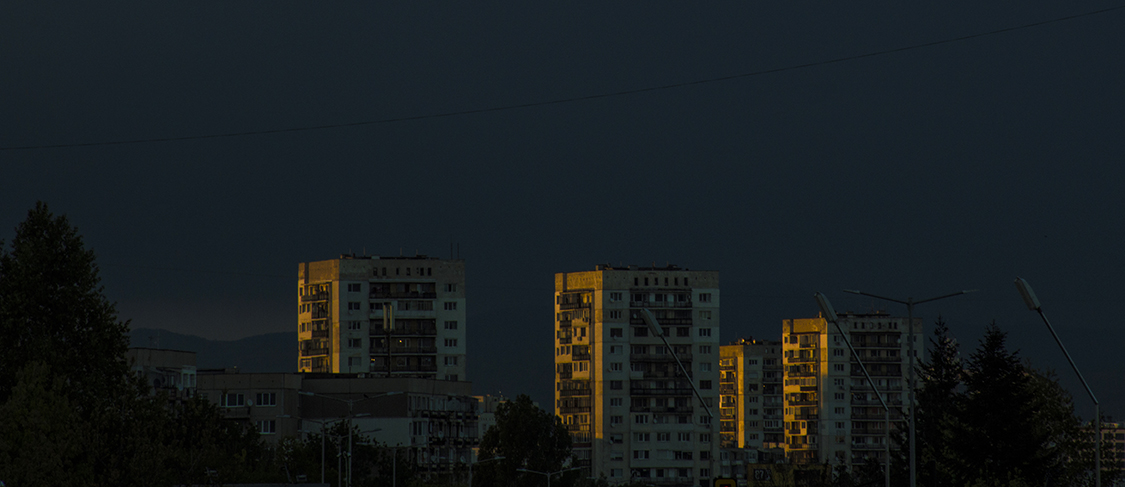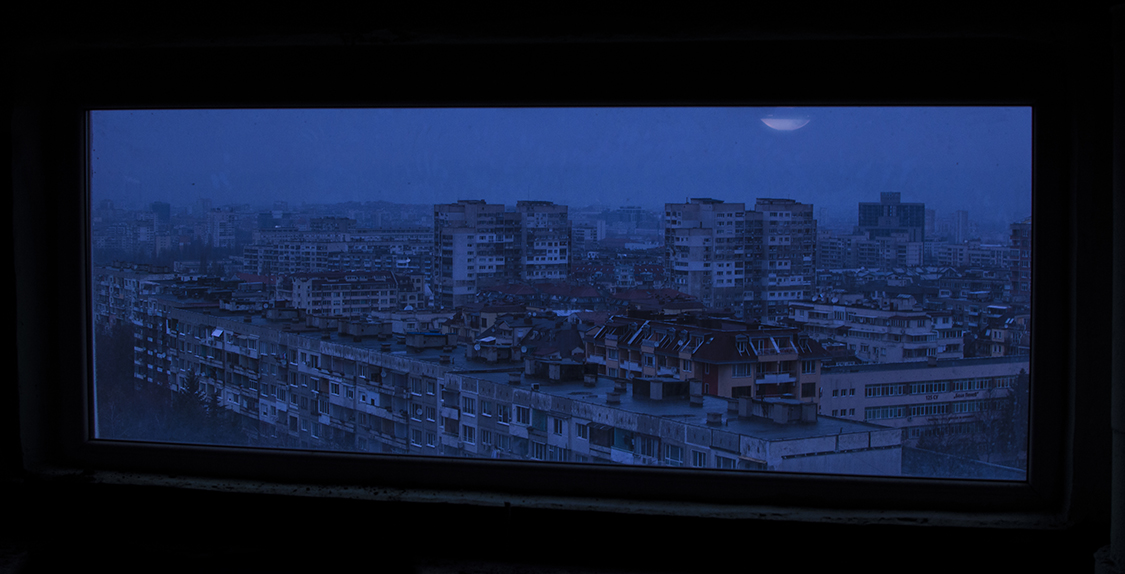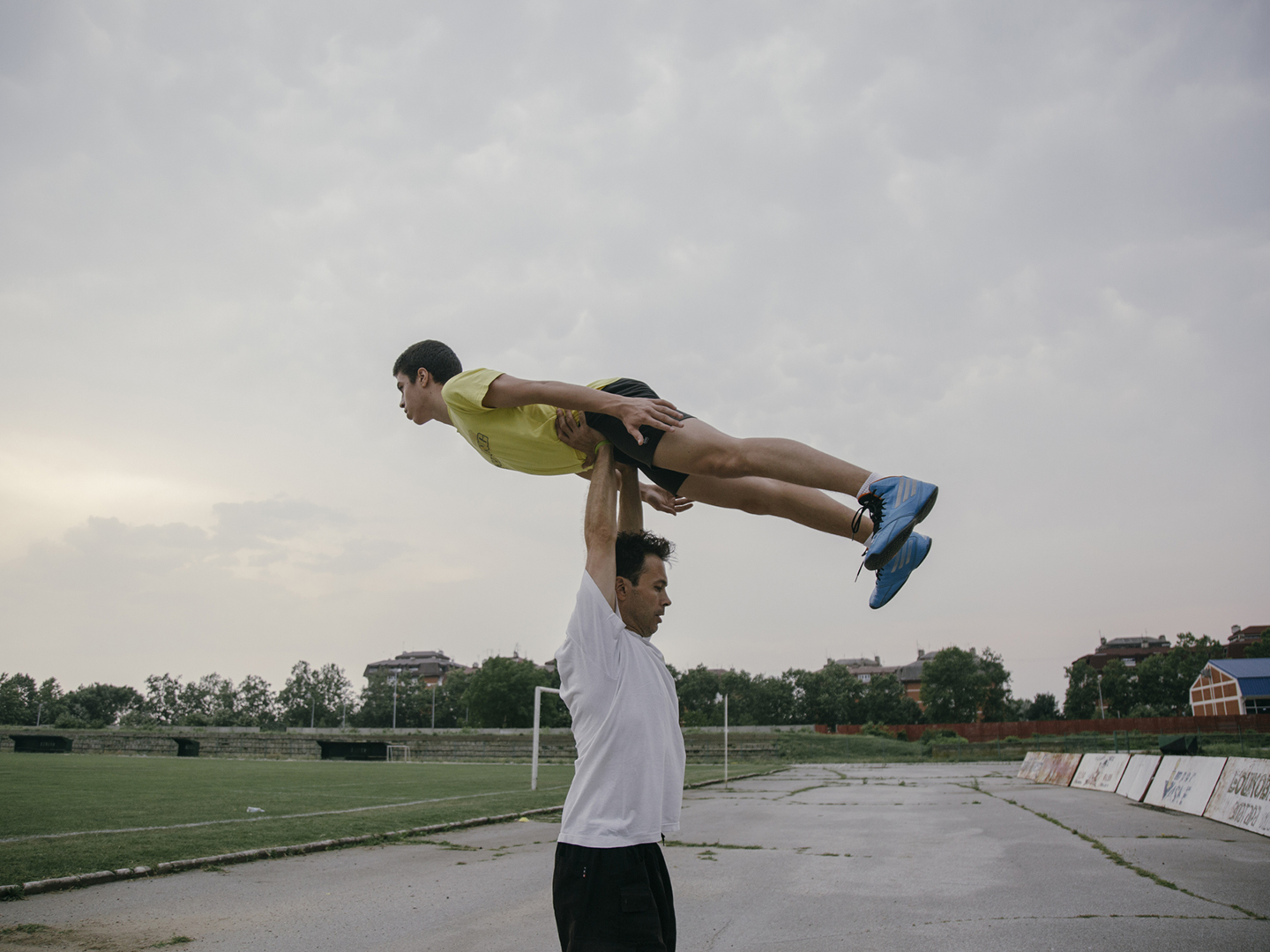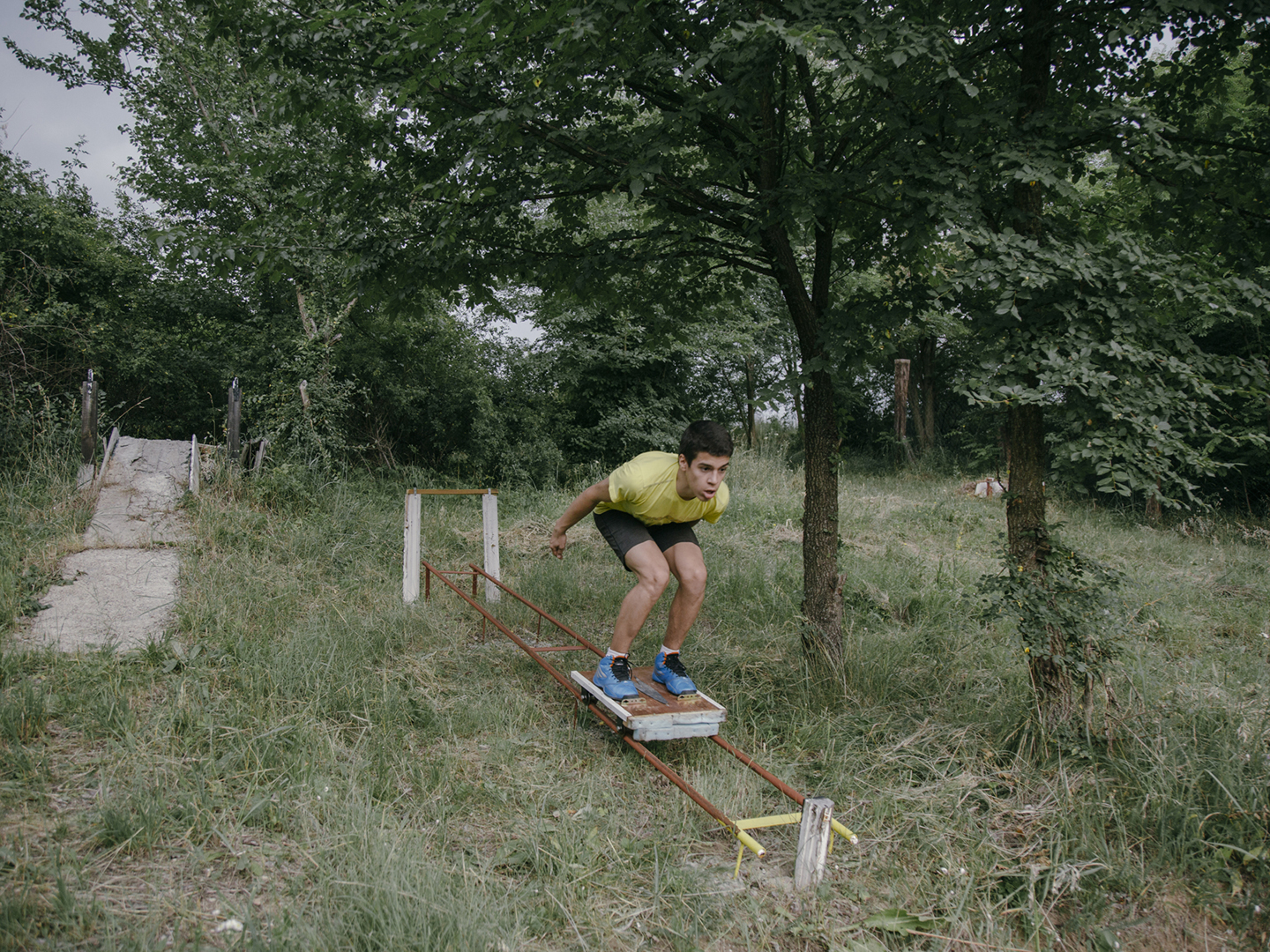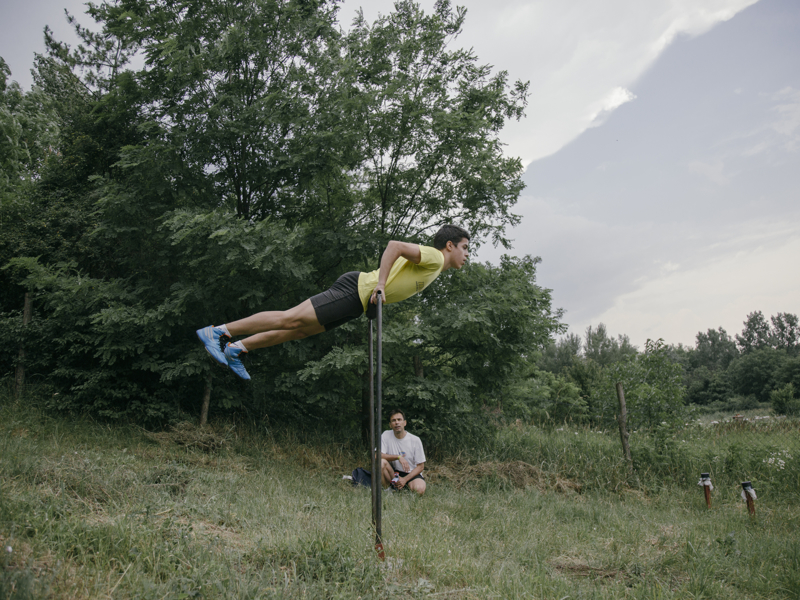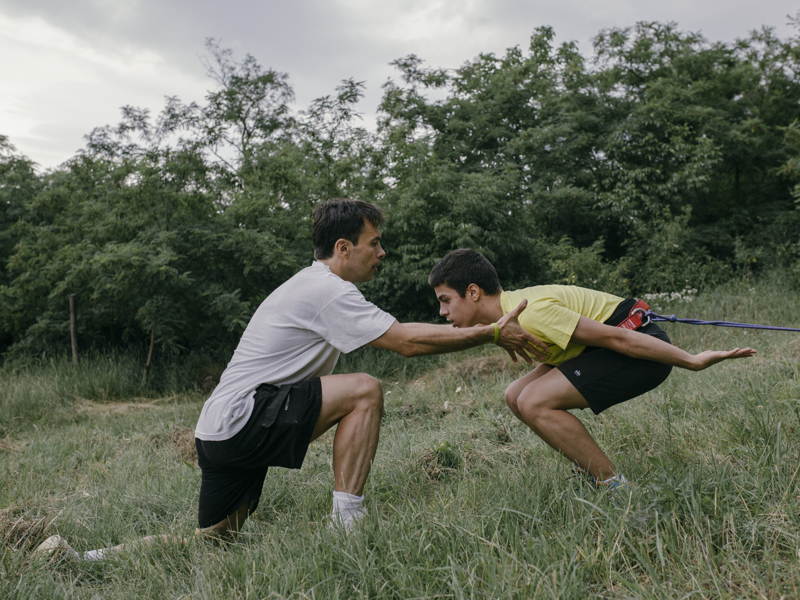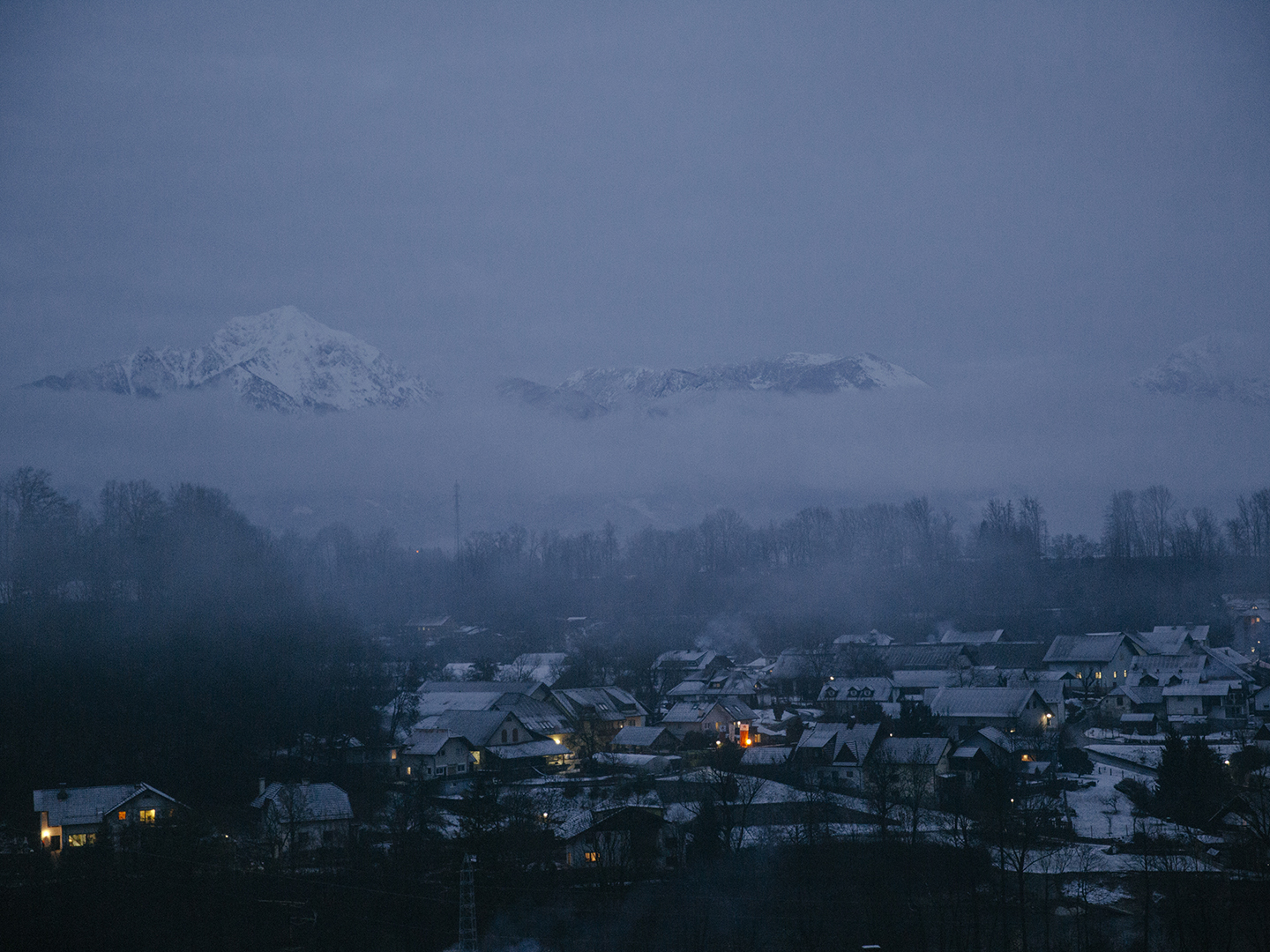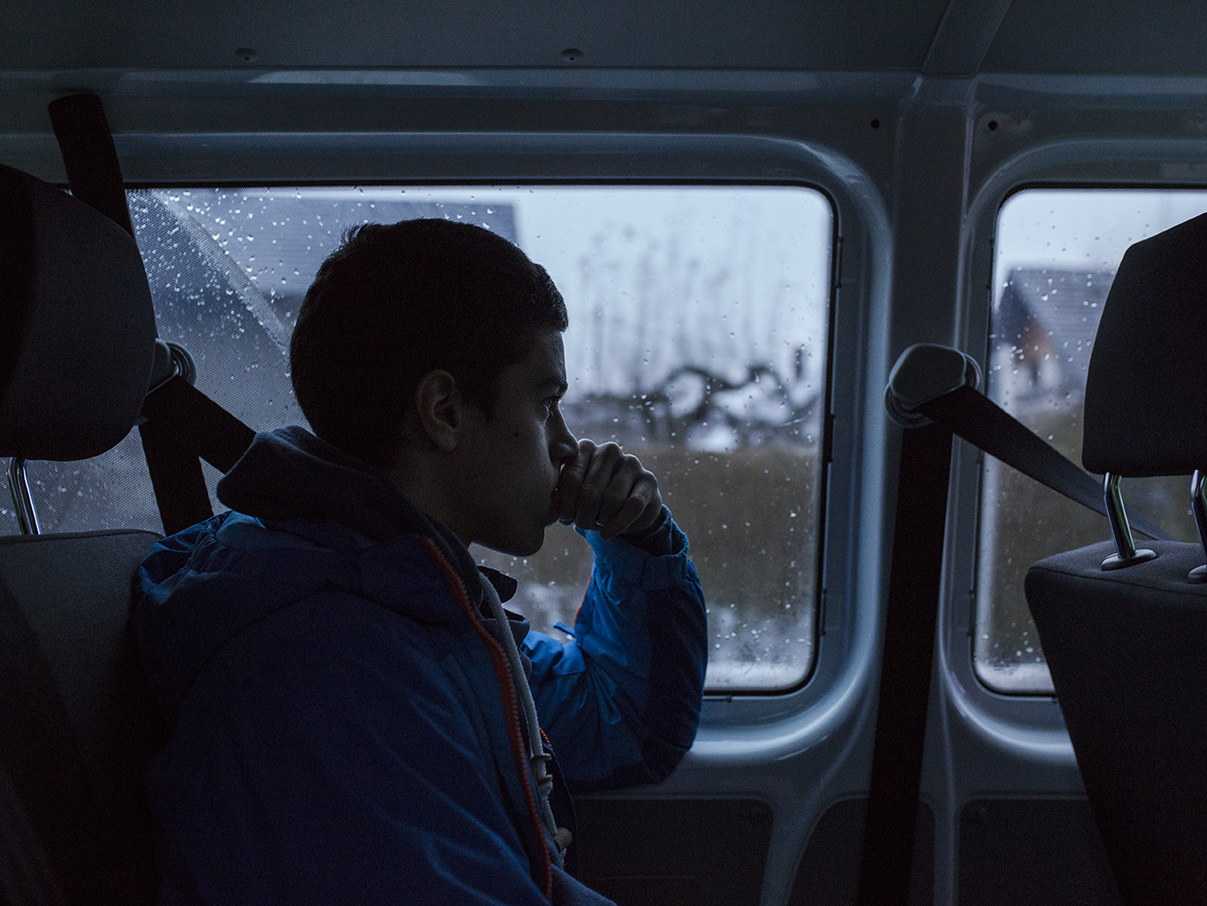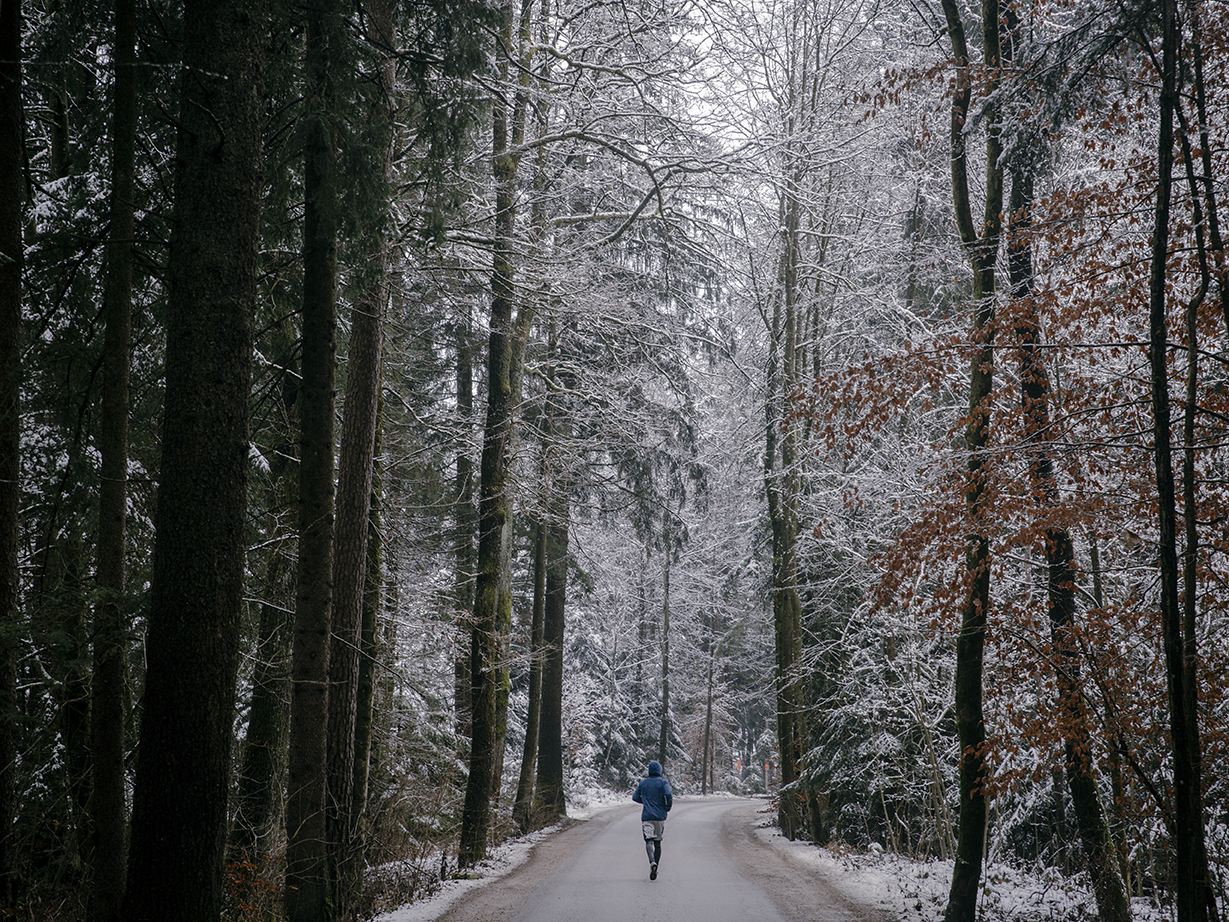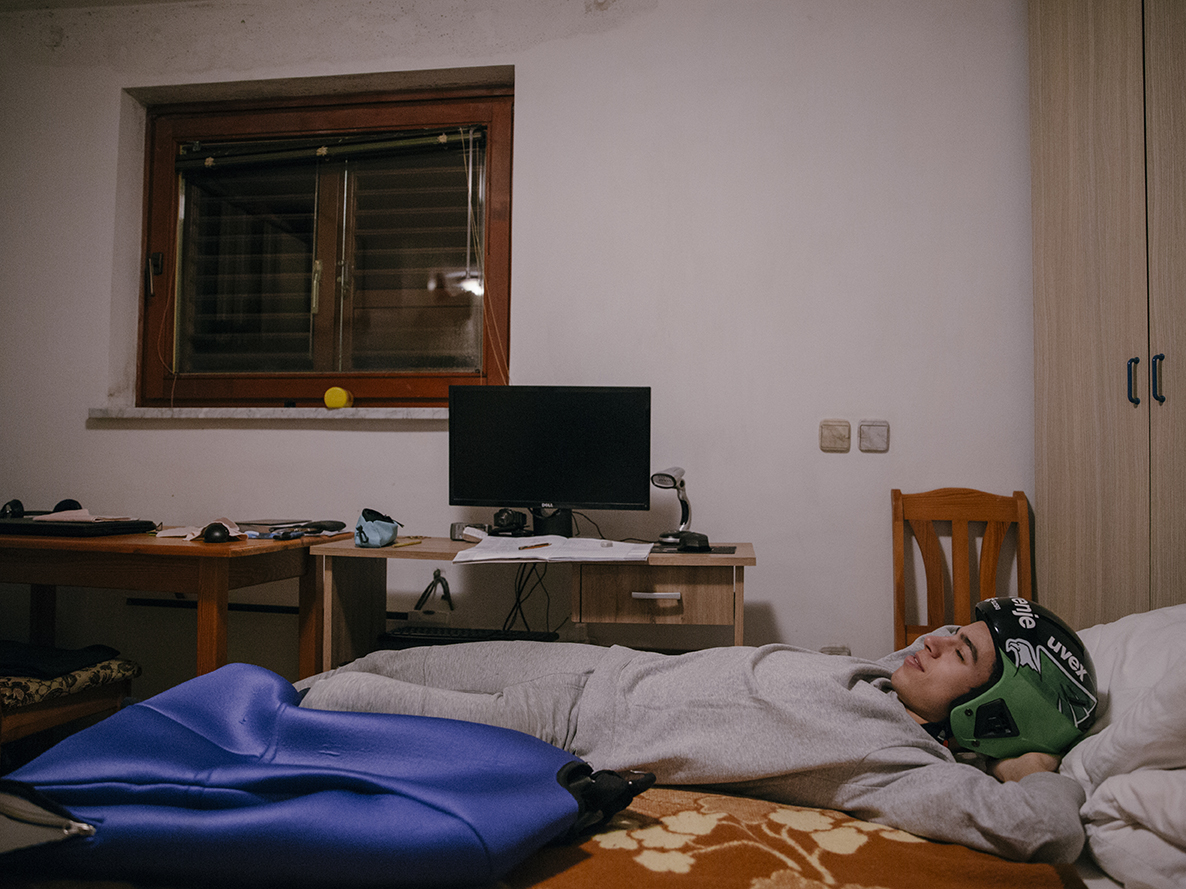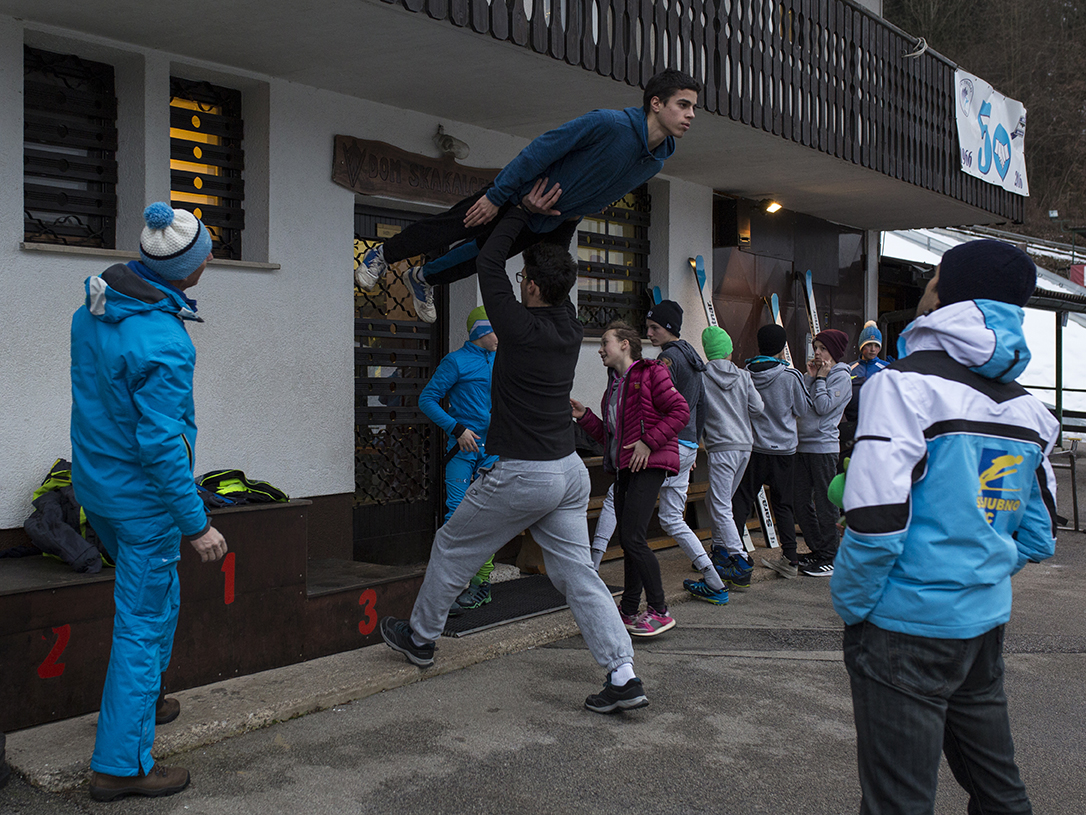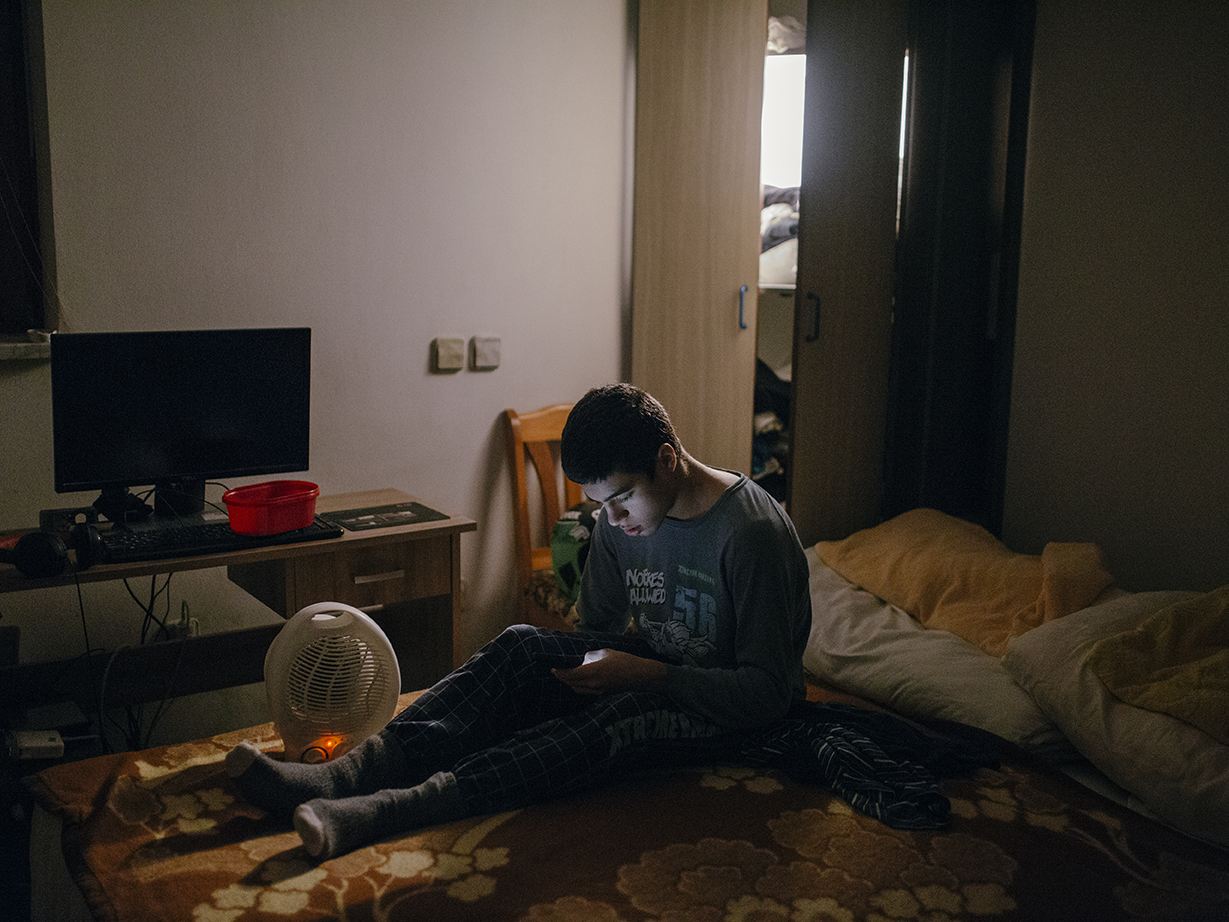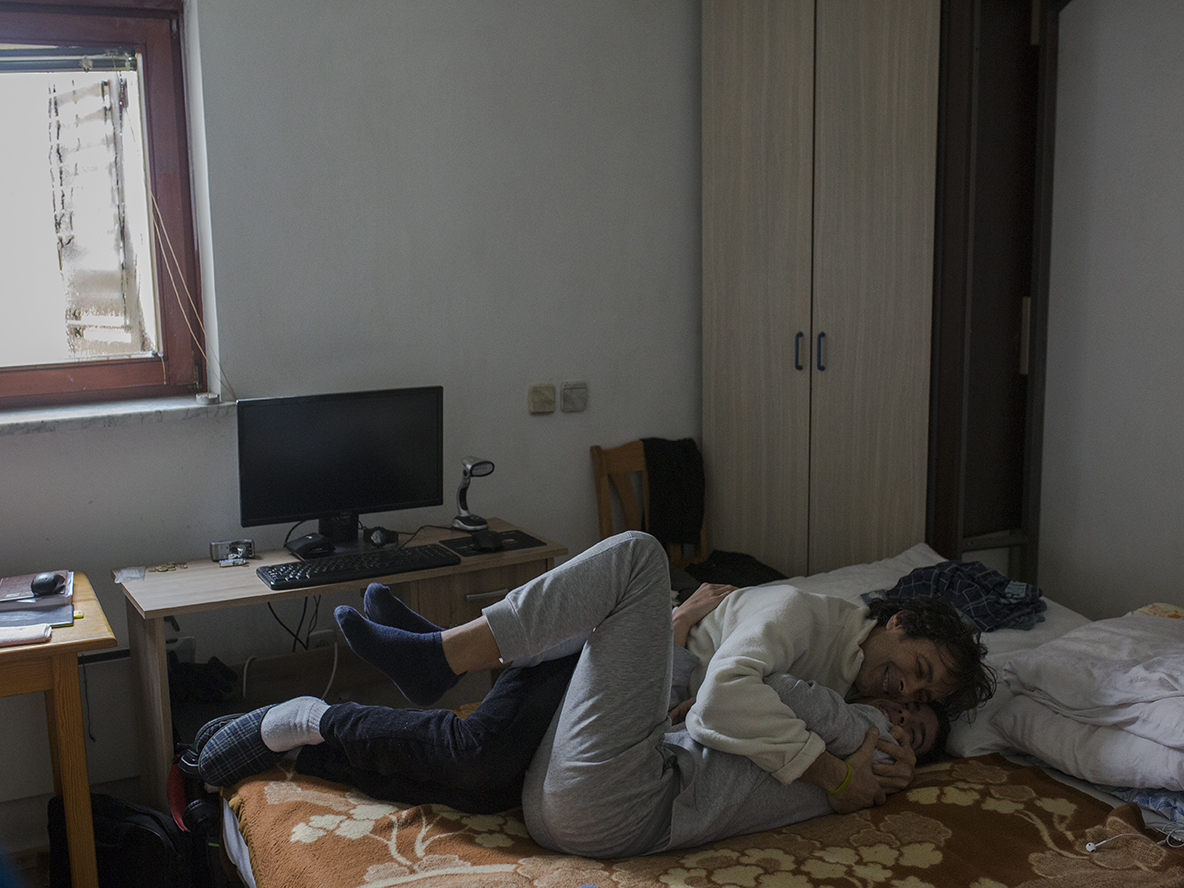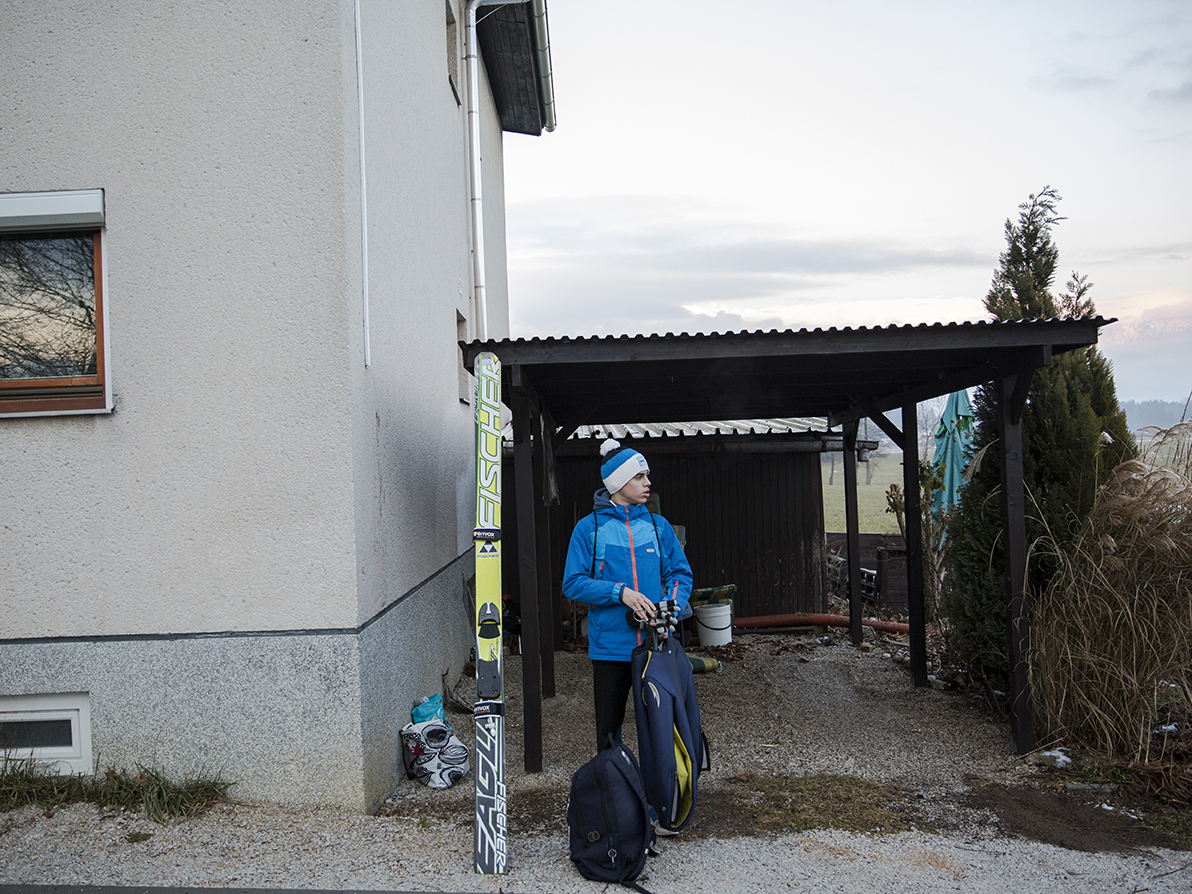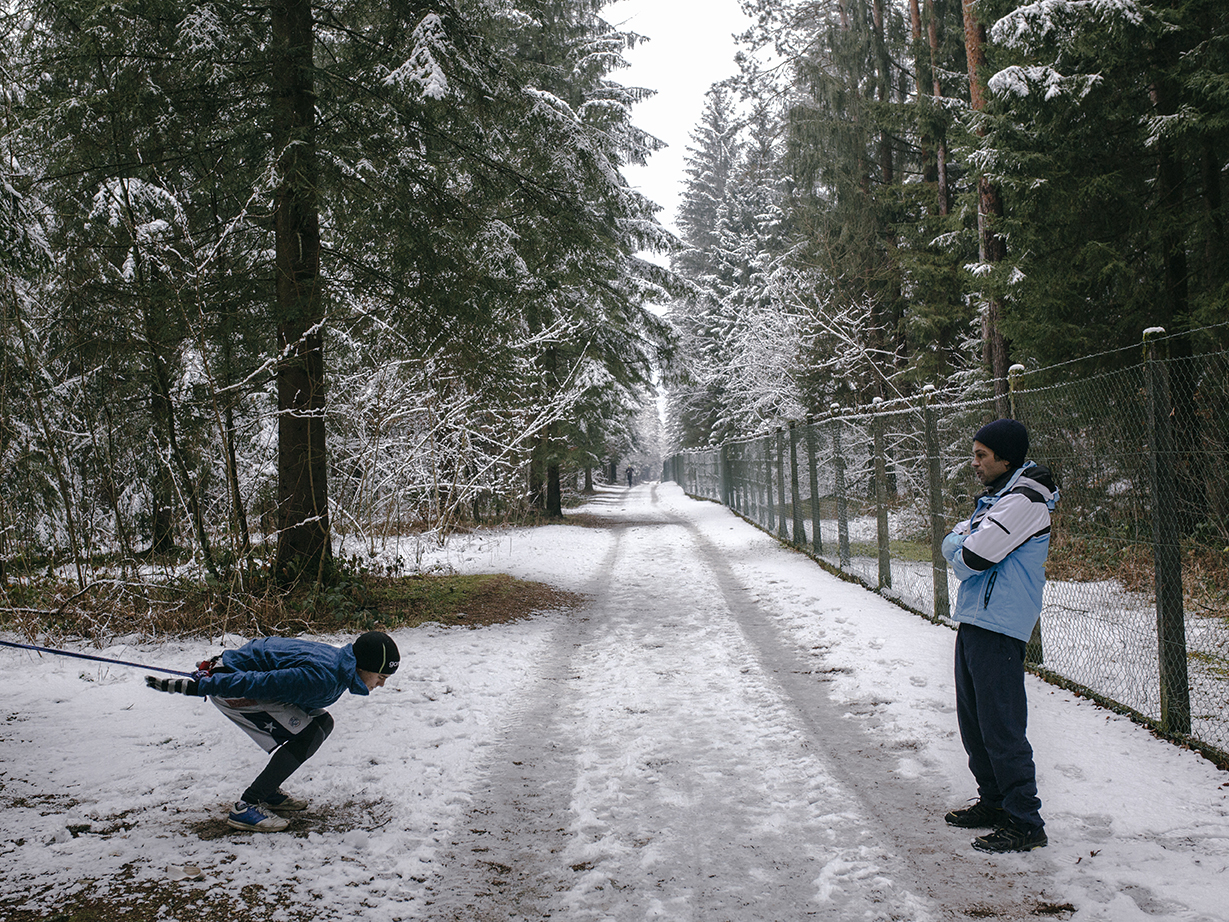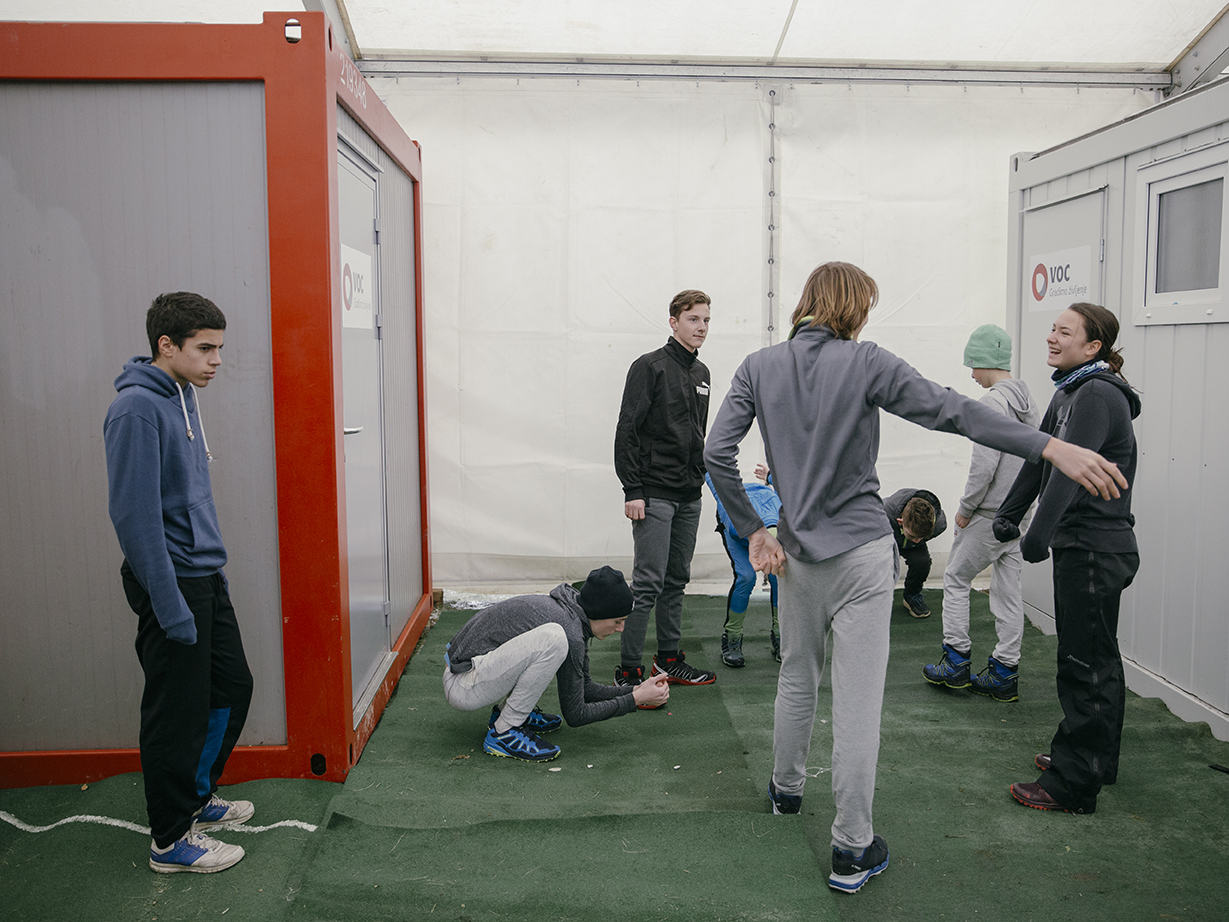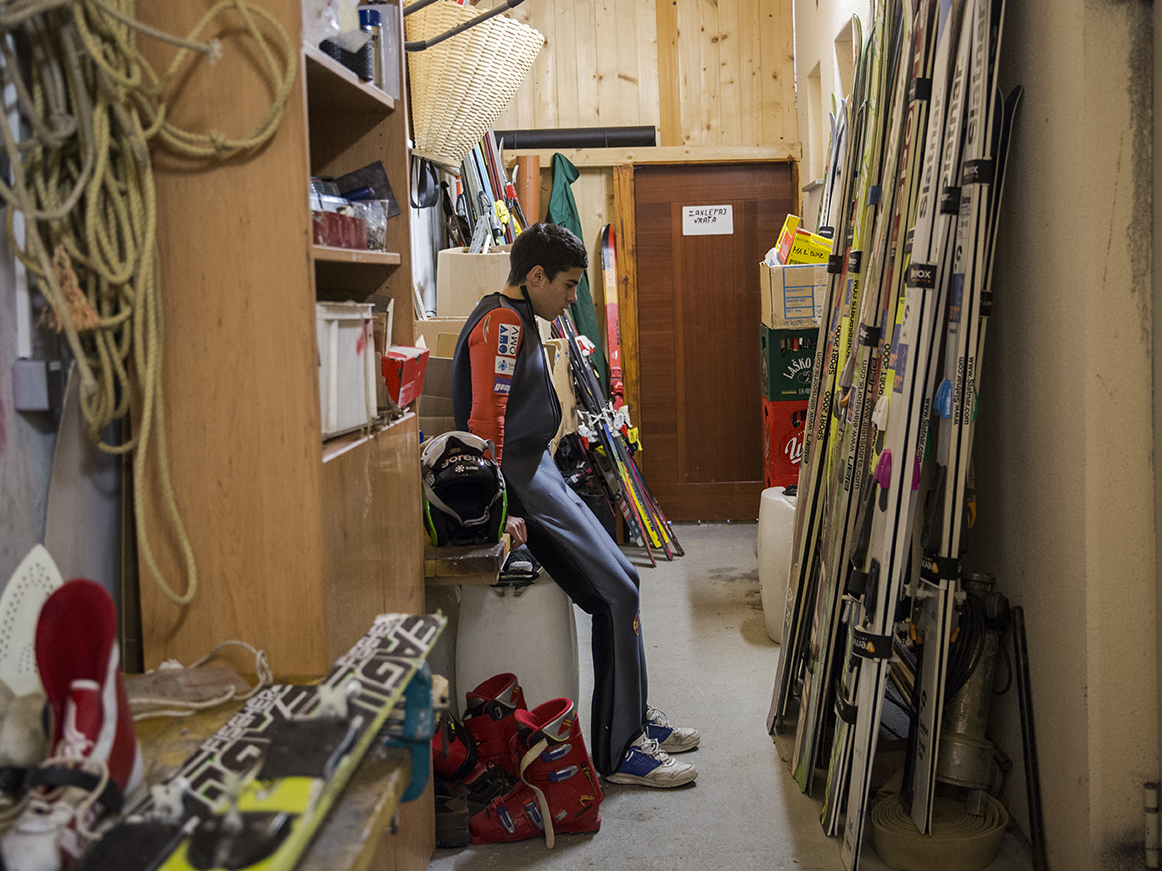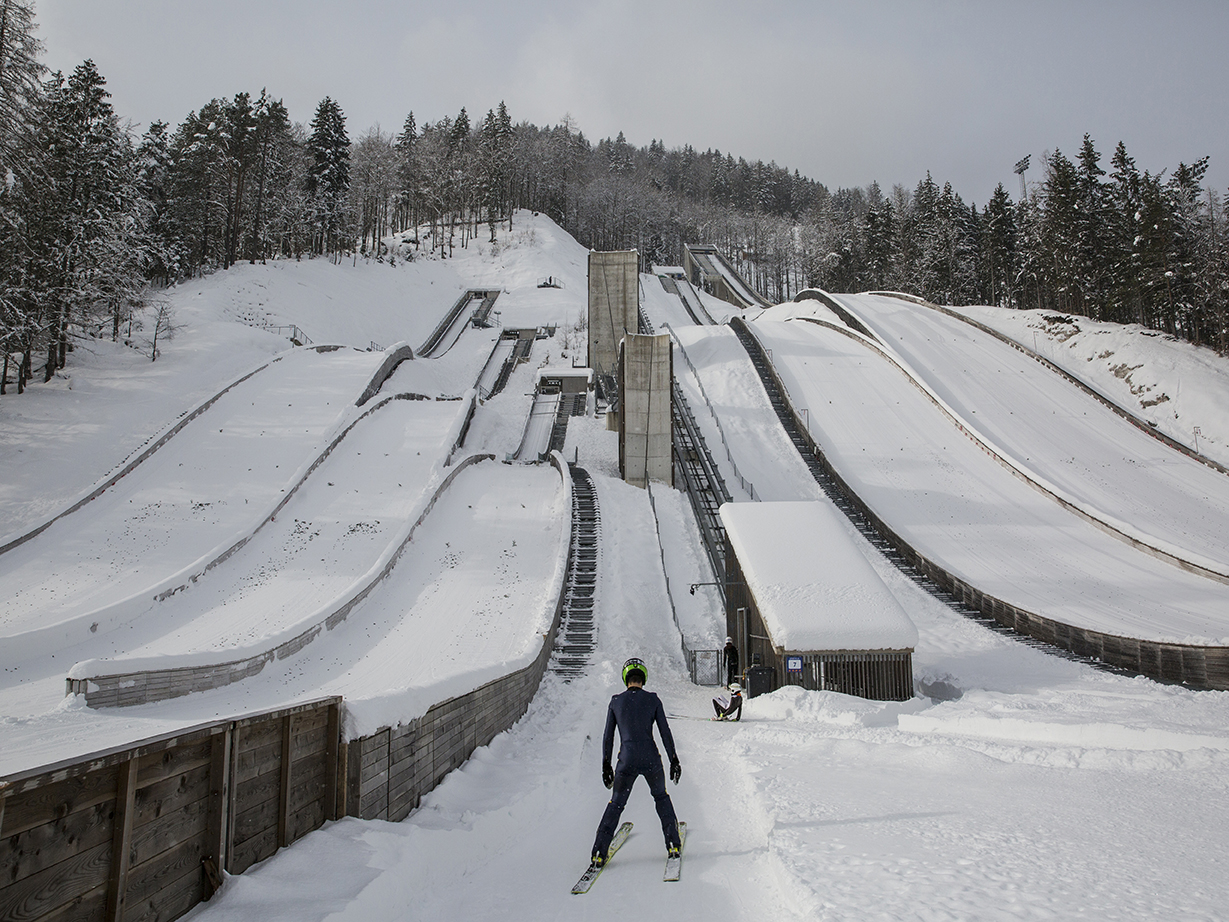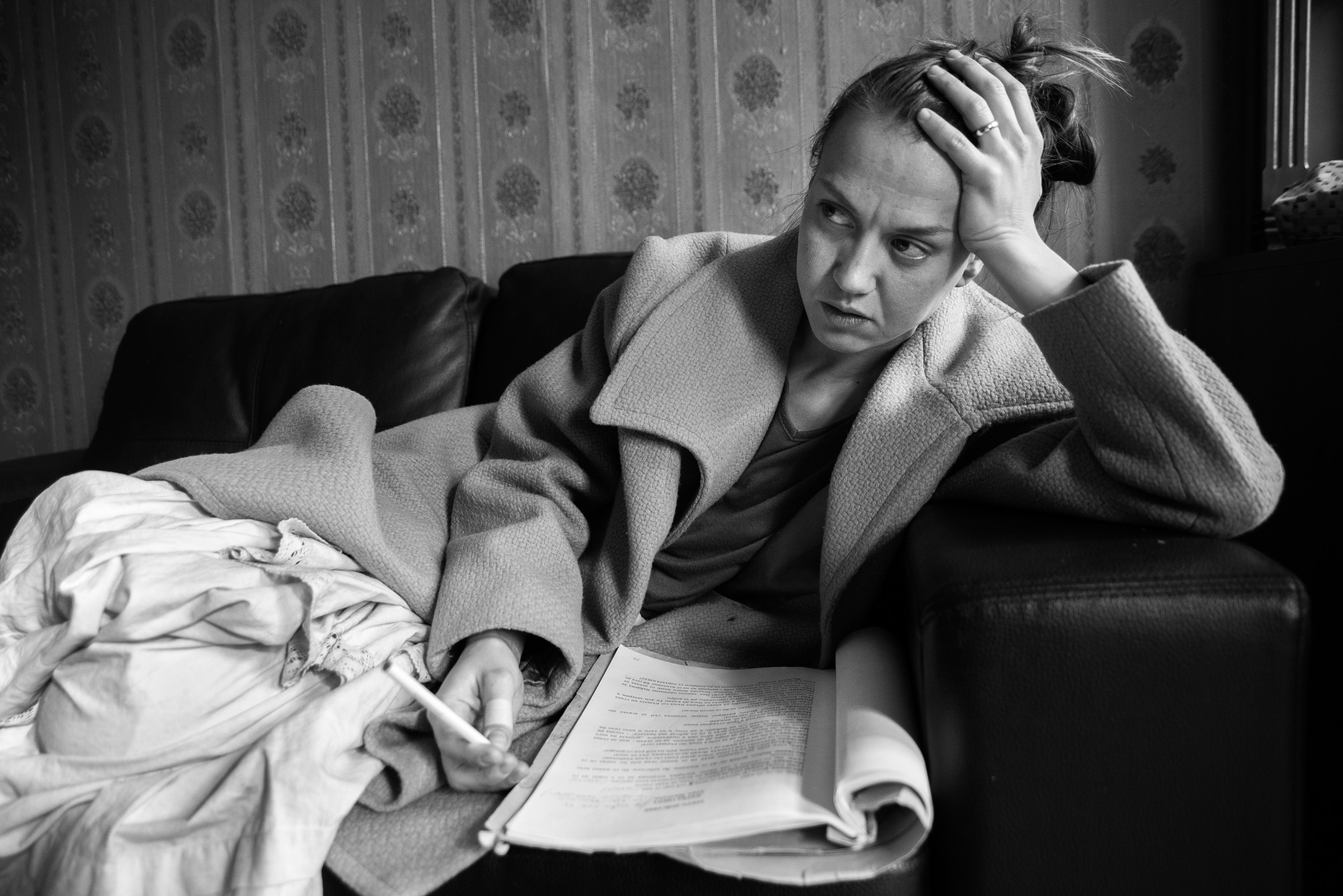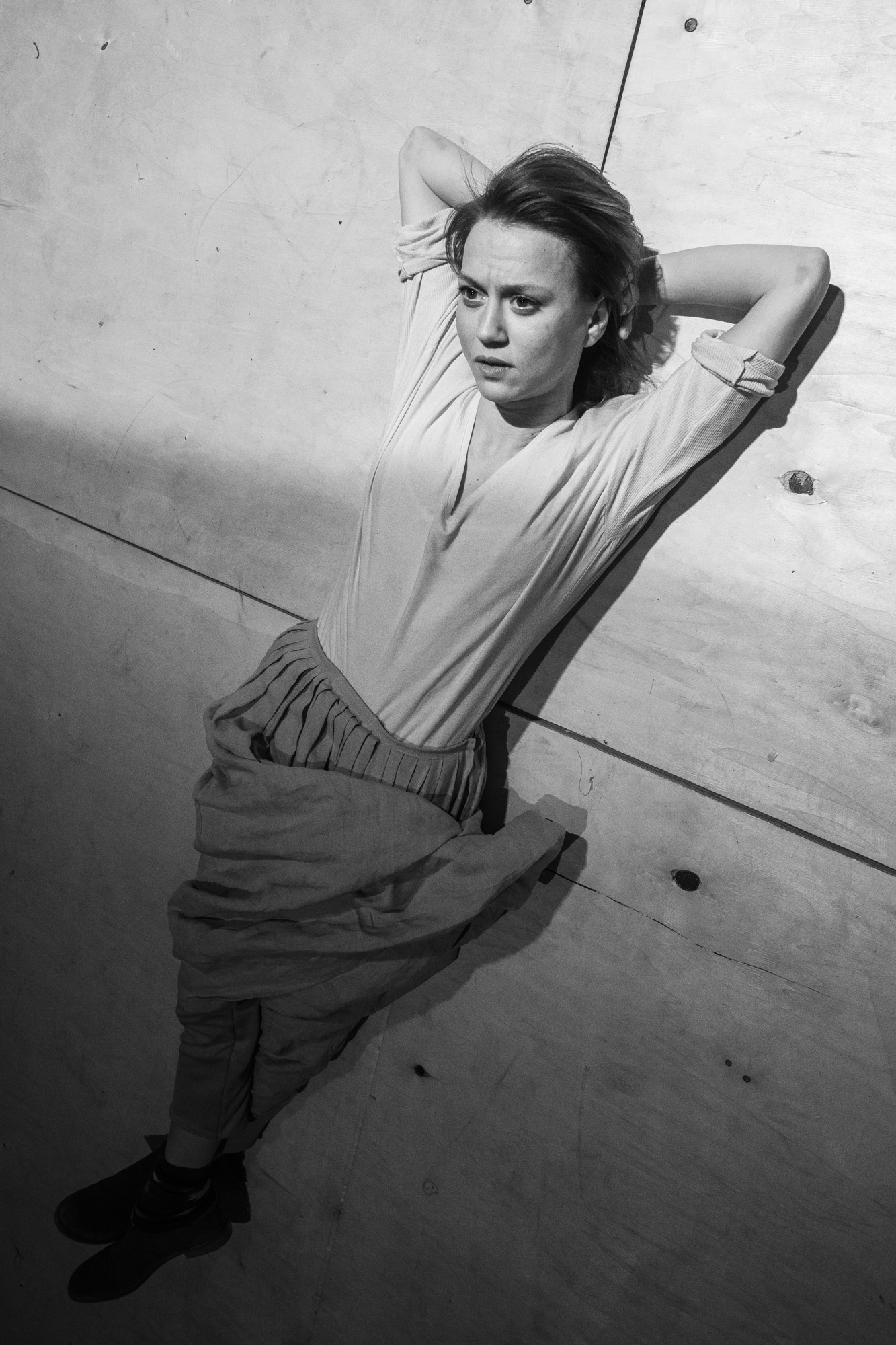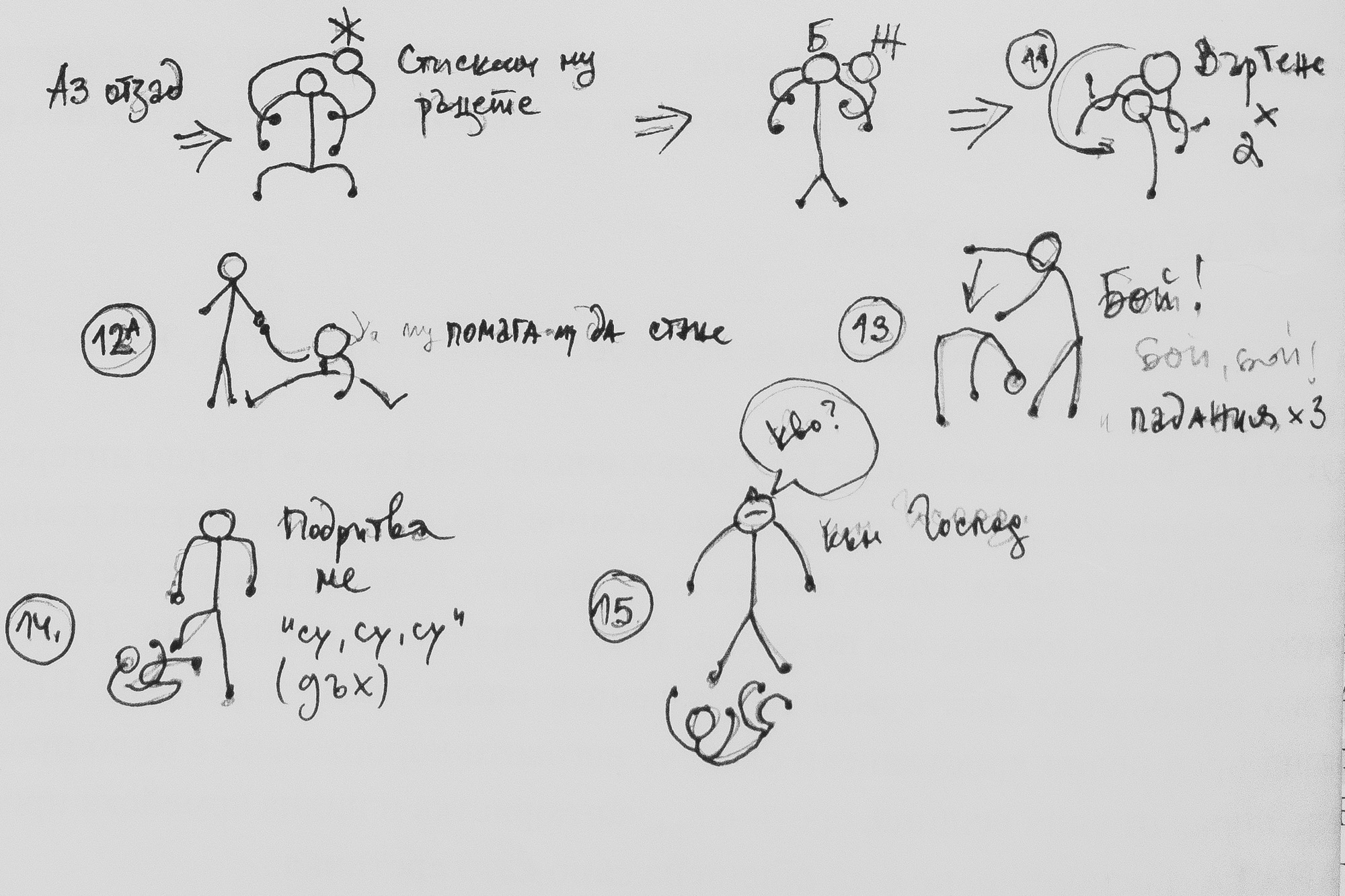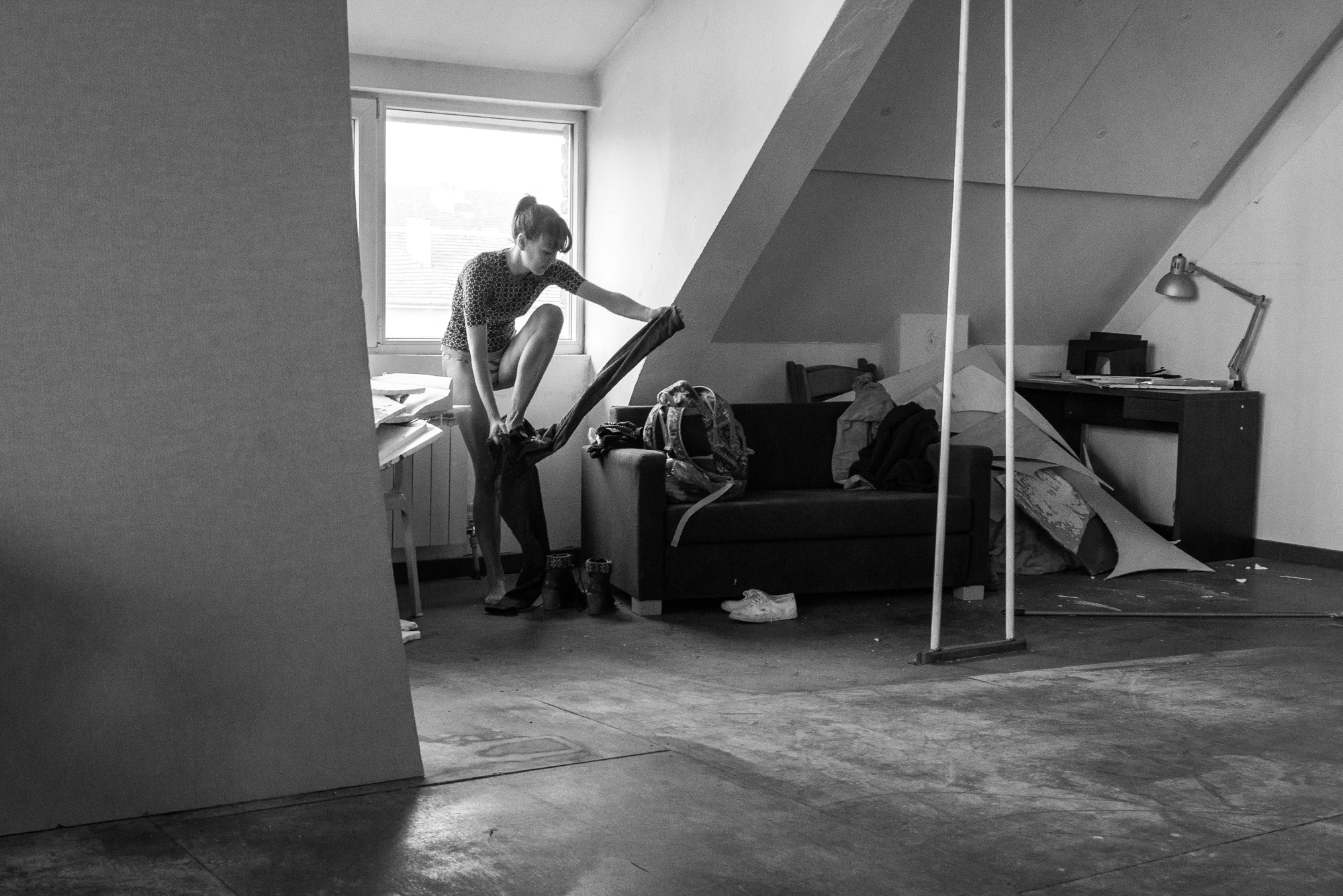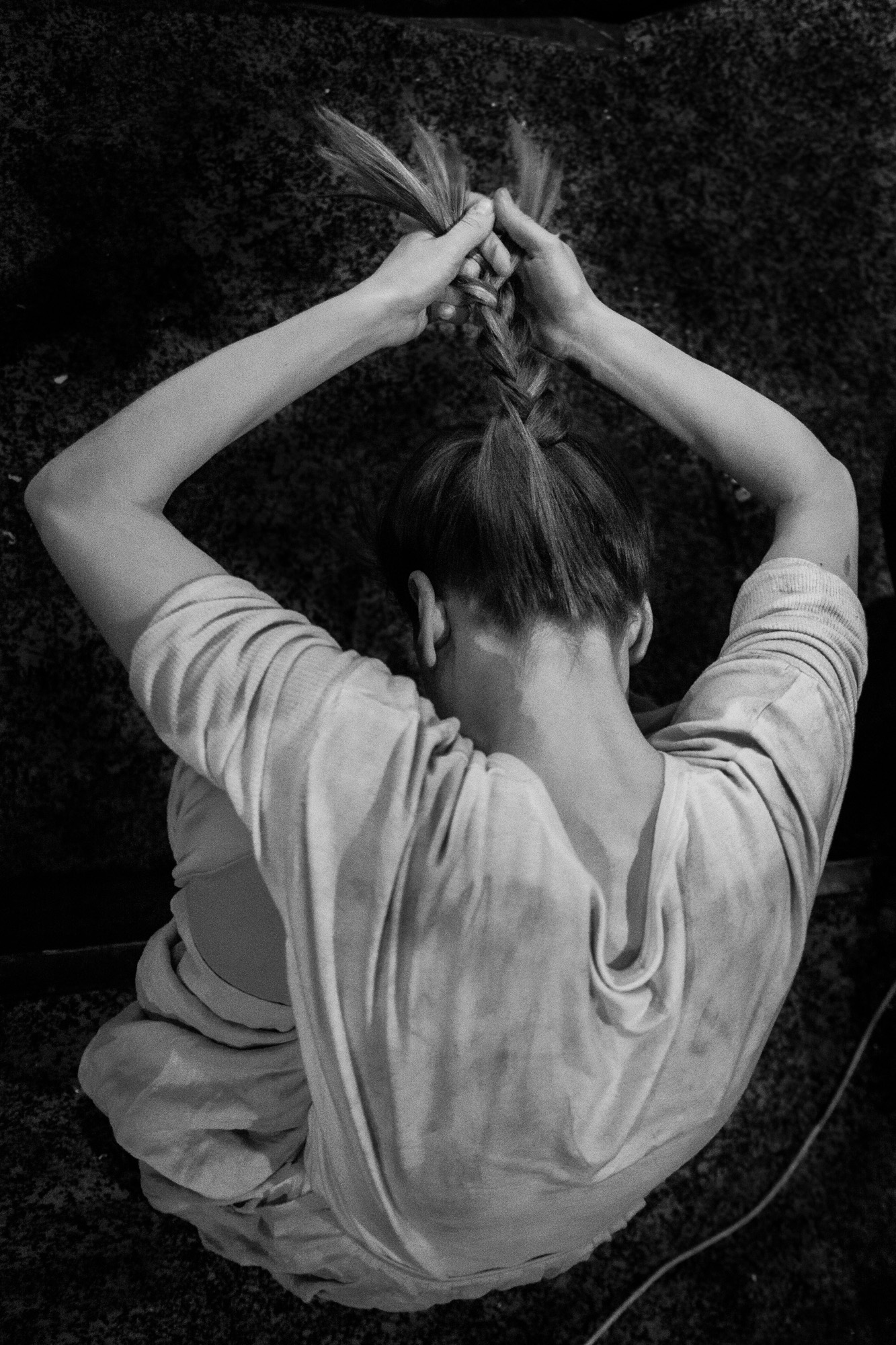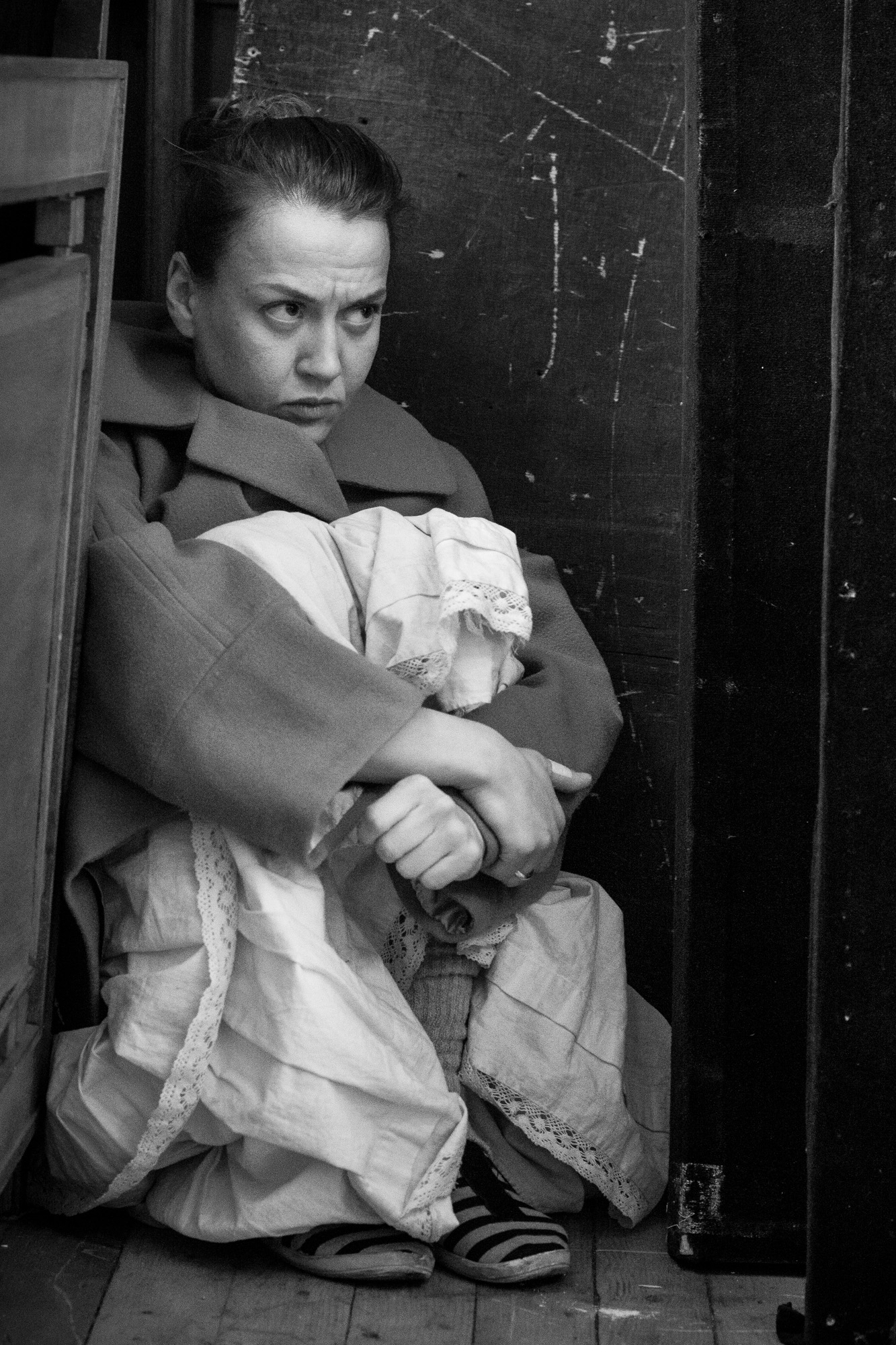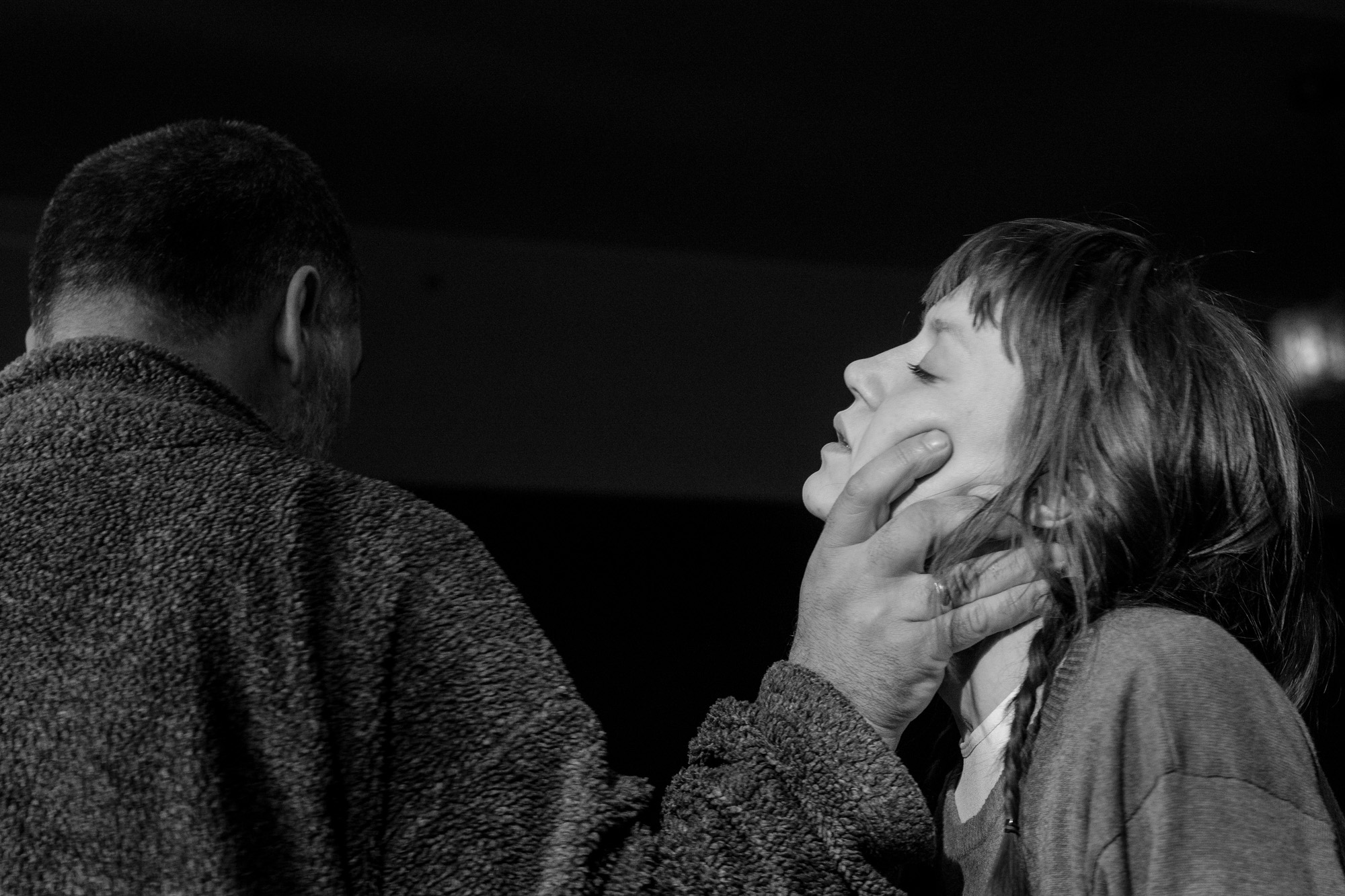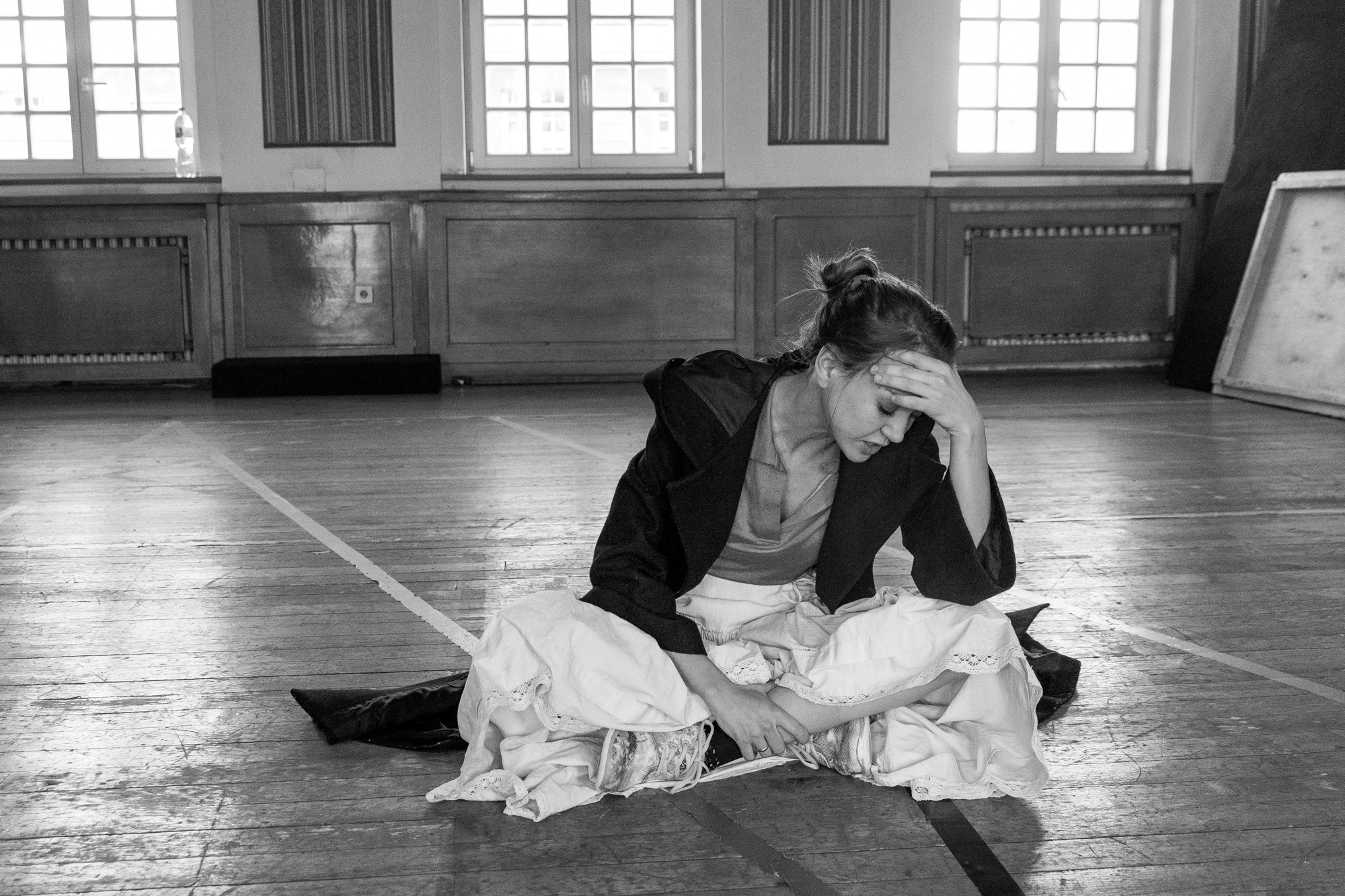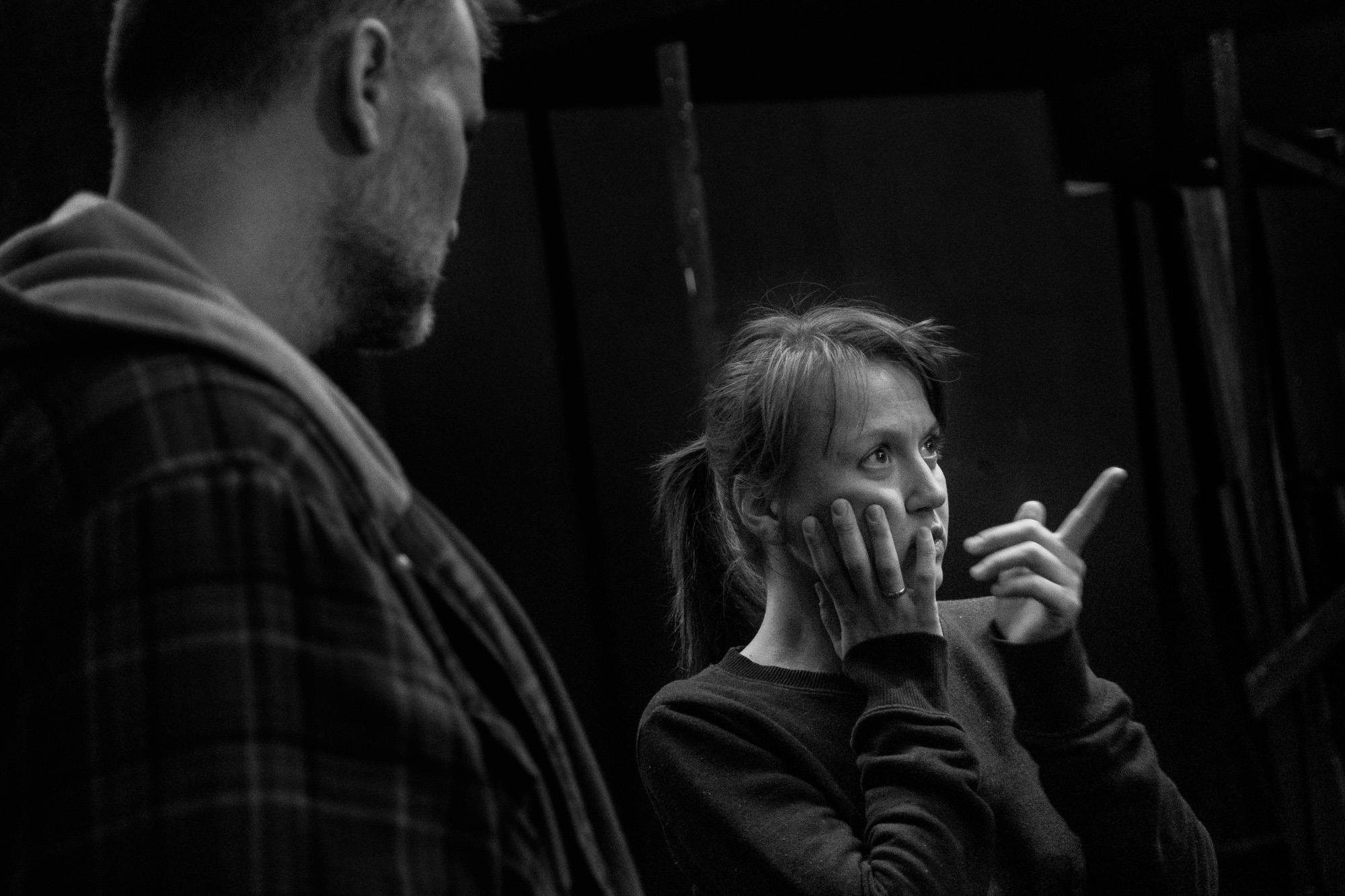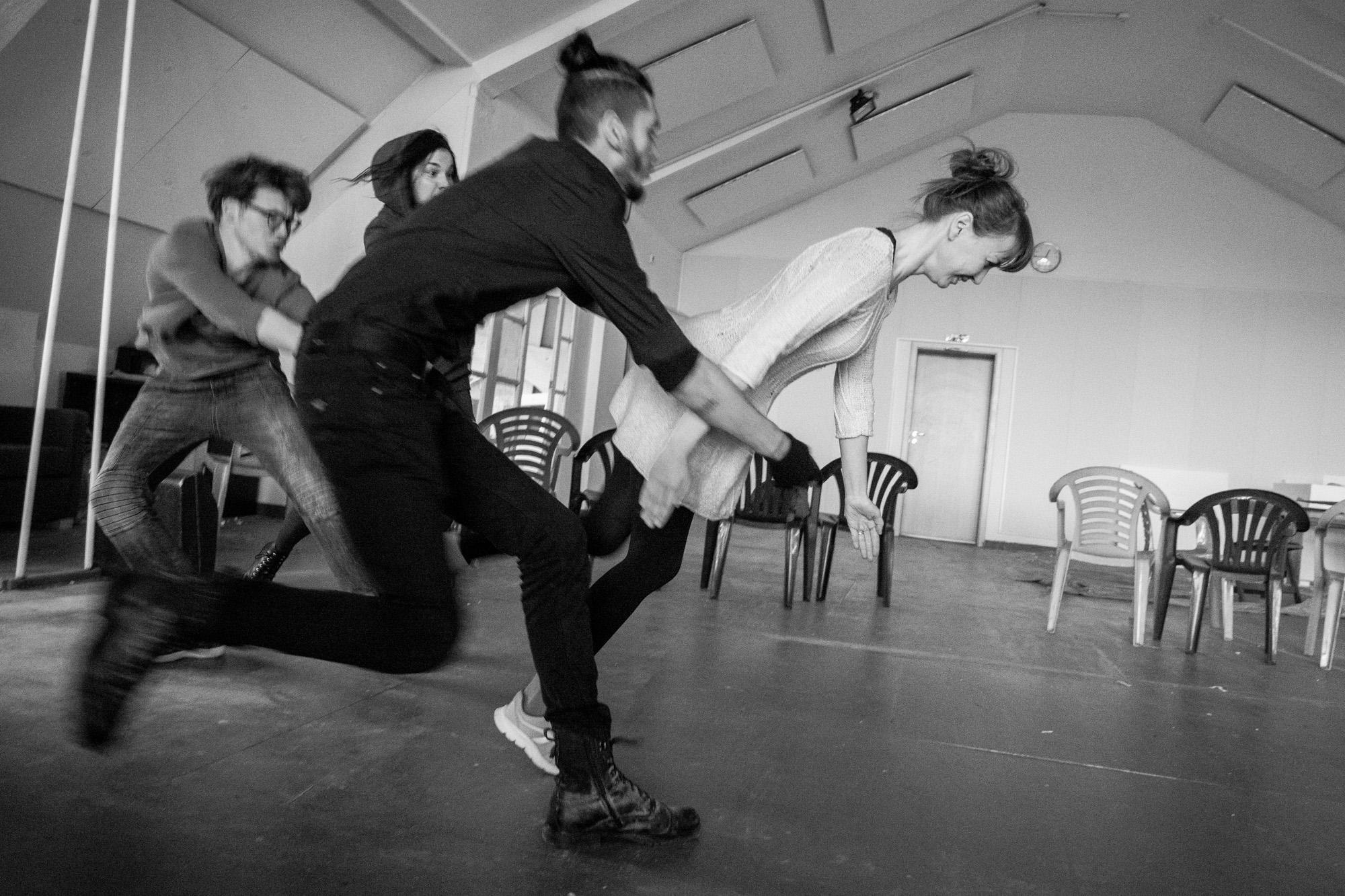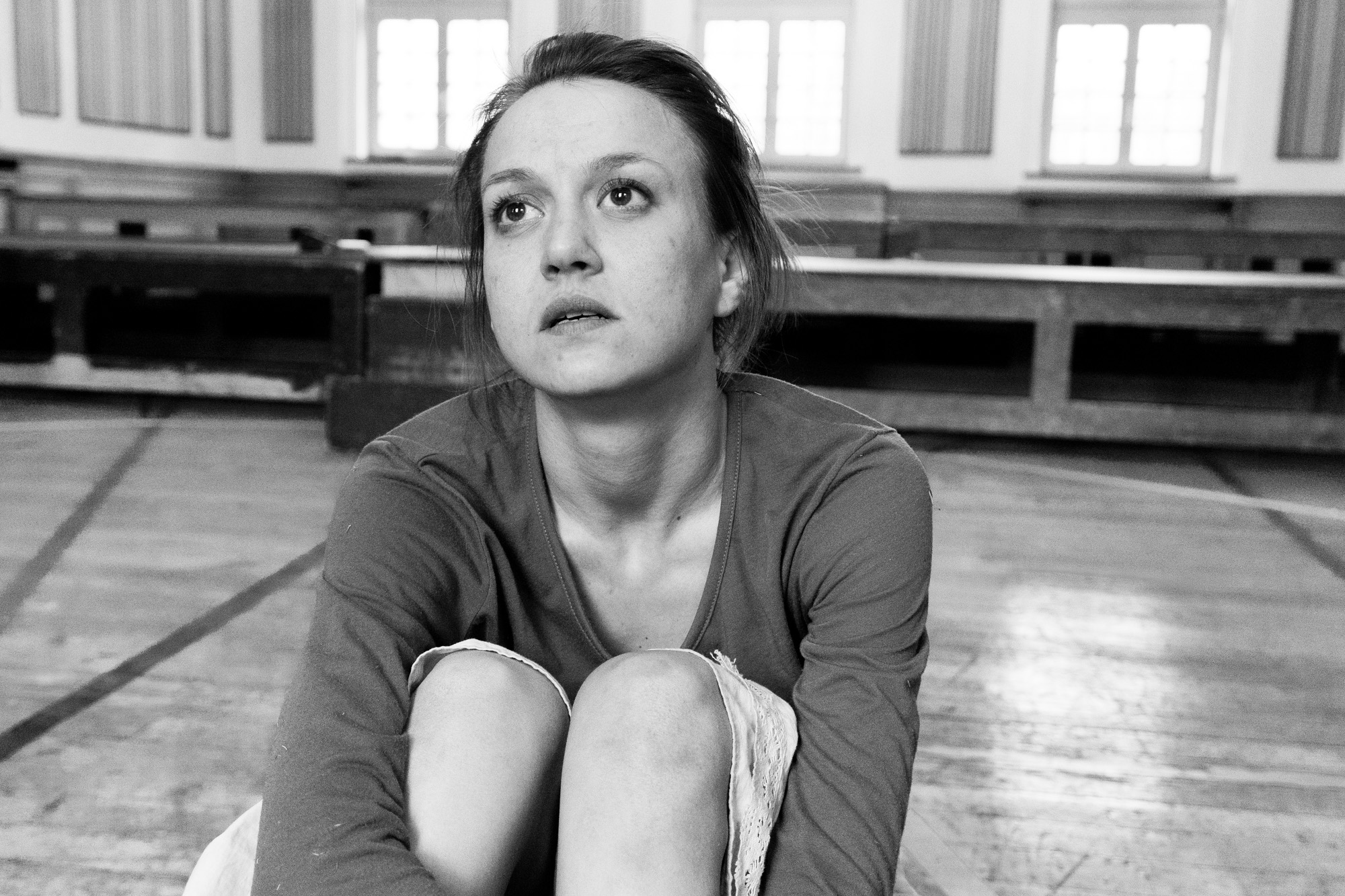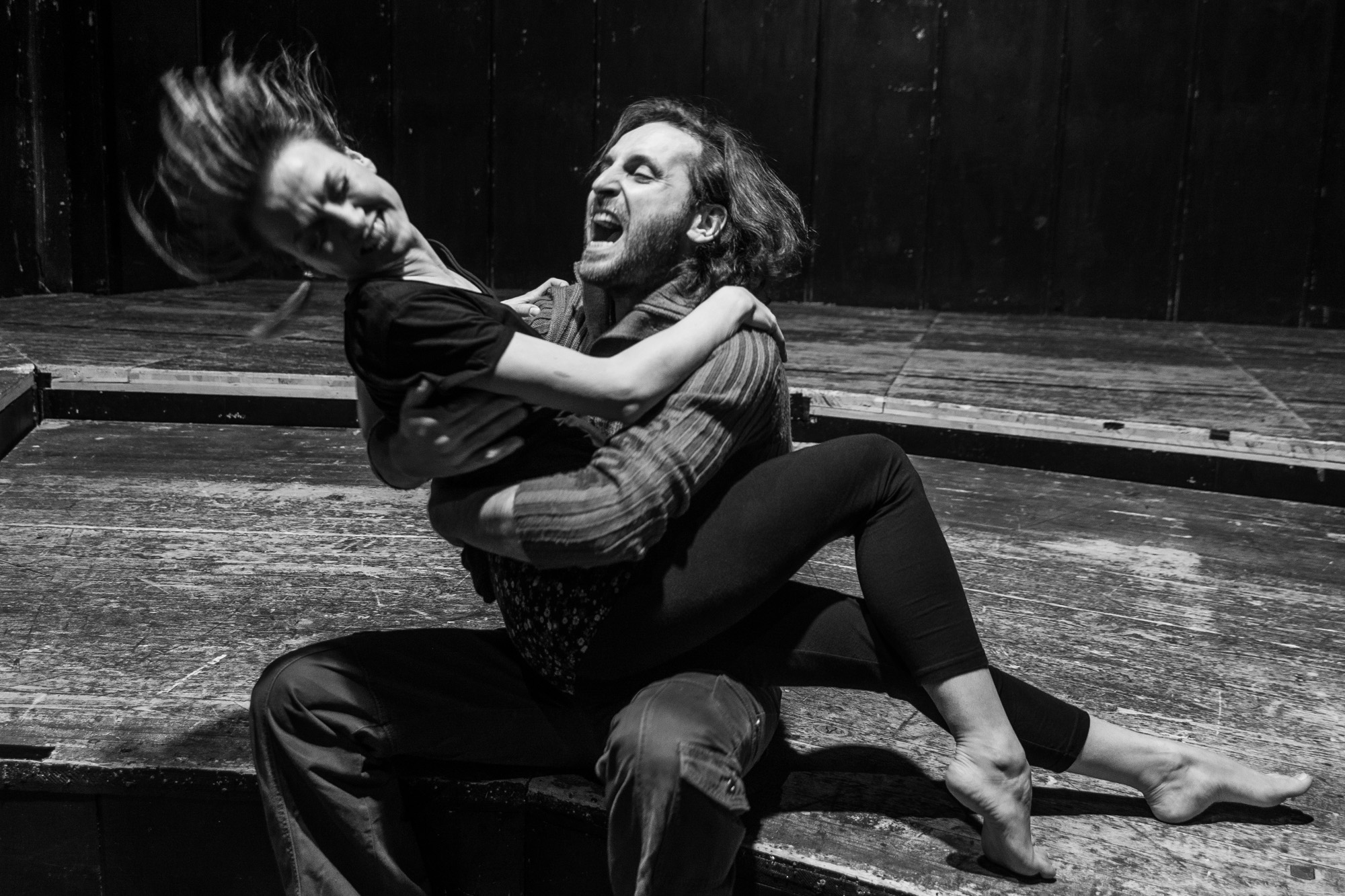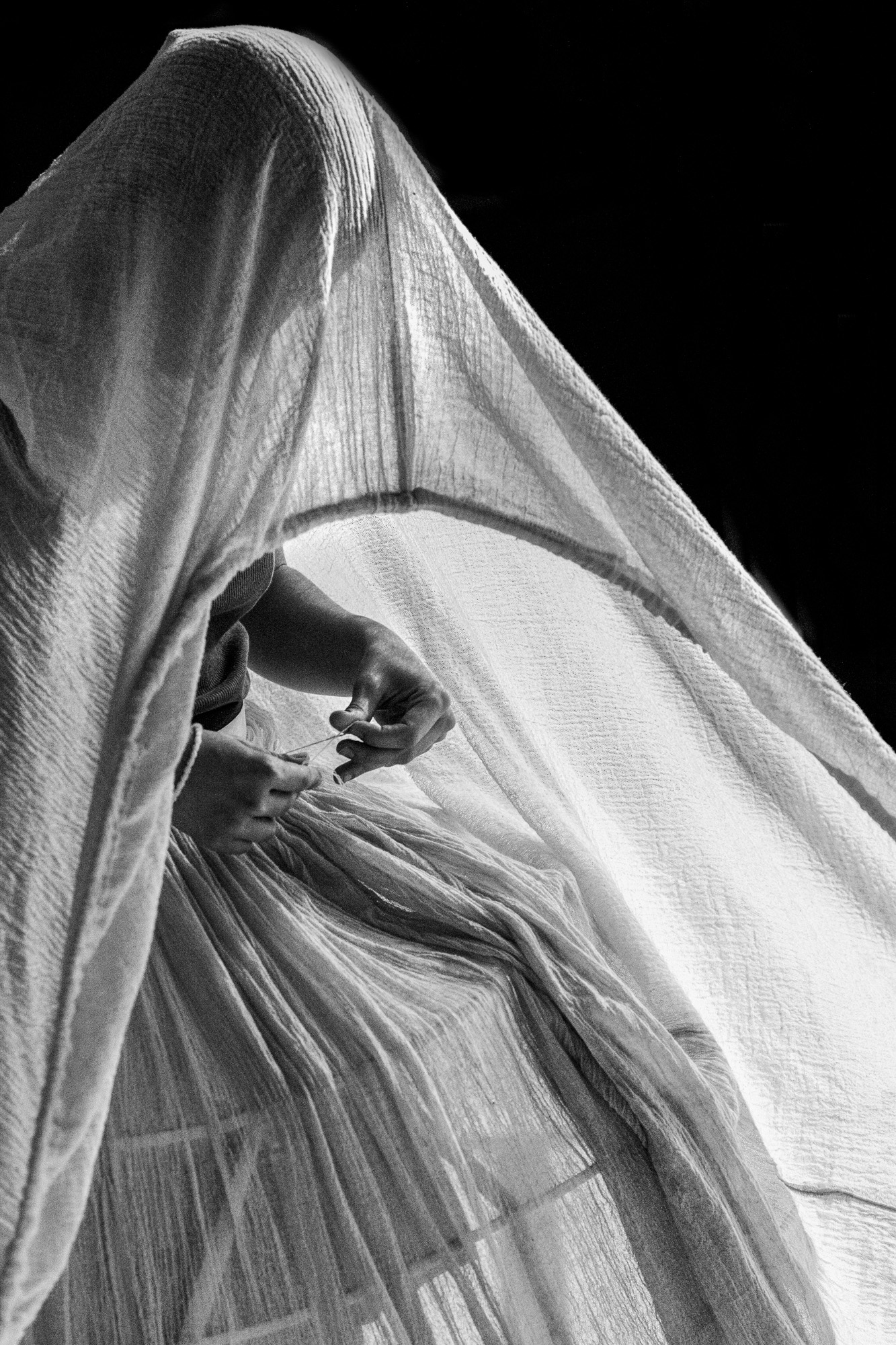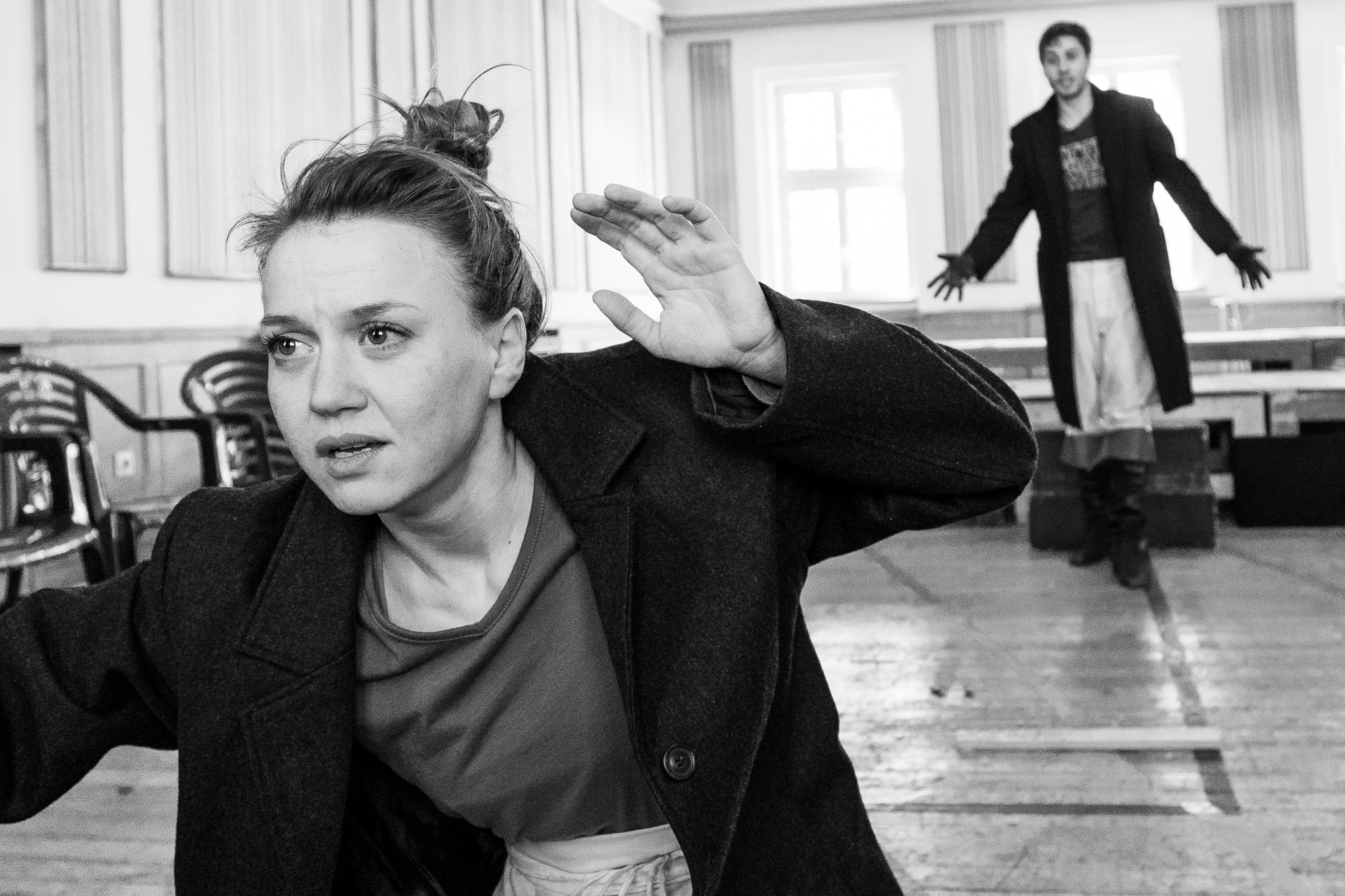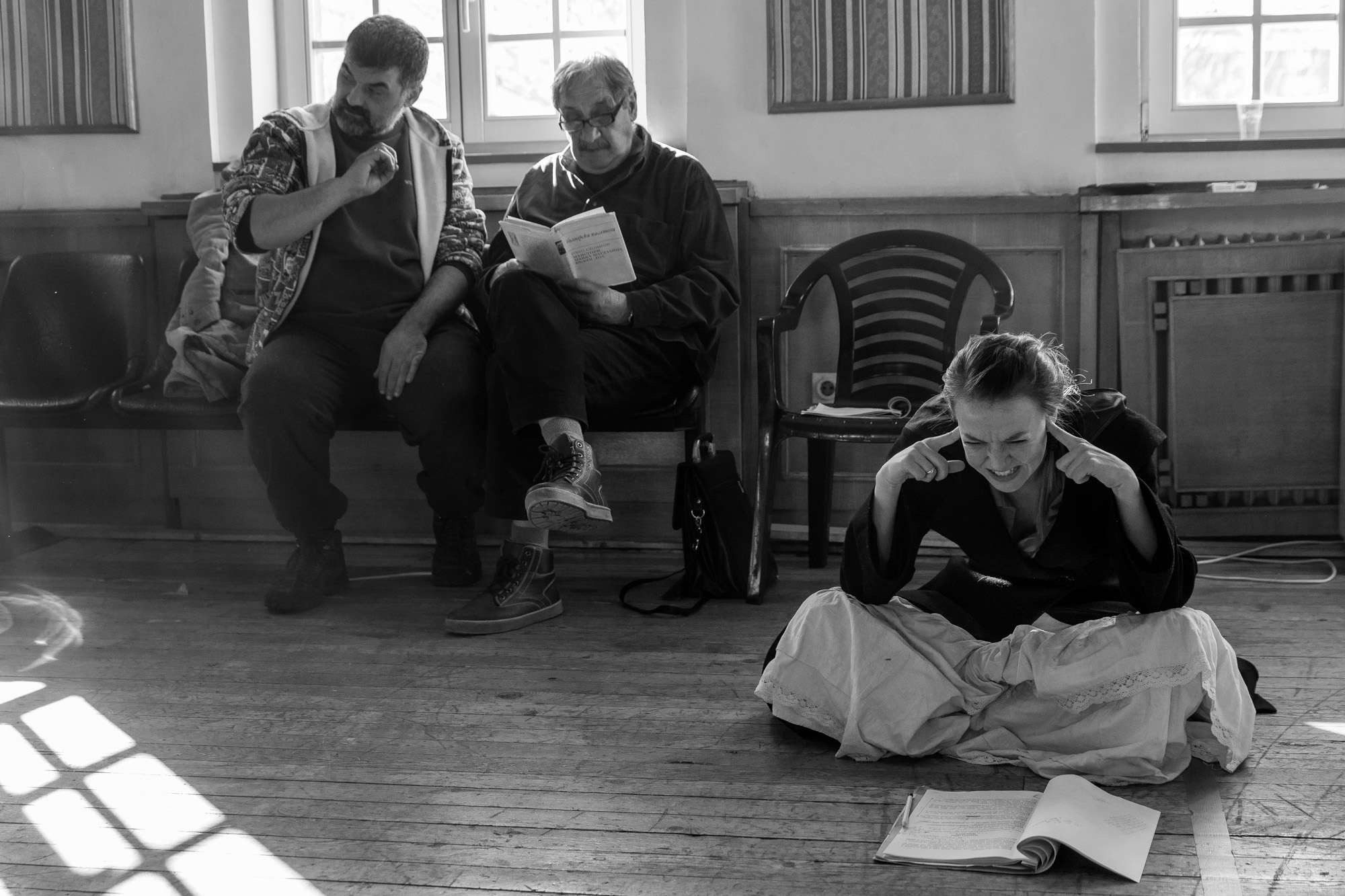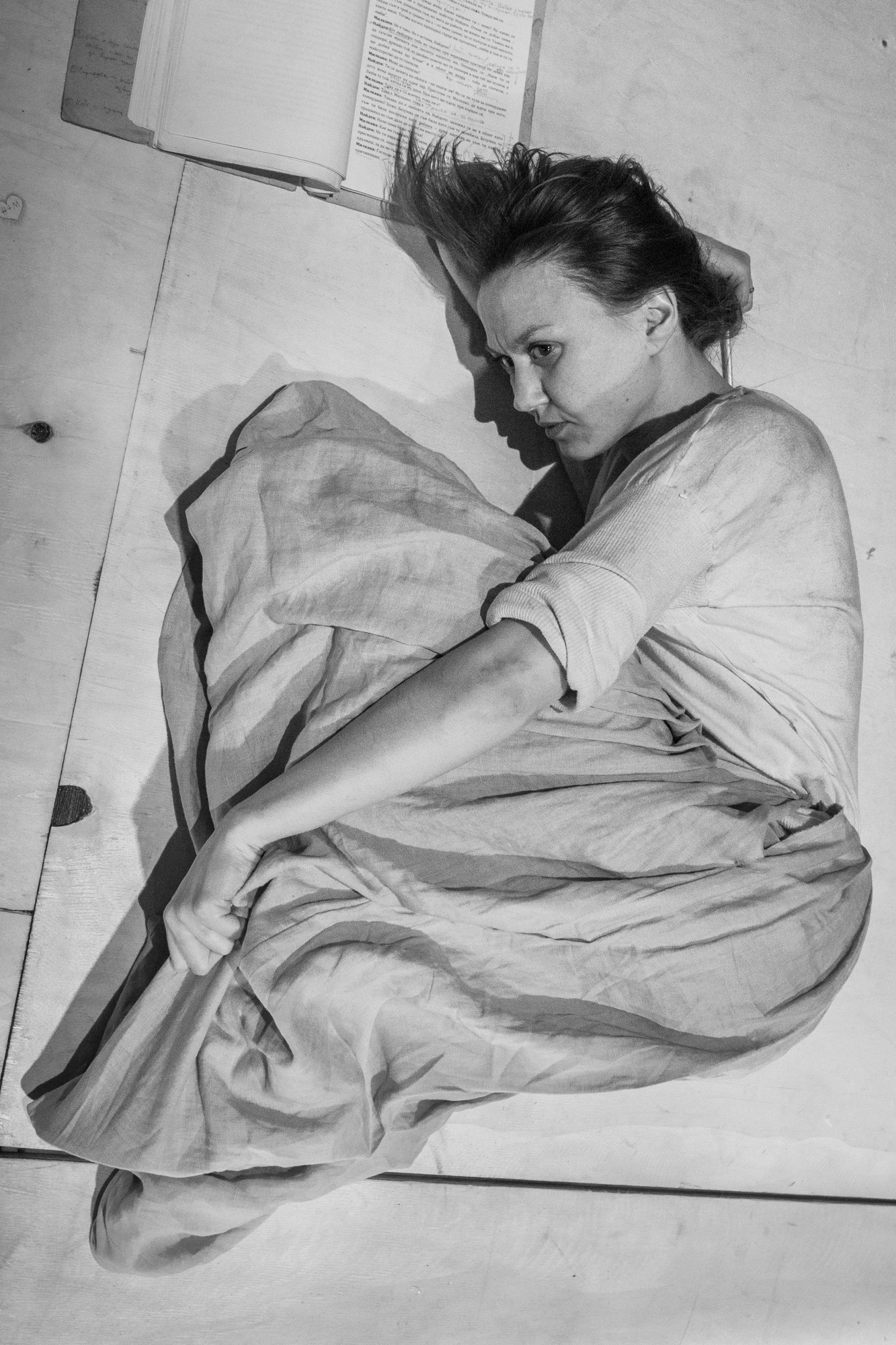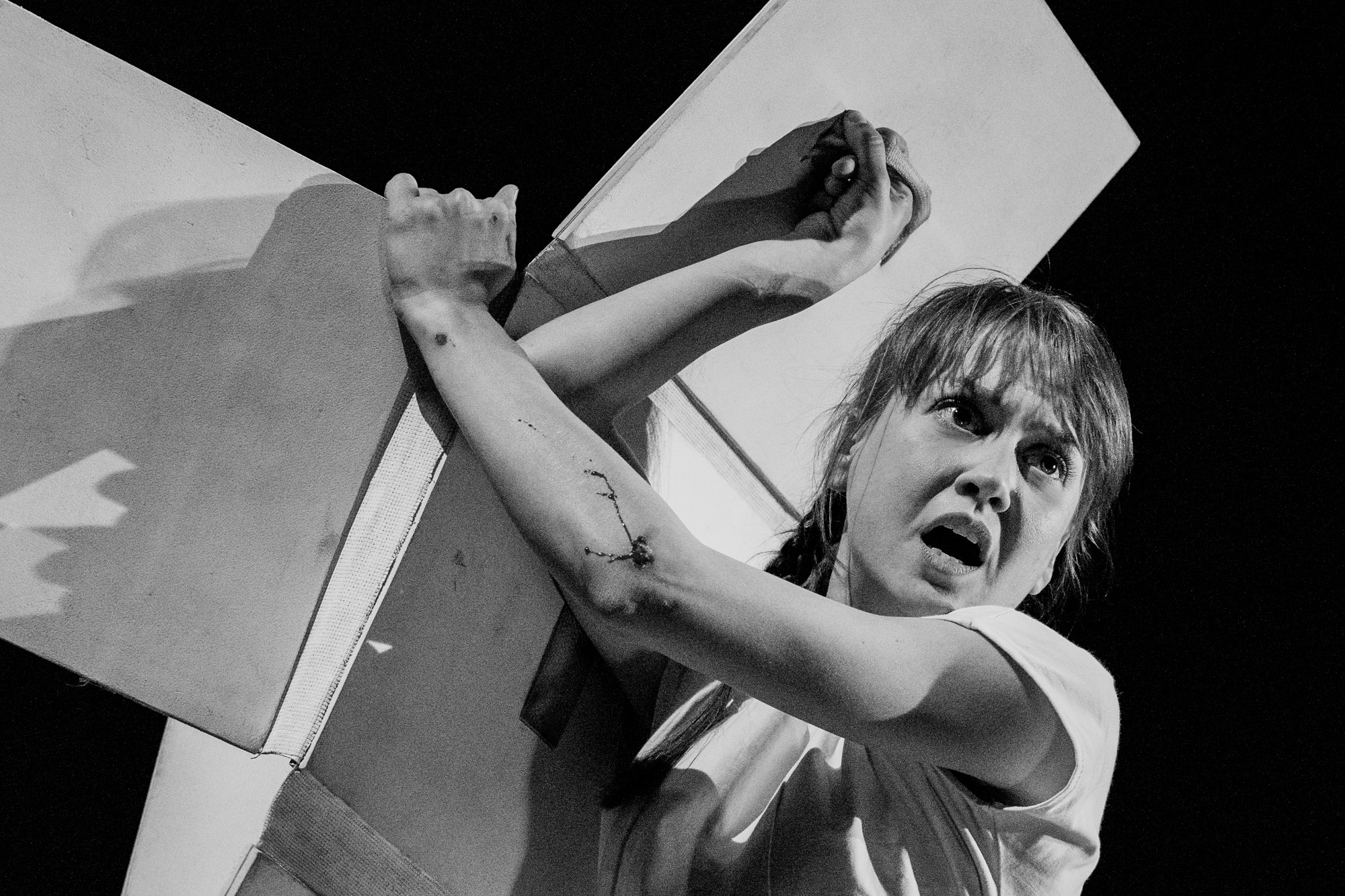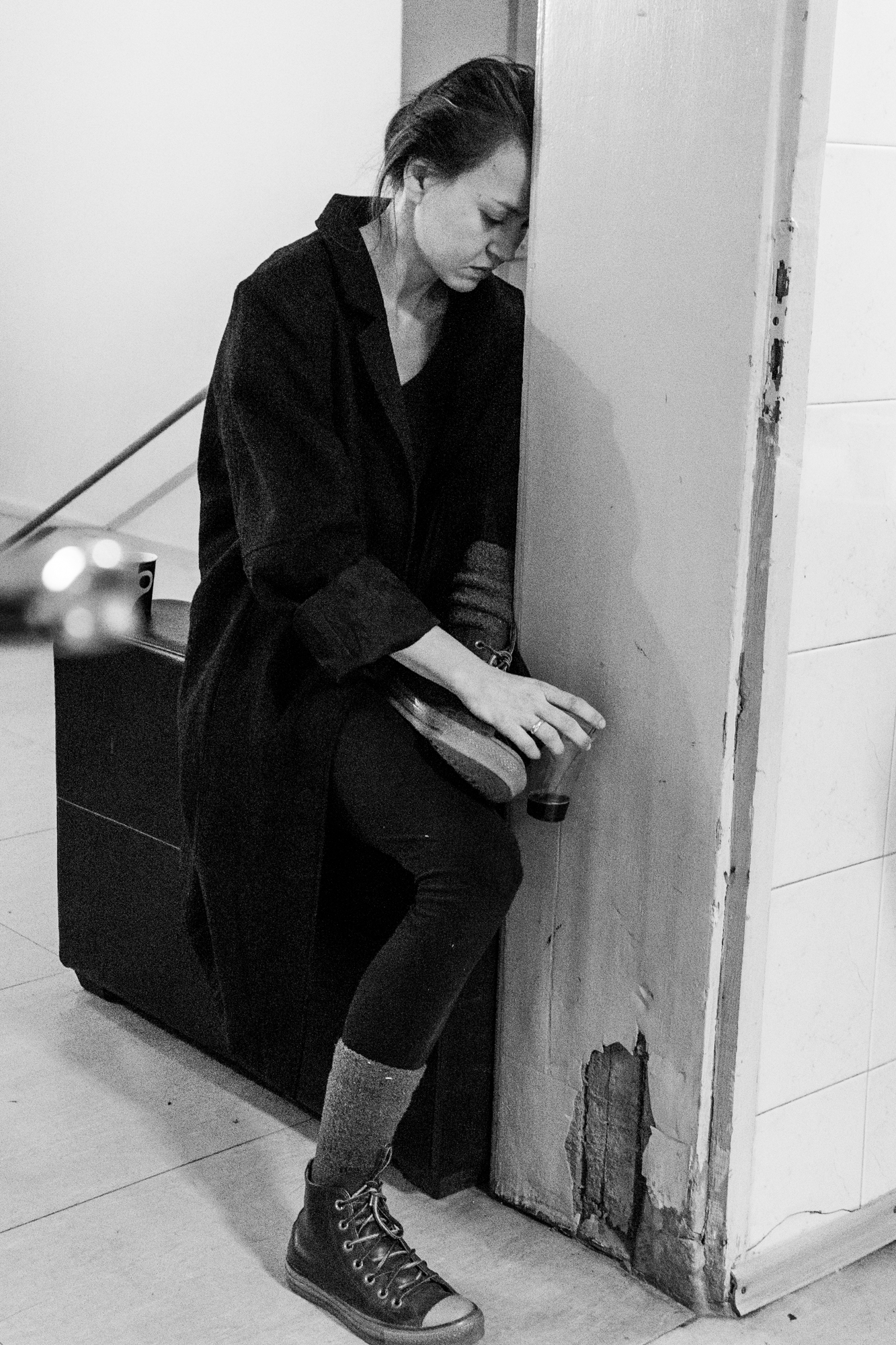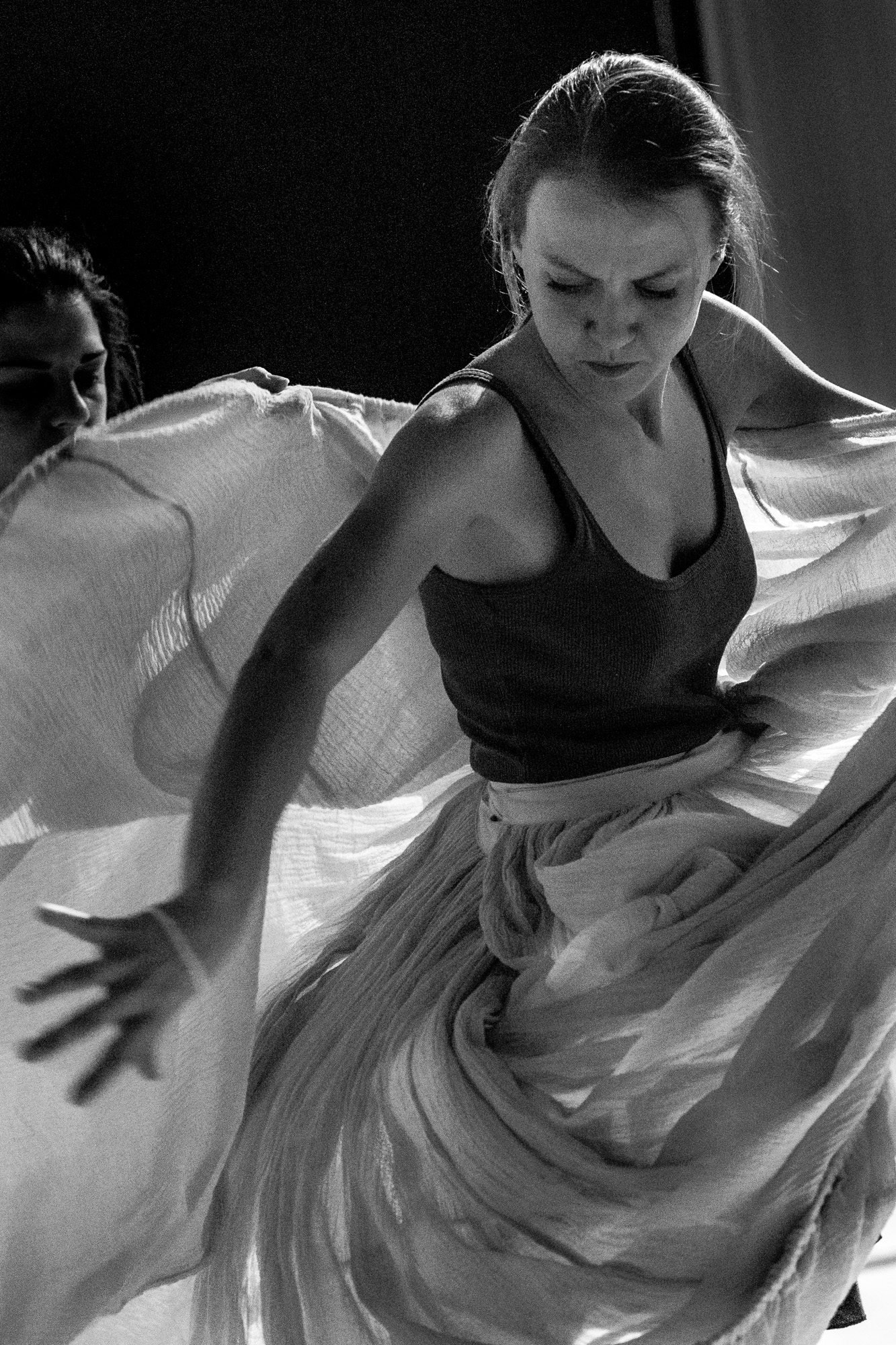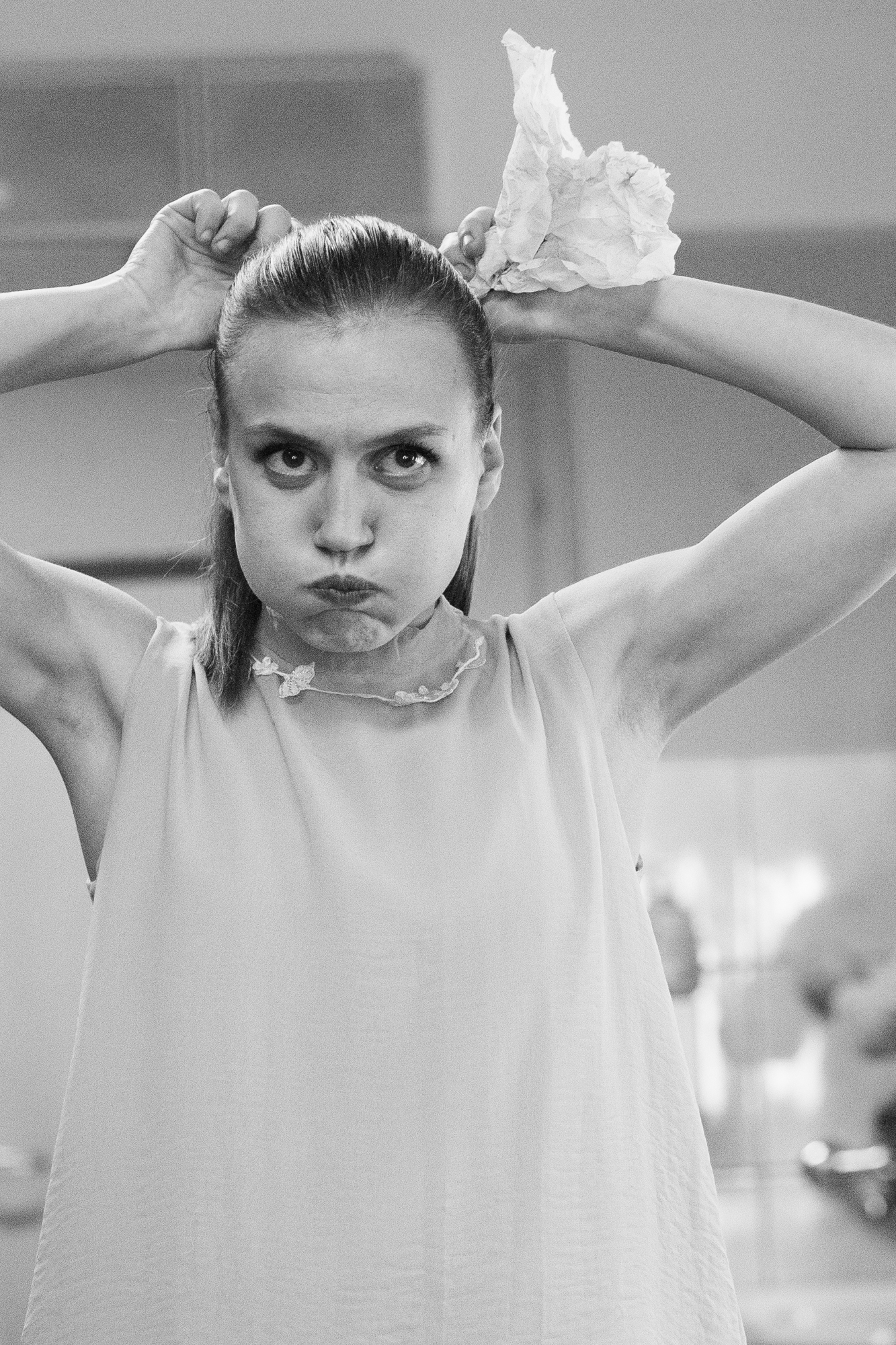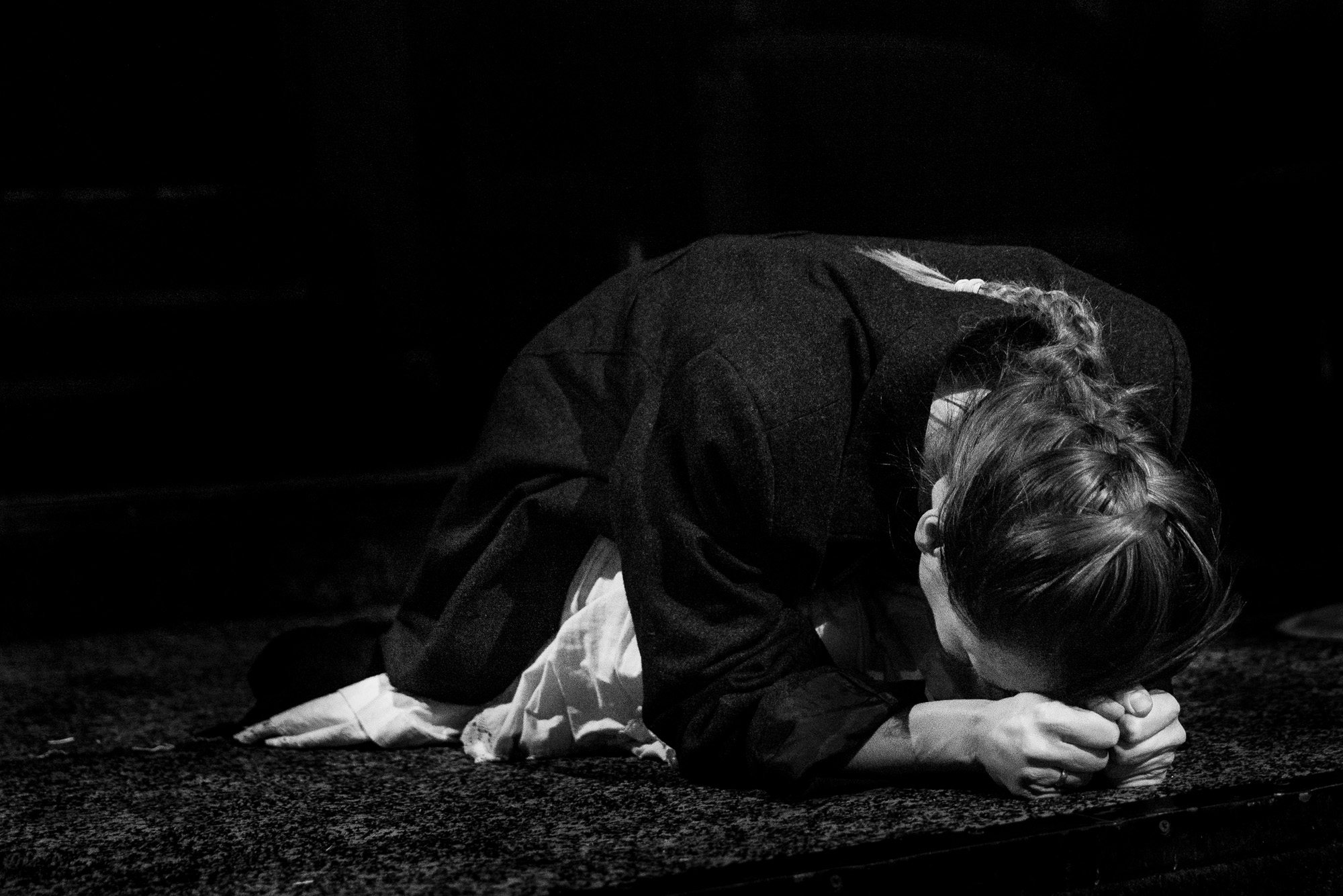Socotra - The Invisible Island
In March 2019 we visited Socotra Island, Yemen. Socotra has always been one of the most isolated and most bizarrely beautiful places on Earth, due to its endemic flora and fauna. But since the war in Yemen erupted, reaching the island is even more challenging than before. Journalists are not allowed on the island, so in order to reach it, we had to sail illegally on a small cargo boat from Salalah, Oman and once on shore we had to introduce ourselves as anthropology graduates.
Our project “The Invisible Island” focuses on the issues locals are struggling with – isolation from the rest of the world, the effect and consequences of war, identity crisis of the native population, lack of prospect and development etc. In all the personal stories we have researched and photographed, we have also incorporated a representation of the unique and endangered environment of Socotra.
We have interviewed Salma, who inhabits a small stone cottage on Detwah Lagoon. Salma was born in a cave near the lagoon. She lived there with her whole family. The land belonged to them for decades, but they were about to lose it on trial in court. Salma spent 2 months in prison, protecting the land that belonged to her ancestors. Such quarrels over land are very common among natives in Socotra, now that the people have foreseen the economical potential of this heavenly beautiful island. Socotri people are often selling their properties to foreign investors, mostly coming from the Emirates and Saudi Arabia, for an amount of money only enough to buy a second hand car. Salma, calling herself “the queen of the island”, said that she would never sell her land. She is concerned that the traditions of the natives will be lost, due to the foreign influence.
We captured the daily life of Mohammed, the brother of Salma. He still inhabits the family cave, near the beach. His daily meal consists of fish and a little rice. He told us that once on the island there was famine. Decades ago, people were so starved that they didn’t have enough strength to burry those who died and had to abandon their bodies in a small cave. Mohammed took us to this cave that he regularly visits. He seems to be more optimistic than his sister, thinking that Socotri traditions and language will not be forgotten. He is convinced that women, even when they are married to a foreigner and living abroad, would still pass it to their children. Mohammed took us to the cave in which he lives. He told us stories about the jinns inhabiting the island.
We photographed a Bedouin family living in mountain. Their home is located in the only Dragon Blood tree forest on Earth. Dragon Blood trees (Dracaena cinnabari), as well as another 700 species of plants and animals, are endemic and can be found only on Socotra. Unfortunately all Dragon Trees are quickly dying and no one knows the reason. All environmental protection projects on the island are ceased, due to the war.
Bedouins are passionately interested in the life outside the island. Occasionally they visit the nearest town to buy supplies and to take the chance and download some videos on their smart phones. Back home they show the videos to their neighbors. They also use their phones to share videos of the local “poets”. According to an old tradition, poets compose verbal poems (as Socotri language doesn’t have written form) dedicated to politics or important social matters. Then their poem is spread mouth by mouth (nowadays phone by phone) and other poets who do not agree with their opinion are challenged to respond, composing another poem. This social phenomenon is called The Poets War.
We asked locals about the political situation on Socotra. Some people told us that, because of the constant ongoing war and instability on the mainland, it will probably be best for Socotra to separate from Yemen and seek either autonomy or some alliance with the Emirates. Others speak gladly of the president Abdrabbuh Mansur Hadi (current official president) and think that Socotra must stay as it is – part of Yemen. The influence of the Emirates on the island and the results of their economical support are well visible. The Emirates are funding the constructions of new roads, of modern hospital and schools. All their projects have explanatory signs and carry the Emirates flag. The electricity in Hadibu, the capital of Socotra is free of charge - a donation from the Emirates. It is no surprise that the majority of the people speak in their favor.
Apart from the presence of the Emirates, two military bases of Saudi Arabia are located on the island. People say that when the Saudi soldiers came, the official announcement was that they are here for peace keeping purposes, as they are an official ally to the Yemeni government against the Houthi rebels. Also they were sent to train Socotri soldiers.
We met Salem. He is 30 years old and used to live in a cave only a decade ago. He learned English thanks to programs funded by a Czech University and is currently working as a supervisor in a fish factory near Hadibu. He dreams of the modern world, full of opportunities, where young people can afford to travel to other countries and can use the Internet whenever they want to. Nevertheless, Salem said that he would never leave the island permanently. He said that even if they fell in complete isolation from the rest of the world, he would still be able to make up a living - doing as his ancestors did – milking goats and collecting Dragon Blood tree resin.
There is a serious contrast between the landscape outside the capital Hadibu and in the city. The streets of Hadibu are covered in dirt and trash is randomly disposed everywhere - dramatically different picture from the pristine white beaches away from the city. In the small shops you can find basic supplies such as flour, rice, canned fish and beans etc. The currency is constantly fluctuating and devaluating. Locals can’t convert their savings to dollars or to any other currency, as the bank and exchange offices have banned it. People are not sure what the future will bring, but they feel relatively safe as at least there is no actual war happening on the island. They are following the news coming from the continent, discussing politics, fishing, the weather and football. And still they are aware that their little island would need decades to catch up with the global pace and development. They are picturing a bright future for themselves. They hope that eventually the war will be over and the island will once again be open, welcoming tourists and foreigners. There is no doubt that Socotra has vast potential. The only concerns are which country will actually take advantage of this natural beauty; what will be the outcome and the benefit for the native population; will they manage to preserve the fragile, endemic environment and the Socotri cultural heritage.
Writer: Rumyana Hristova
Photographer: Georgi Kozhuharov
Georgi Kozhuharov
My name is Georgi Ivanov Kozhuharov and I live in Sofia, Bulgaria. I am a press photographer for the Bulgarian media group called Economedia and in the mean time I work as a freelance documentary photographer, covering stories from war zones and focusing on humanitarian problems. I am driven by my desire to engage the audience with visual compelling stories, uncovering issues of global importance.




















